© ROOT-NATION.com - Use of content is permitted with a backlink.
Today we are reviewing a smartphone representing the budget flagship level. This is the Motorola Edge 30 Fusion from the updated lineup. We have already tested its younger model, Edge 30 Neo. The older Edge 30 Ultra too. It’s time for the middle one. Let’s compare the devices at the same time. As they say, cognition comes through comparison.
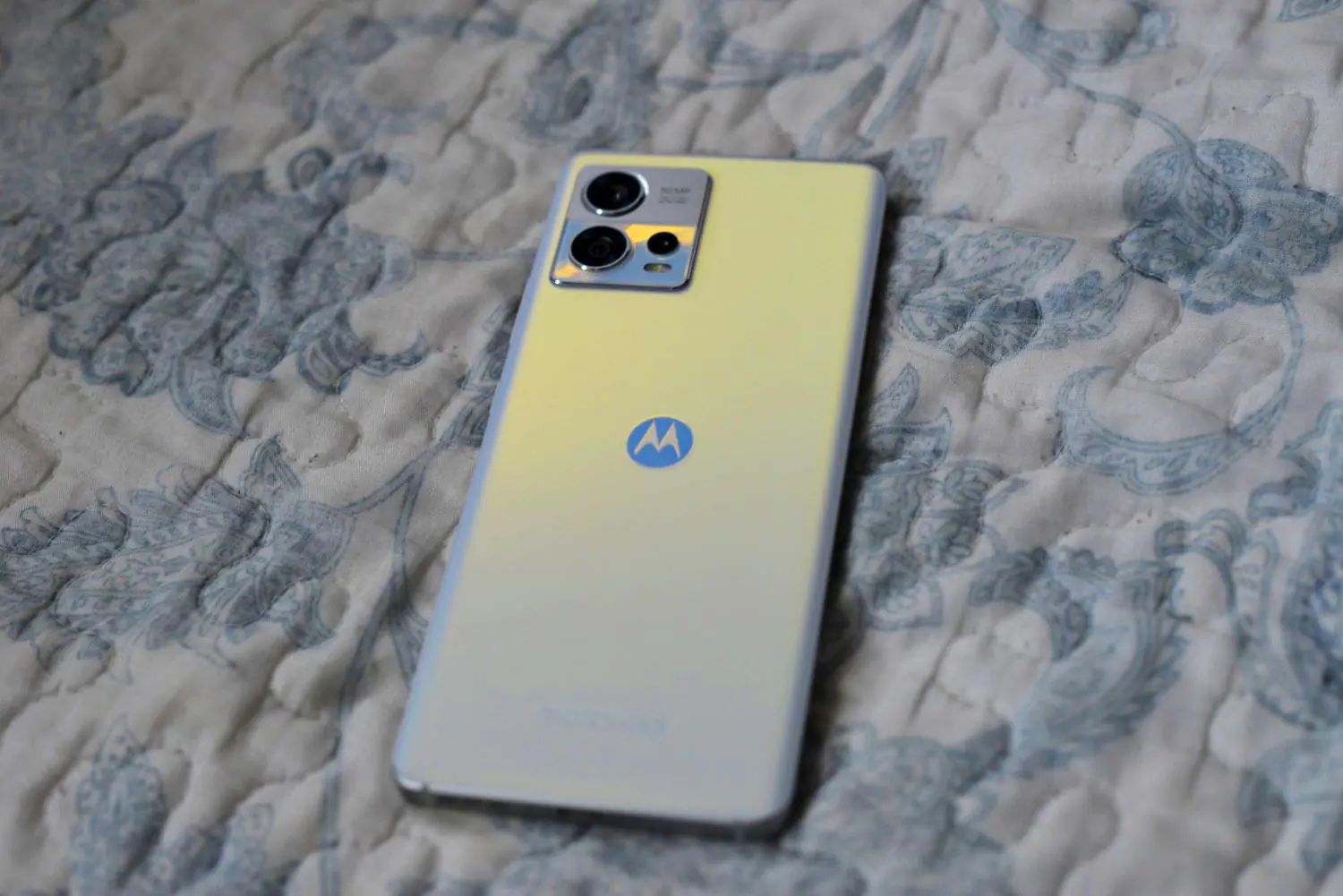
For its class, the smartphone is well equipped. A large P-OLED screen with a frequency of 144 Hz, a powerful Qualcomm Snapdragon 888+ processor, a good camera system of three modules – on paper, it looks quite flagship. And the Motorola Edge 30 Fusion looks like it. It is difficult to distinguish it from the top-of-the-line Edge 30 Ultra. There is not a hint of plastic in the body – only glass and metal. So the “flagship killer” positioning is quite justified. For the money, the device is really good. However, there are some drawbacks. And the most interesting thing is hidden behind them.
Read also:
- Motorola Edge 30 Ultra Review: Can Moto Make Flagships?
- Motorola Edge 30 Neo Review: Beautiful Toy With Wireless Charging
Motorola Edge 30 Fusion specifications
- Screen: P-OLED, 6.55 inches, 2400×1080 pixels, one billion shades, 20:9 aspect ratio, 144 Hz refresh rate, HDR10+ support, 1100 nits peak brightness, built-in fingerprint sensor, Corning Gorilla Glass 5 protection
- Processor: Qualcomm SM8350 Snapdragon 888+ 5G (5 nm), Octa-core (1×2.99 GHz Cortex-X1 & 3×2.42 GHz Cortex-A78 & 4×1.80 GHz Cortex-A55), Adreno 660 video chip
- Memory: 8/128, 8/256, 12/256, 12/512 GB, type of RAM – LPDDR5, type of permanent memory – UFS 3.1, no support for memory cards
- Battery: 4400 mAh, 68 W fast charging (50% in 10 minutes)
- Main camera:
- 50 megapixels, f/1.8, 1/1.55″, 1.0µm, phase detection autofocus, optical stabilization
13 megapixel 120˚ wide-angle lens, f/2.2, 1.12µm, autofocus - 2 megapixels, f/2.4 (depth sensor)
- Video recording: 8K@30fps, 4K@30fps, 1080p@30/60/120fps, 720p@960fps, gyro-EIS
- 50 megapixels, f/1.8, 1/1.55″, 1.0µm, phase detection autofocus, optical stabilization
- Front camera: 32 megapixels, f/2.5, 1/2.8″, 0.8µm, AF
- Data transmission: 5G, tri-band Wi-Fi 802.11 a/b/g/n/ac/6e, Bluetooth 5.2, NFC, GPS, A-GPS, GLONASS, BDS, Galileo, USB Type-C 3.1, ReadyFor PC connection mode
- OS: Android 12
- Dimensions and weight: 158.5 × 72.0 × 7.5 mm, 168 g
- Materials: aluminum frame, glass front and back panels (Gorilla Glass 5), protection against dust and water splashes according to the IP52 standard
- Colors: Aurora White, Neptune Blue, Cosmic Grey, Solar Gold
- Price at the start of sales: about €600, $600
Positioning in the lineup, price and competitors
Motorola Edge 30 Fusion is a mid-range model in the updated September lineup. The Edge 30 Neo was the first to come to us for testing. It’s cute and compact. This is really a baby in the middle price range. And inexpensive – in Europe it is almost twice as cheap as the average Edge 30 Fusion. Three times cheaper than the older Edge 30 Ultra. What do the other two models of the line offer?
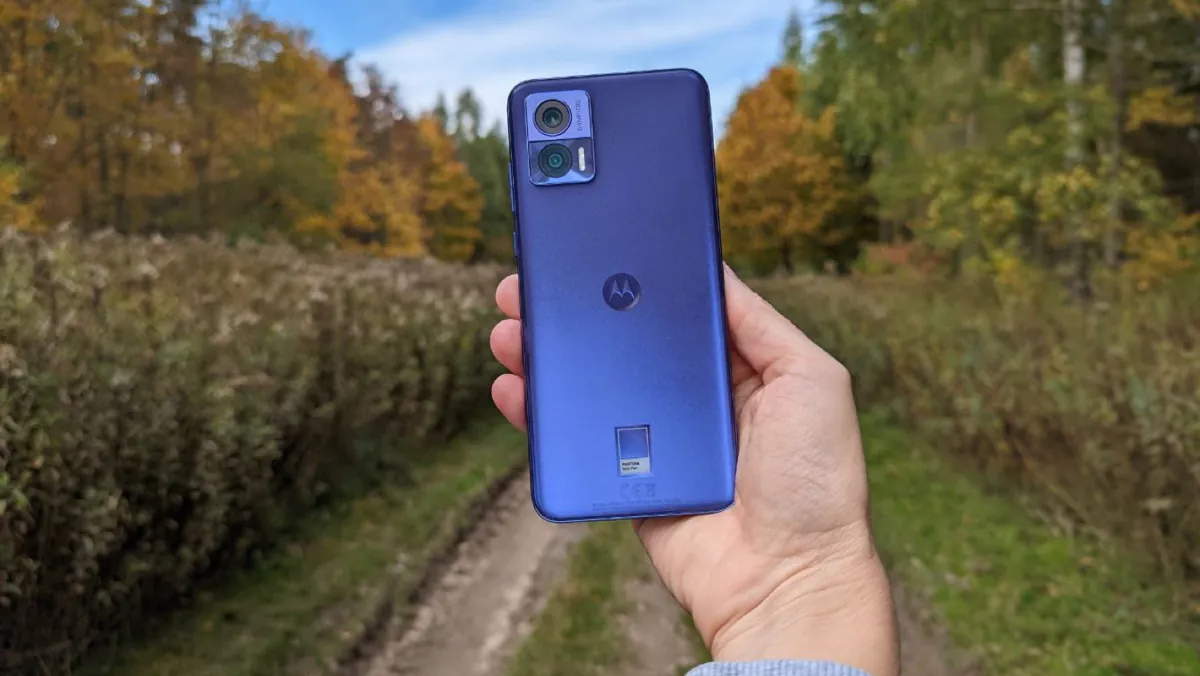
The Edge 30 Neo has a high-quality 6.28-inch P-OLED screen with a refresh rate of 120 Hz. It’s not as big and advanced as in older models, but it’s definitely one of the advantages of the model. The main camera is 64 megapixels with OIS and a decent 13-megapixel wide-angle. “The hardware is a simple Snapdragon 695. But there is wireless charging, which is surprising for a device of this class, as well as a fingerprint scanner built into the screen. You can choose from the pleasant colors Very Peri, Black Onyx, Ice Palace and Aqua Foam, released in collaboration with the Pantone Color Institute. By the way, he also had a hand in Motorola Edge 30 Fusion. More on that later.
The senior model in the lineup is the flagship Edge 30 Ultra with an “infinity” 6.67-inch 144Hz display with rounded sides, an advanced camera set with a 200MP main module, and the latest Snapdragon 8+ Gen 1 on board. It’s beautiful, in many ways, it’s great, although in some ways it’s controversial. If you are interested, read our impressions.
The top version has 12 GB of RAM and 512 GB of storage.
But let’s get back to the Edge 30 Fusion. It’s bigger, more productive, and more expensive than the younger model. By the way, it does not support wireless charging, which is strange. But the Edge 30 Fusion battery has more mAh, and the camera has more megapixels. And in general, the cameras are different. The main lens is characterized by 50 megapixels. And there is optical stabilization, which helps out when shooting in the evening.
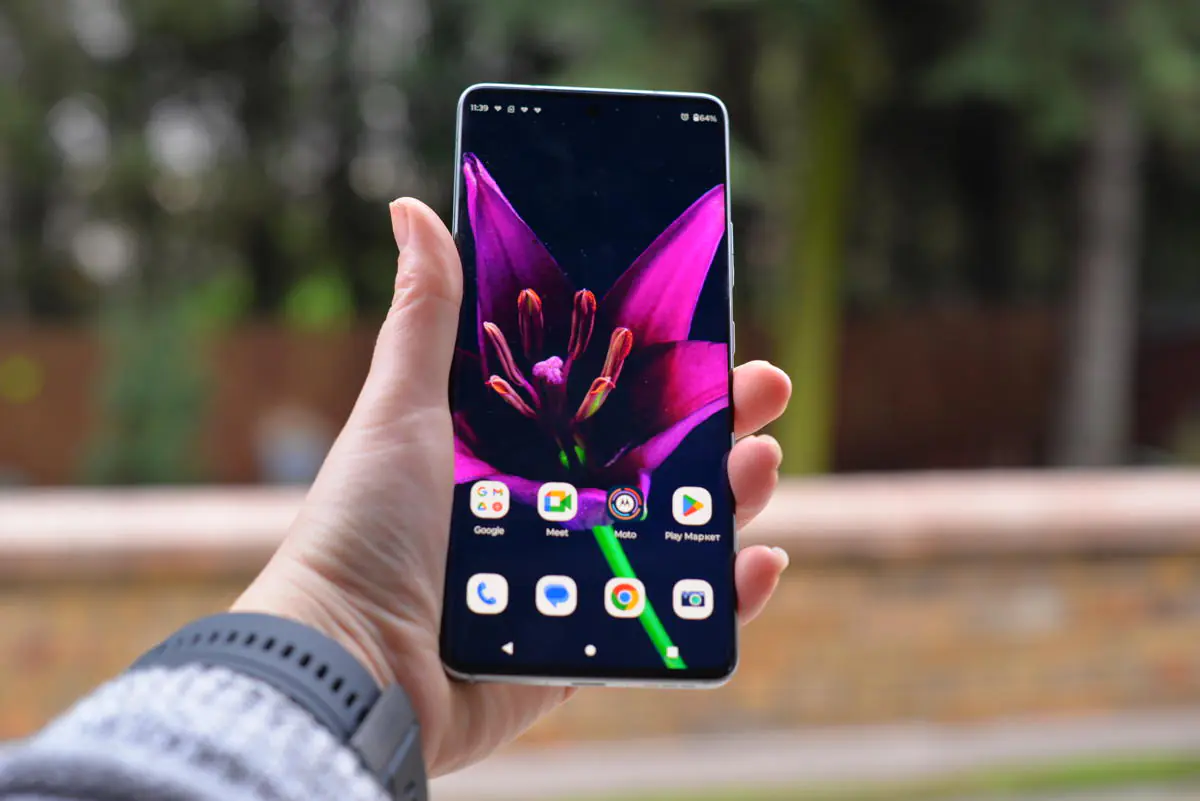
Like the Ultra, Fusion is equipped with newer versions of wireless modules and has the same impressive screen. Thus, along with a price tag of UAH 23-24 thousand for the 8/128 GB configuration, the middle model received an “infinity” 6.55-inch screen with rounded sides, which boasts 144 hertz, just like the Ultra. And the chip is quite powerful. It is Snapdragon 888+
All three models are united by perfectly optimized Android with useful additions from Moto.
Last year’s top model Motorola Edge 30 Pro has also dropped in price. We also tested this model in a beautiful Stardust White color. Like the Edge 30 Fusion, it has a 144Hz screen, 68W fast charging, but it also has wireless charging. The chip is cooler – the top-of-the-line Snapdragon 8 Gen 1. In a combo with 12 GB of RAM, it guarantees uncompromisingly high performance. And the “clean” Android 12 is also fine. The fly in the ointment is the plastic frame of the case.
Read also:
- Motorola Moto Edge 30 Pro review: is it really a flagship?
- Motorola Edge 30 Review: Balance At Maximum
A few words about alternatives to Motorola Edge 30 Fusion from other brands. Cheaper Xiaomi 12 Lite, Samsung Galaxy A53 and Samsung Galaxy A72, Google Pixel 6A, which, by the way, has IP67 protection, and it is so lacking in the Motorola Edge 30 Fusion. If you want to switch to iOS, you can choose the iPhone SE. Slightly more expensive than the Motorola Edge 30 Fusion are Google Pixel 7, iPhone 12 / iPhone 13 Mini.
Package contents
The entire updated line has eco-friendly packaging. It’s so fashionable now. And it’s right. There are no plastic components. The box is made of recycled materials. Apparently, it will be fully recyclable in the future. At the same time, Motorola did not cut the package, as other companies often do, citing environmental friendliness.
In addition to the device itself, the box contains a 68 W charger, a cable, a paper clip to open the SIM card slot, a case, and documentation. The screen protector is straight from the factory.
Design and colors of Motorola Edge 30 Fusion
You look and see the flagship Motorola Edge 30 Ultra, the one that is one and a half times more expensive. The models are very similar. And this is a plus for Fusion.
Yes, the design of Motorola Edge 30 Fusion is premium, as are the materials of the case: only glass and metal. The device, with 158.5×72.0×7.5 mm and 168 g, fits quite well in the hand.
The side edges are noticeably rounded, which visually makes the phone even thinner. This is also a feature of the device. However, not everyone likes it. After a week or two of using the smartphone, I got used to it and considered it a plus, not a minus, including ergonomics.
Thanks to the rounded edges and minimal bezels, the display looks “infinite”. The front-facing camera is integrated into it gracefully. The screen, like the back, is protected by Gorilla Glass 5.
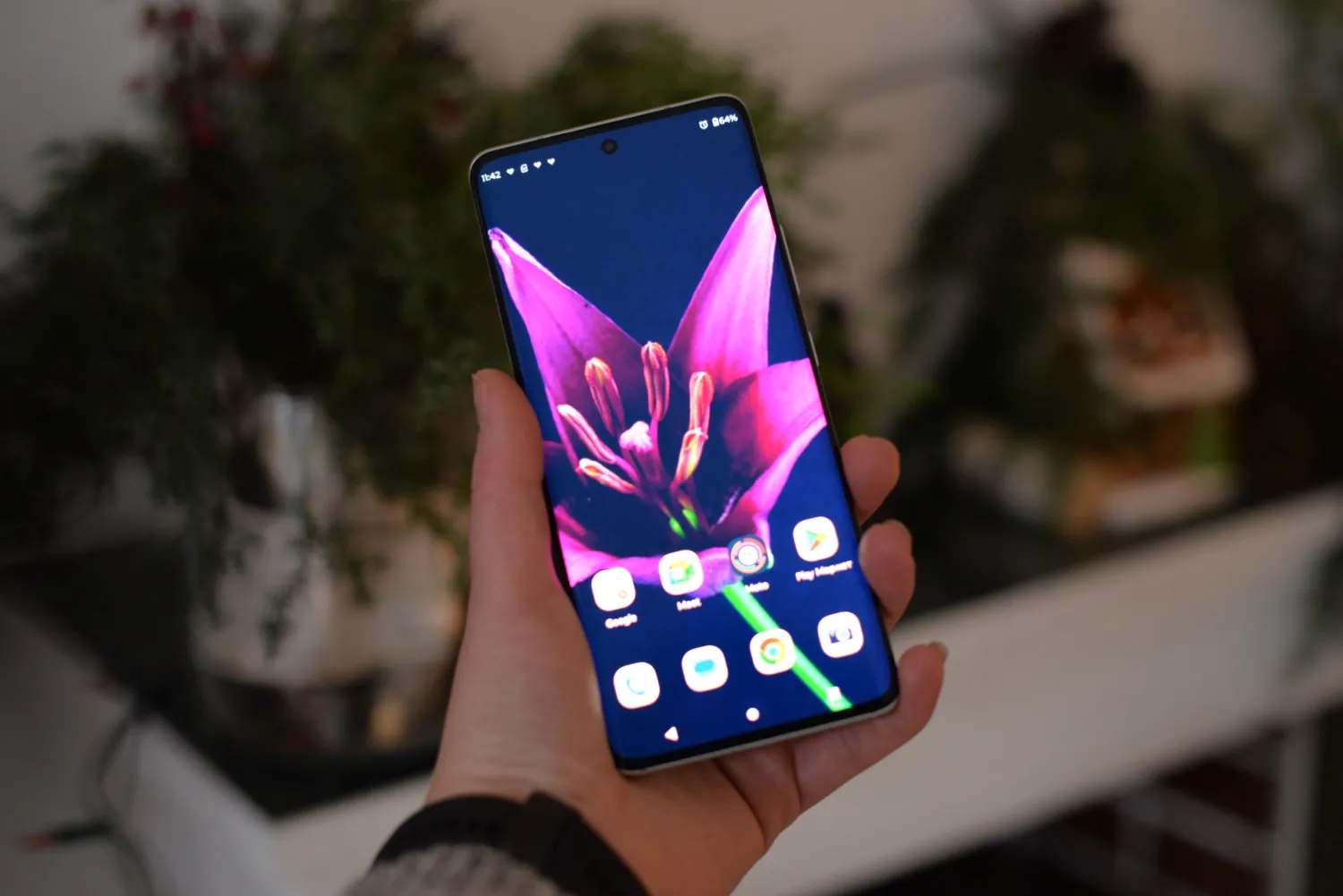
Motorola has updated the design of the camera unit, which protrudes slightly above the surface. The manufacturer’s logo and name are also visible on the back.
The right side of the smartphone is traditionally reserved for the volume and power/lock buttons. By holding them down, you can take a screenshot of the screen. I must say, this is the most inconvenient combination of all. And unfortunately, I didn’t find out about Moto’s feature of taking a screenshot with three fingers until the first day of the test. The left side of the device is free.
On the top end we see a microphone hole and the Dolby Atmos logo, and on the bottom end we see a microphone, a SIM card slot, a Type-C charging port, and a speaker hole. Both ends are flat and contrast favorably with the rounded sides. It’s a nice looking device. Very much so!
The unpleasant thing is the lack of a high degree of protection against water and dust. The smartphone only knows about the IP52 standard. This saves the device only from accidental splashes. It will not withstand immersion in water. If you want a device with full protection, look towards, say, the Google Pixel 6a with declared IP67 support.
Read also: Moto 360 3rd gen smartwatch review: long term experience and positioning
For review, we got a very beautiful copy in Aurora White, which shimmers beautifully in the light from different angles. And the bundled case does not hide this beauty.
There are several other colors: Neptune Blue, Cosmic Grey, and Solar Gold.
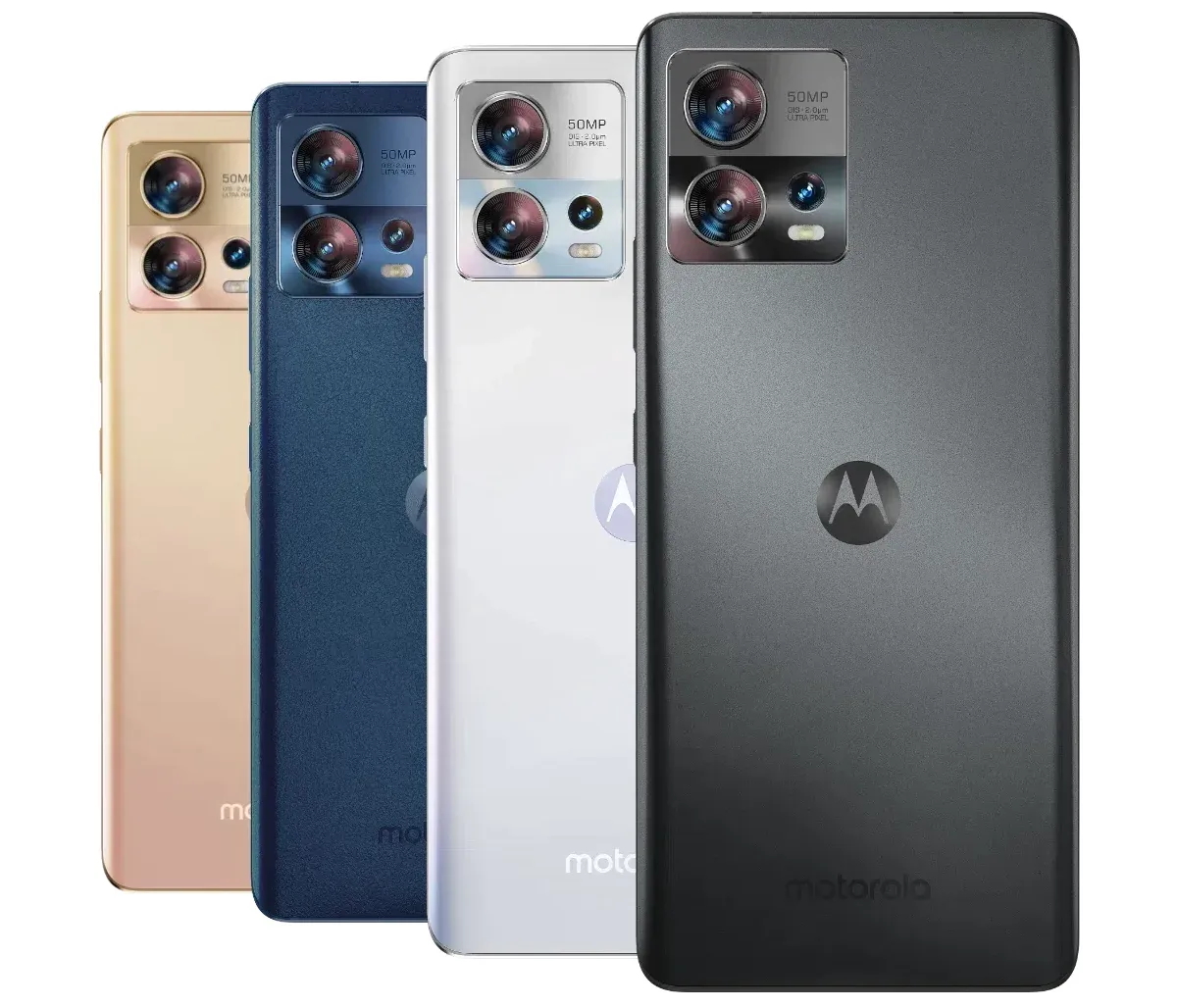
The back side of the blue one is not made of Gorilla Glass 5, but of artificial leather, which distinguishes the model and gives the user a choice.
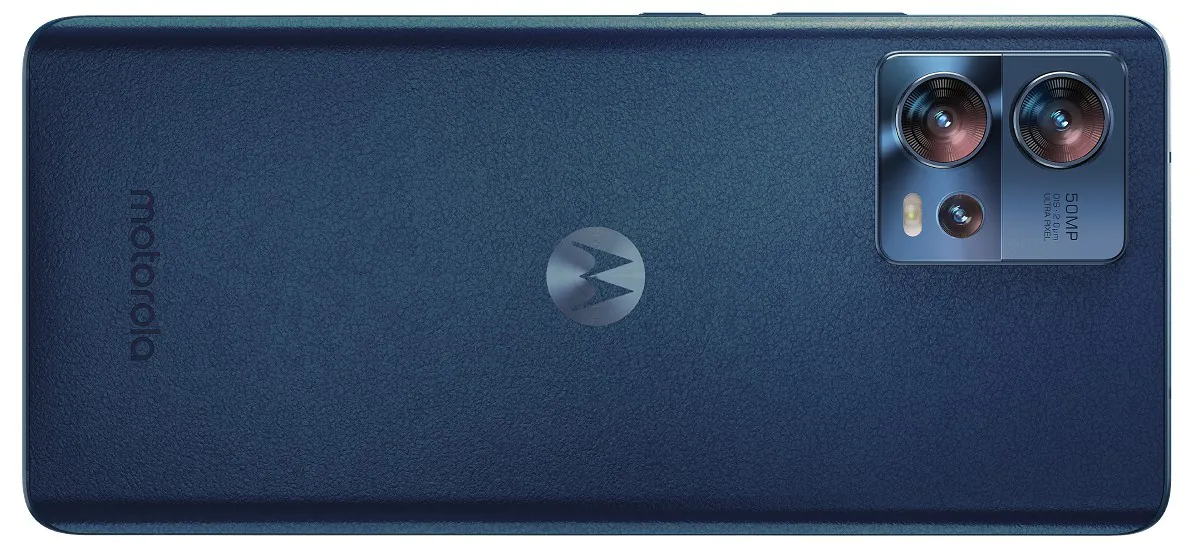
Also at the end of the year, Motorola introduced the Edge 30 Fusion in the raspberry red shade Viva Magenta. The Pantone Color Institute named it the color of 2023. The package is different here – with Moto Buds 600 wireless headphones in Winetasting color. The novelty is exclusive, available for purchase only in the United States. The smartphone is sold by AT&T and T-Mobile mobile operators.
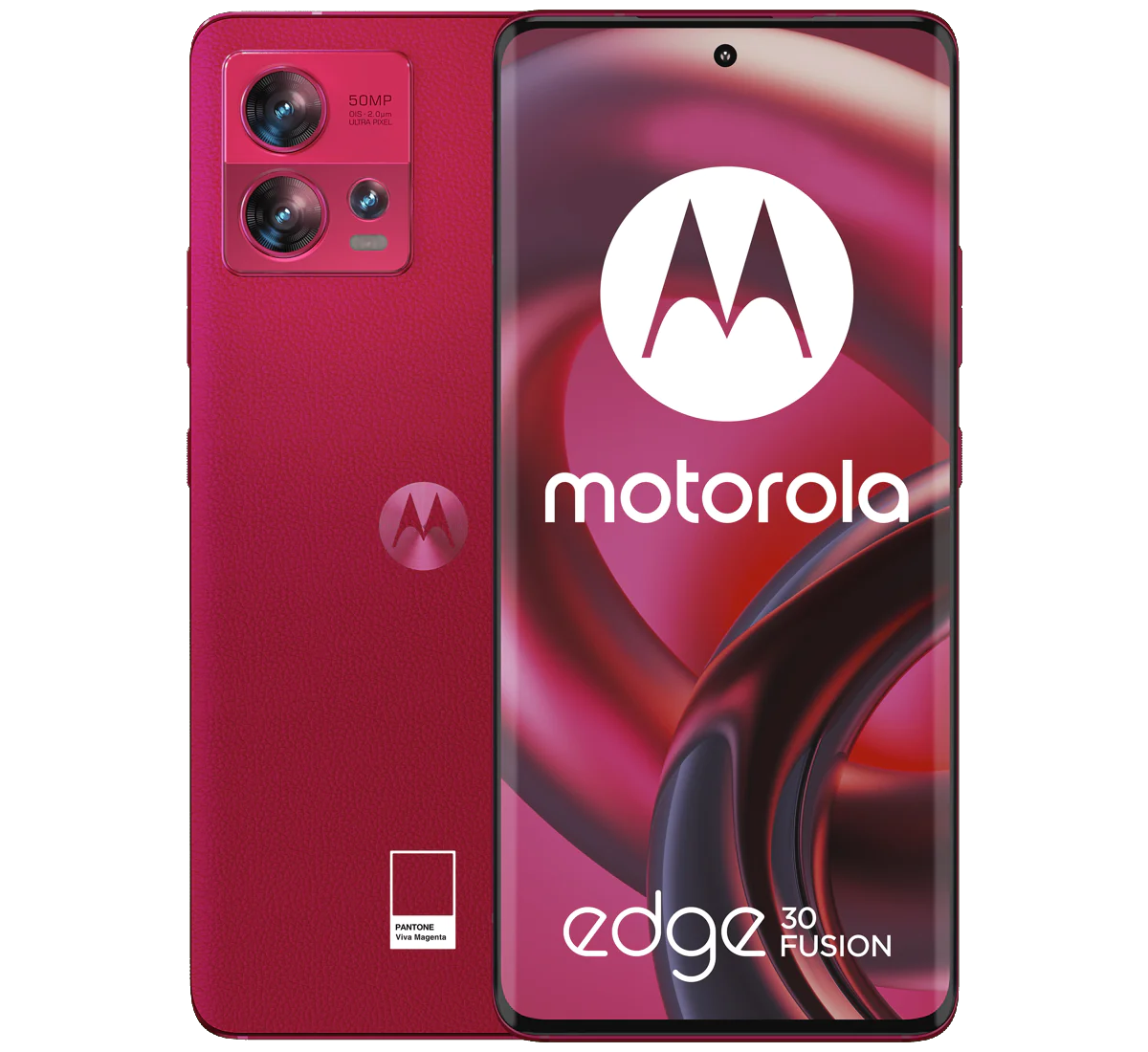
Read also: Comparison Of Moto G52 And Moto G62 5G: So Similar And So Different
Screen
Large, 6.55-inch, with a resolution of 2400×1080 pixels, like the top-of-the-line Edge 30 Ultra model. The matrix in the smartphone is P-OLED. In fact, this is a modern and very high-quality AMOLED technology with support for a 10-bit color palette, HDR10+, 144 Hz refresh rate, and a large set of screen modes.
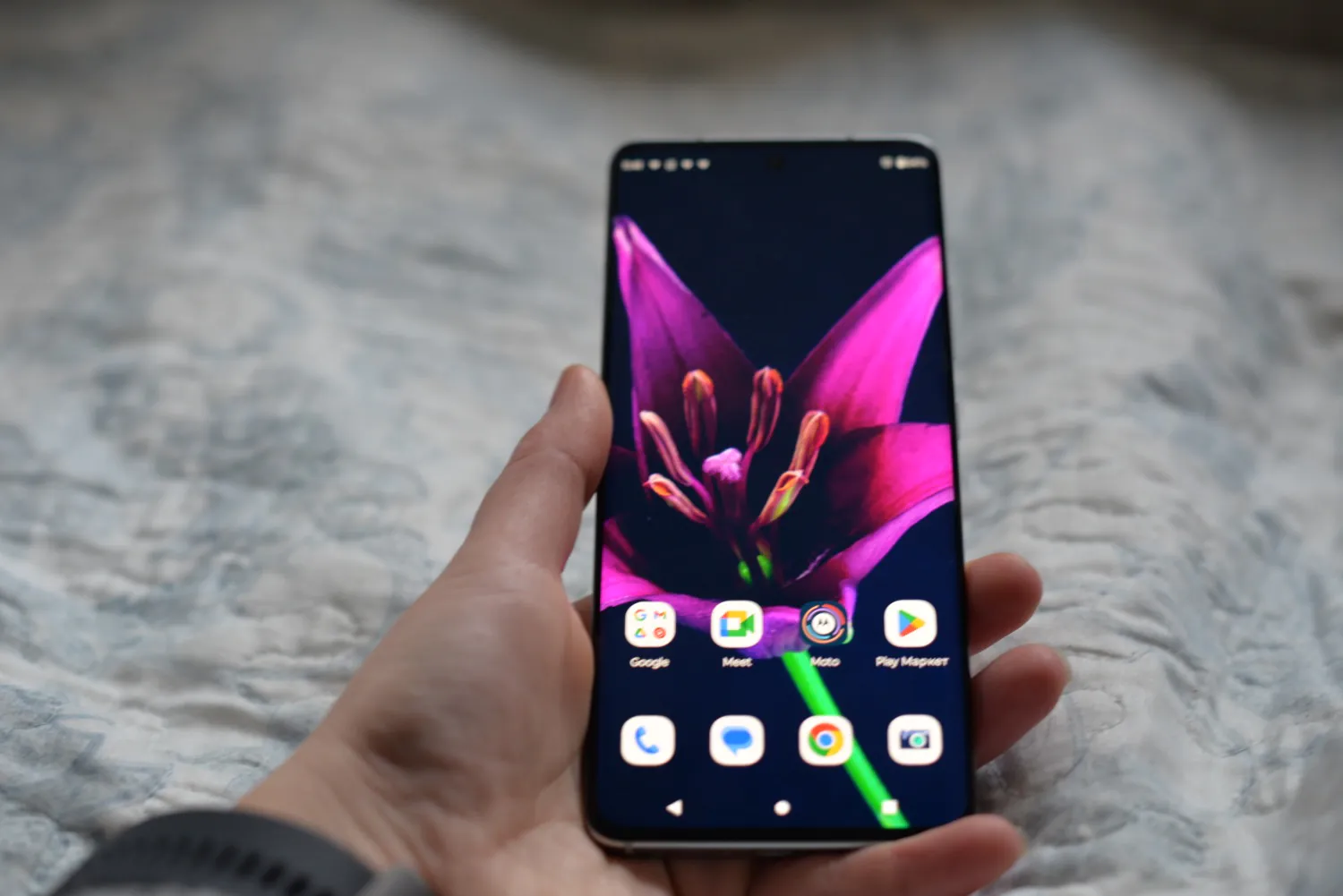
You can select 60 Hz, 144 Hz, or automatic mode, which offers 48, 60, 90, 120, and 144 Hz depending on the scenario in which you use the device. Artificial intelligence determines the optimal frequency. However, in games, it turned out to be not so smart. Some of the launched variants worked at 60 Hz, although they could have run at a higher frame rate. The performance allowed it. In games, it makes sense to set the fixed mode to 144 Hz, and in other cases, trust the automation, saving battery power.
Speaking of gamers. Two out of three people who were lucky enough to test the Motorola Edge 30 Fusion with me spoke negatively about the rounded screen, arguing that it was accidental when trying to hold the smartphone.
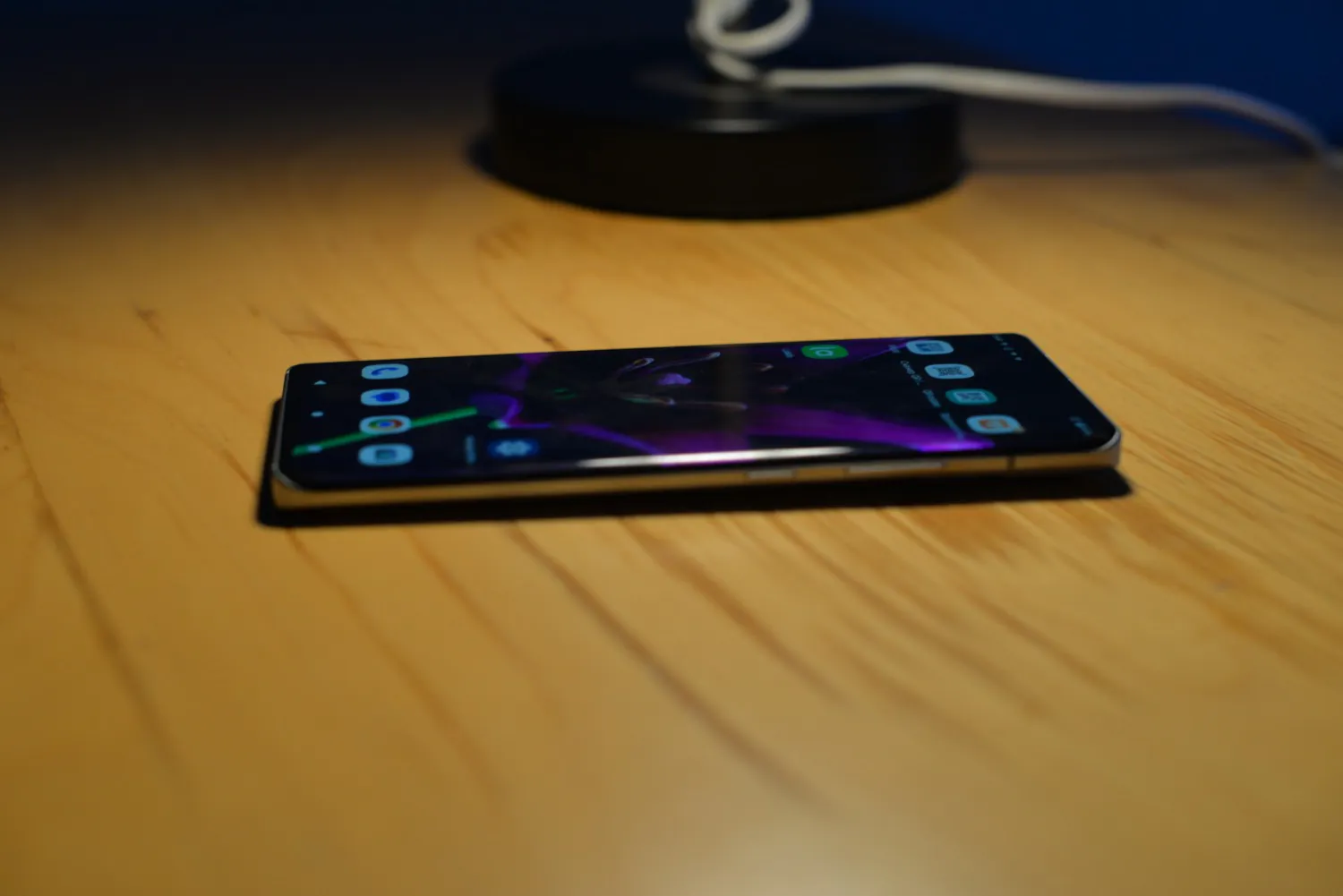
Speaking of gamers. Two out of three people who were lucky enough to test the Motorola Edge 30 Fusion with me spoke negatively about the rounded screen, arguing that it was accidental when trying to hold the smartphone.
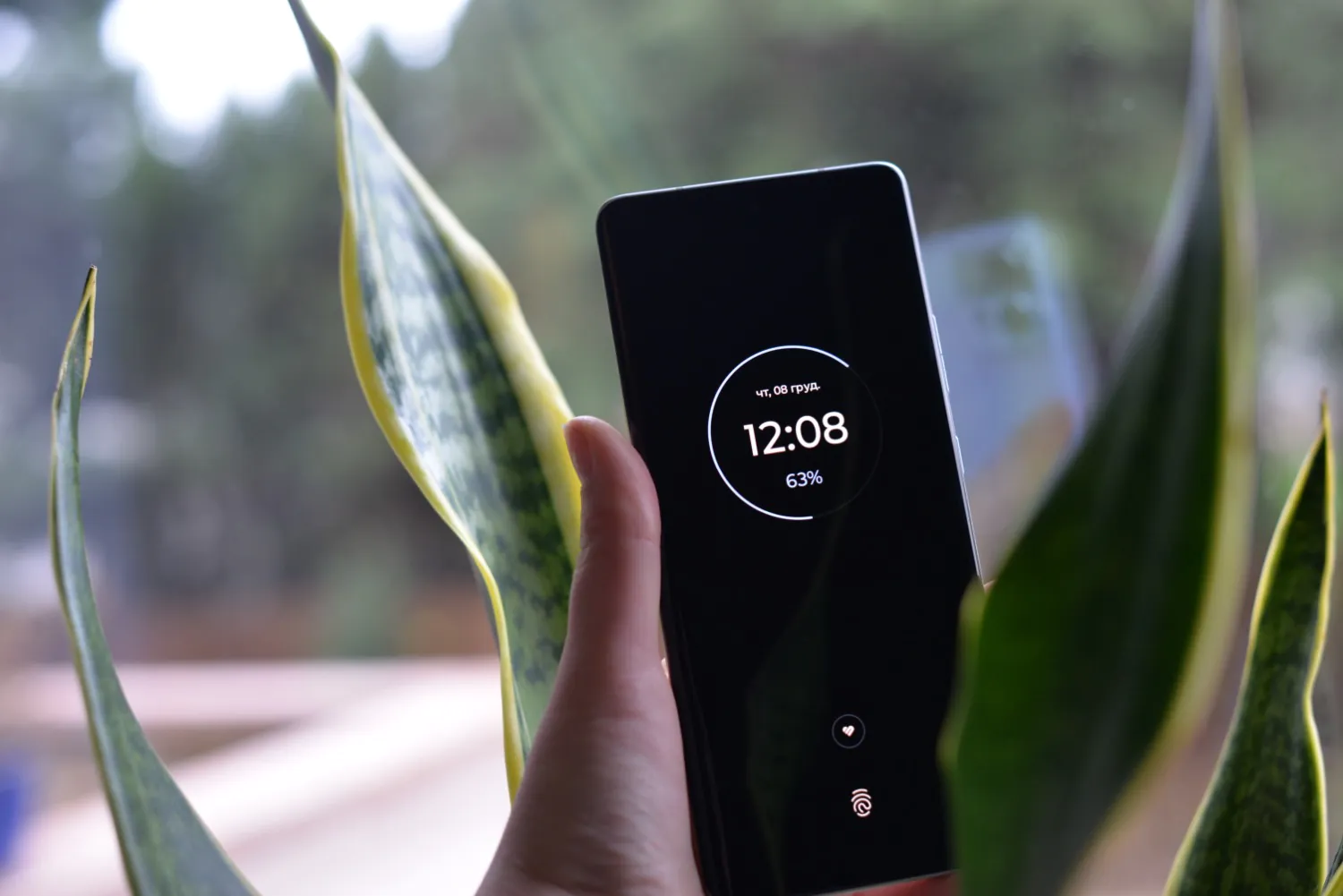
The screen is contrasty and bright. The declared peak brightness reaches 1100 nits. In practice, it turned out to be somewhat less, but still, Edge 30 Fusion with automatic brightness adjustment, even on a sunny day when the picture and text are clearly visible, is able to compete with flagship smartphones.
You can adjust the color temperature, color saturation, dark theme, and other familiar settings. You can also activate “Eliminate screen flicker” in low light, but the option can distort the colors on the screen.
Edge 30 Fusion hardware and performance
The former (last year’s) flagship of Qualcomm, the Snapdragon 888+, is responsible for performance. It’s good enough for a mid-range smartphone. This processor provides more features than its mid-range counterparts.
There is 8 GB of RAM. It’s also quite adequate for a mid-range. This is more than enough for the smooth operation of the interface and any programs. There are also configurations for 12 GB of RAM with 256 and 512 GB of storage. In the test model, the volume is limited to 128 GB. There is no support for memory cards. I’m sure there are those who like to shoot content who will look towards “more capacious” options in a week or two. However, cloud services or buying a smartphone with more storage can help. As the saying goes, there is a way out of any situation. So the amount of memory is not critical when choosing a configuration in this case.
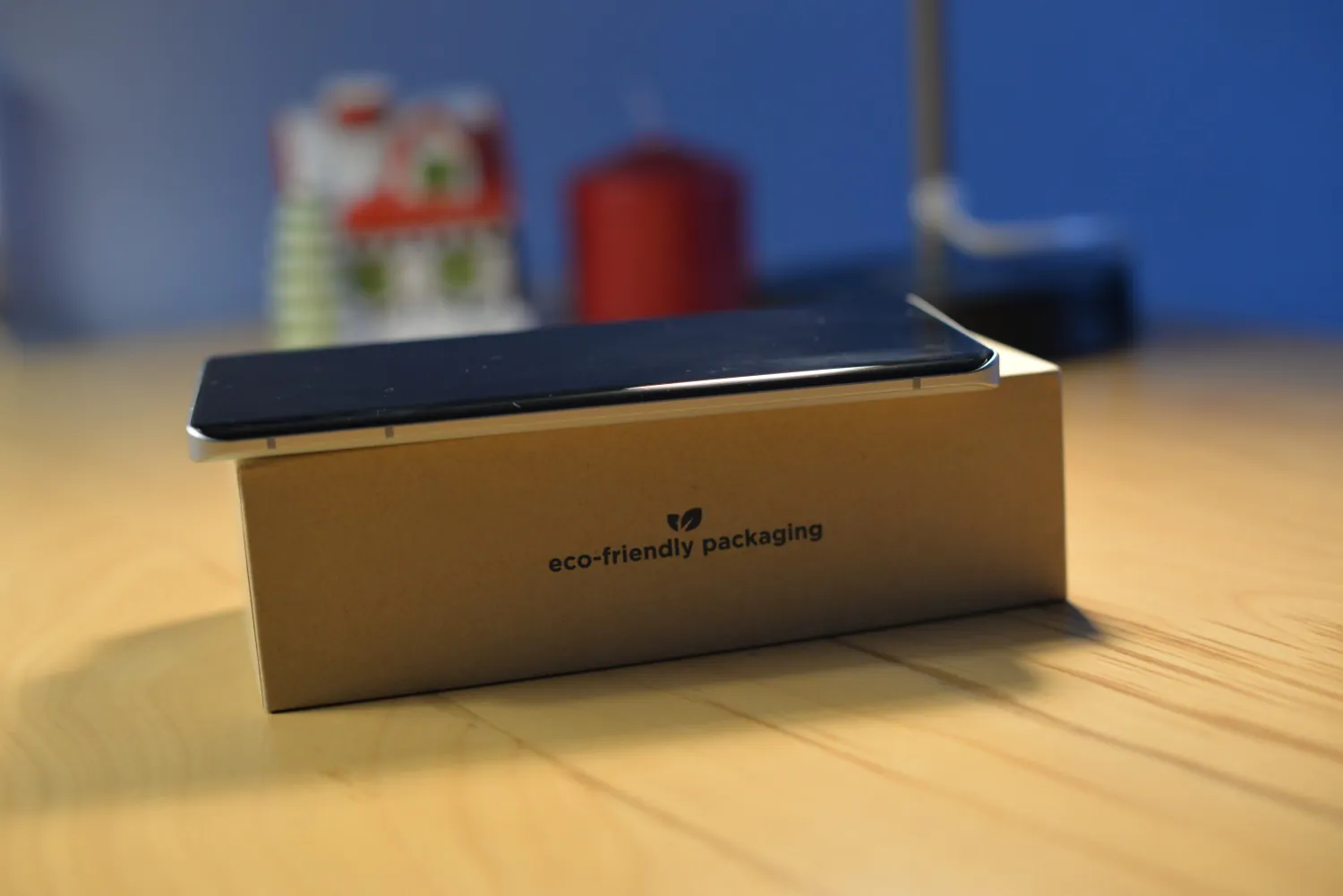
In synthetic tests, the device demonstrated a decent level, in GeekBench it came close to models with Snapdragon 8 Gen 1. And in AnTuTu it is good. We got the scores we expected from such hardware. And in everyday life, the Motorola Edge 30 Fusion is nimble and smooth, coping even with demanding toys.
There is one caveat. The Snapdragon 888+ is quite a hot stone: under heavy loads, the smartphone heats up, and under prolonged loads, it also reduces performance. However, even after the power drops, the processor reserves are enough to perform most tasks.
To be fair, we note that the flagship Snapdragon 8 Gen 1 is also prone to heat. For example, the February novelty Edge 30 Pro, hiding its power inside its case, became noticeably warmer even during low loads and working with basic programs.
Read also: Motorola G51 review: another budget smartphone from Motorola
Edge 30 Fusion cameras
The main camera of the OmniVision OV50, like the Moto Razr 2022 and Huawei P50 Pro, is characterized by 50 megapixels.
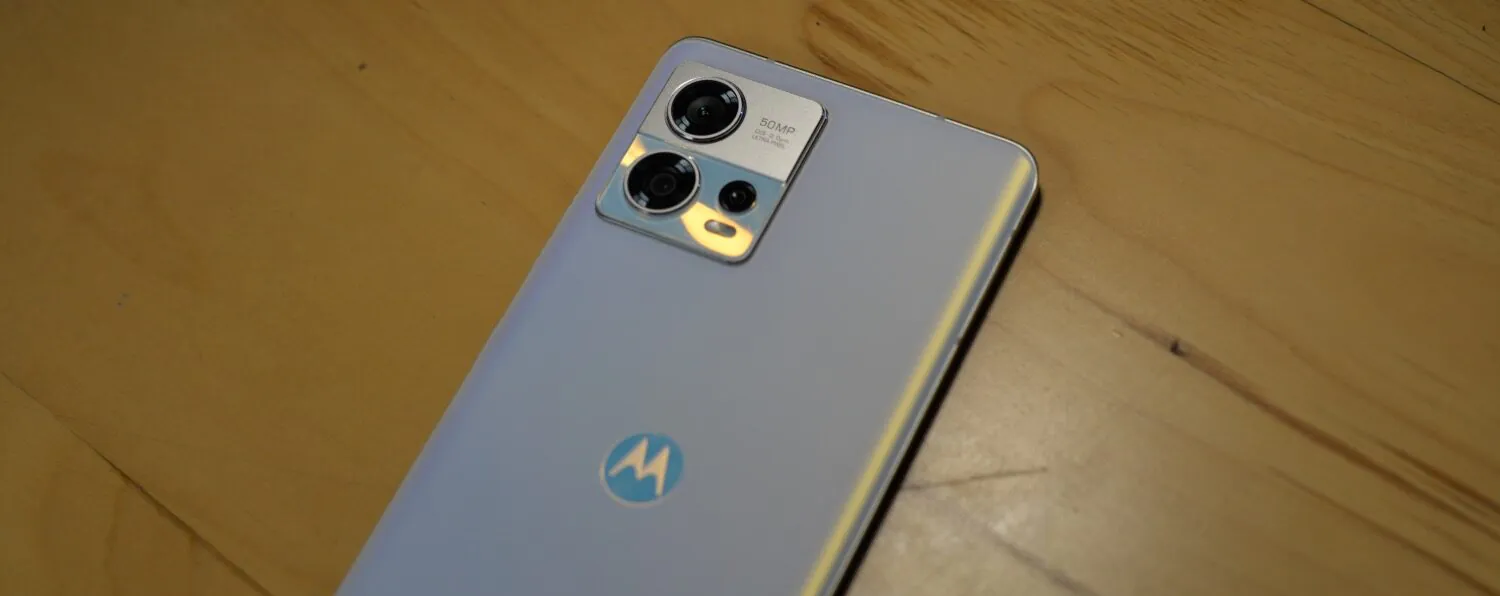
By default, it uses Quad Bayer technology and takes 12.5 megapixel photos. They’re quite decent, especially in daylight, and you can see them all here in their original size.
ALL THESE AND MORE PHOTOS OF EDGE 30 FUSION IN FULL SIZE ARE IN THE FOLDER
When shooting in the evening, optical stabilization will help you out. It’s far from ideal, there is noise, the brightness is artificially increased, but the clarity remains. In the special night mode, the pictures are clearer. Colors are close to natural.
In Ultra-Res mode, you can take pictures with a resolution of 50 megapixels. The difference with the standard ones is insignificant, although it should be noted that the picture looks more natural and less processed. At the same time, there is weak noise reduction and a limp dynamic range. Still, Ultra-Res is just something to play with. As is the AR mode. My 9-year-old child was captivated by it for the whole evening. The results of the creativity are below.
The second camera is a 13-megapixel ultra-wide-angle camera. There is also a 2-megapixel depth sensor. The ultra-wide shots are not bad: with realistic color reproduction, good detail, and a fairly decent dynamic range. But in many respects they are inferior to those from the main camera. Here’s a comparison:
ALL THESE EDGE 30 FUSION PHOTOS IN FULL SIZE ARE IN THE FOLDER
Autofocus works well. Most photos are in perfect focus, and a little softness around the edges is not a problem, unlike distortion of the picture at the edges of the frame. And the contrast suffers a little. In addition, even in good lighting, noise is noticeable. However, this is typical for an ultra-wide-angle camera of a mid-range smartphone.
An ultra-wide-angle camera is also used for close-up photography, replacing a macro lens. It is important to choose the right distance to objects. And autofocus really allows you to get closer to the subject. Detail is on fire.
The Edge 30 Fusion does not have a telephoto lens. But when zoomed in twice from the main 50-megapixel camera, the quality does not suffer much.
The smartphone takes portraits only with the main 50 megapixel camera. At the same time, autofocus is available on both the main camera and the ultra-wide-angle camera. There are two zoom settings in portrait mode: 35 mm and 50 mm. We note some difficulties in focusing on the subject, but the result is worth it. And as usual, there is the ability to change the background blur.
One more thing. You can not use the beauty and enhancement filters, which, as experience shows, are so disliked by men, because the skin texture is already smoothed by software.
In Pro mode, you can play around with the settings to your heart’s content. The camera’s settings have enough options to make it easy to understand.
The front camera has a resolution of 32 megapixels. Selfies are quite detailed, albeit with pale colors. The situation with video is the same.
The smartphone records video up to 8K (7680×4320 pixels) at 30 frames per second on the main camera. The detail and color reproduction are good. Contrast is also worthy of praise. And the dynamic range is wide.
To get creative, there is a fast and slow motion video. All examples of videos with Edge 30 Fusion in different modes can be found in this folder.
So, to summarize, the cameras in the smartphone are decent, but still far from the flagship level.
Sound
The stereo speakers are good. Powerful lower frequencies are a bit lacking, but the sound is pleasant and clear. And Dolby Atmos technology, which further improves its quality, is not forgotten either.
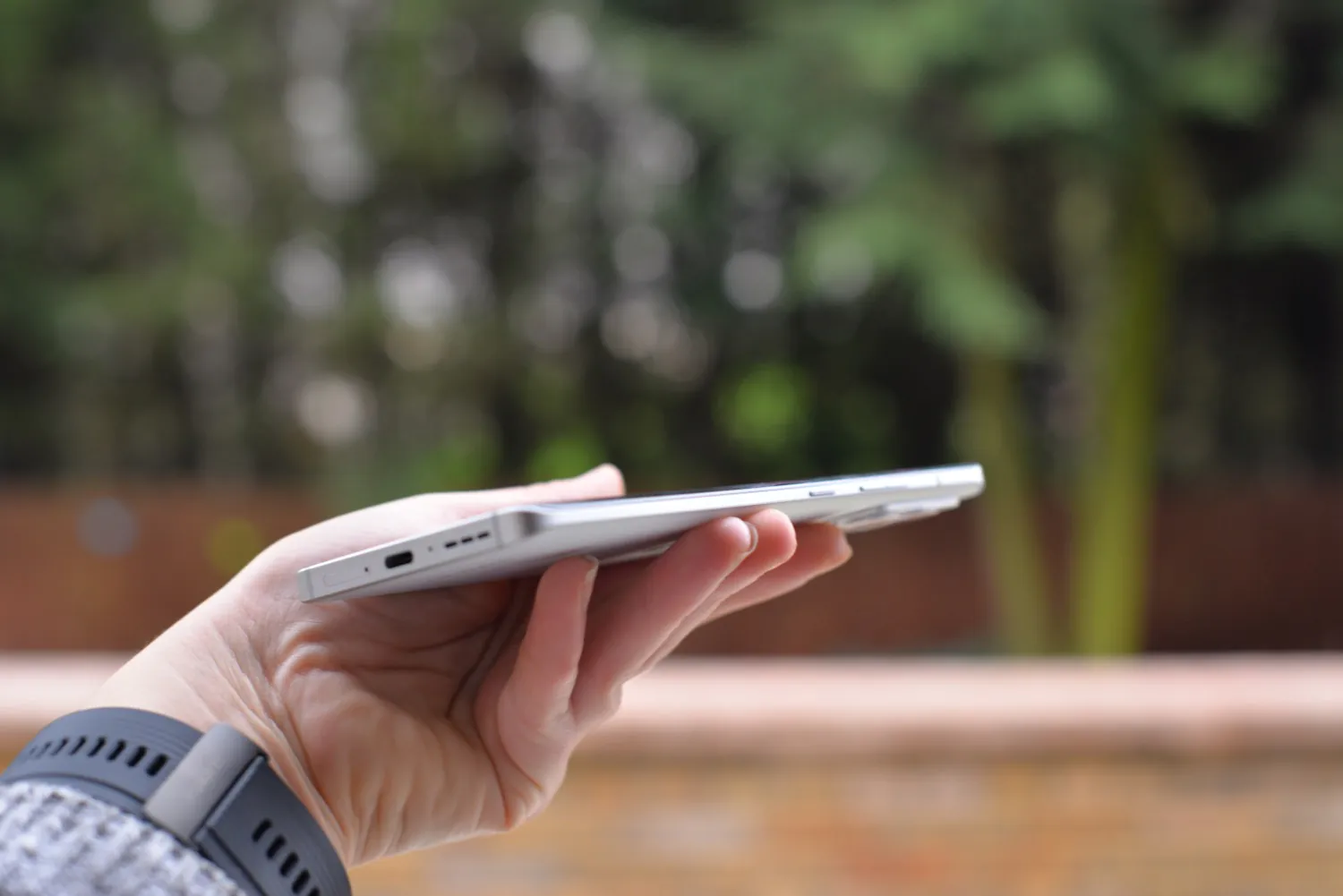
Fans of tweaks will appreciate Dolby Atmos’s various modes: music, movie, game, podcast. The smartphone determines the nature of the audio by default, adjusting the sound. In general, there is nothing to complain about.
For correct voice transmission during phone calls, the sound settings include the proprietary CrystalTalk function based on artificial intelligence.
Read also: Motorola MOTO Buds 085 TWS headset review
Operating system, software, Ready for
The smartphone, like other models of the updated line, runs Android 12. The flagship could have been given 13, but Motorola Edge 30 Fusion is not. So let’s put aside all these conventions. There will be an update in any case. And the experience of using the interface is as close as possible to “pure” Android. And if you don’t like proprietary shells, then the new product from Motorola is definitely for you.
Check out the exclusive Moto features collected in the app of the same name. There are various design themes available. One of the most interesting features is gesture control, which includes silent mode by turning the smartphone down, activating the camera with a double twist of the wrist, turning on the flashlight by double shaking the device, and taking a screenshot by touching the screen with three fingers (the ideal way is not to torture yourself by simultaneously holding down the power and volume buttons and having them incorrectly triggered).
Among the features and bells and whistles, we note the active display if the user looks at it or swipes over it, the option to split the screen into two parts, and various tweaks for gamers, such as the ability to launch the application in a separate window while playing a game.
The only thing we can’t recommend is Google’s TalkBack. I found this option in the special features. I must say, I was lucky not to use it before. That’s right, “lucky”. Yes, this mode can be useful for blind and visually impaired people. However, I had to work hard to disable it. The usual interface is transformed, it seems that the smartphone lives its own life, and it constantly announces every action. It’s annoying and tiring. Perhaps this was the price of curiosity.
In general, Motorola knows a lot about software and knows how to work with it, optimizing it for each model. The smartphone has excellent software and almost “pure” Android, devoid of unnecessary bells and whistles. The Moto app is useful and tasteful.
Similar to the previous generation smartphones, the new product also supports Ready for mode for connecting to a PC or monitor. More details can be found here.
Battery life
Motorola Edge 30 Fusion has a 4400 mAh battery. Considering the slim body of the device, this is not a small amount. The younger model of the line has 4020 mAh, the older one has 4620 mAh.
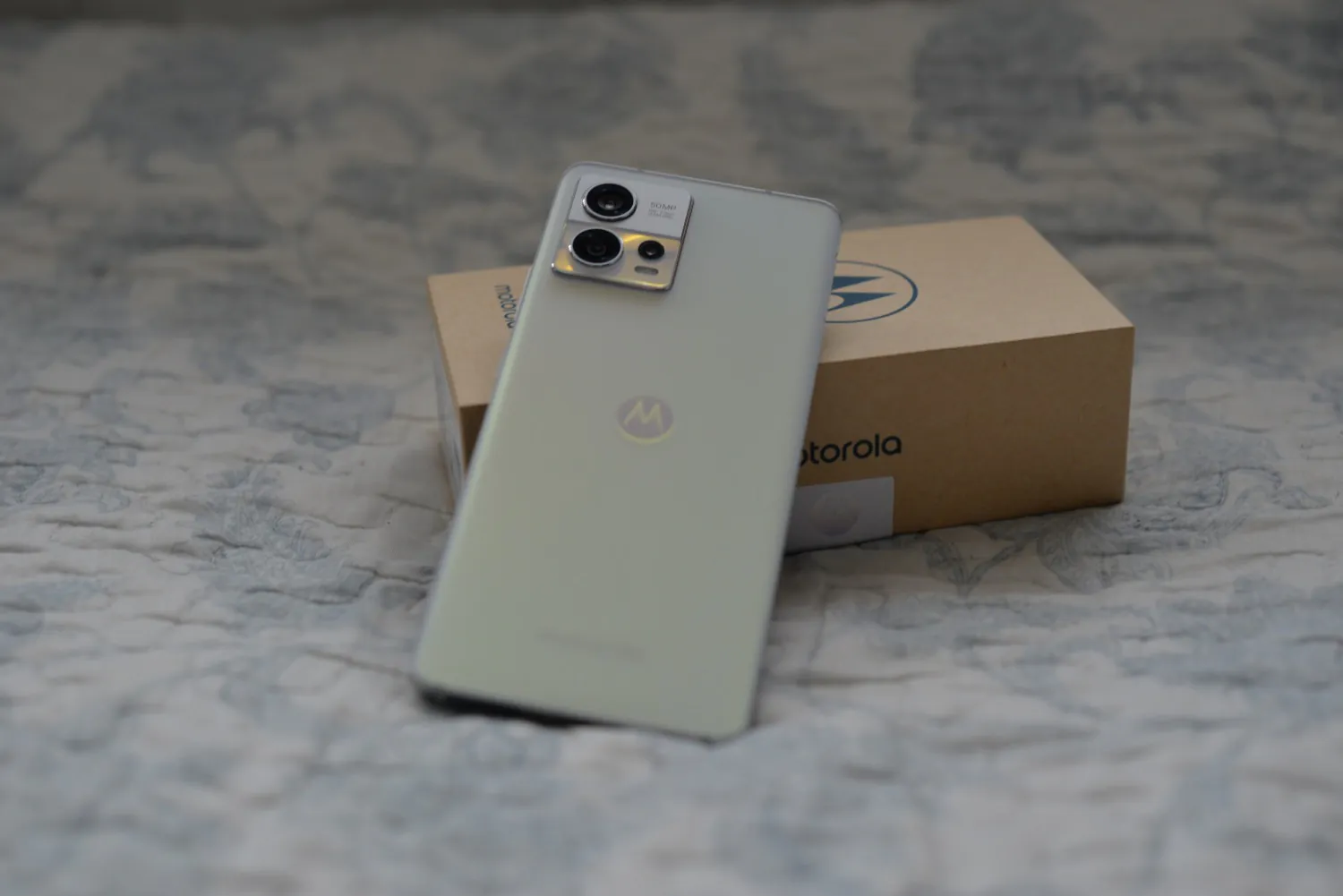
For a day of typical use, a full charge of the Edge 30 Fusion is enough. I had to charge it only a few times during the day. In a standard test, the smartphone worked for 101 hours. This is more than a decent result for a battery of this capacity. When the maximum refresh rate of 144 Hz was turned on in the PC Mark Work 3.0 test, the battery lasted 8 hours and 50 minutes. However, the autonomy indicators are quite in line with expectations – good enough, but without endurance records.
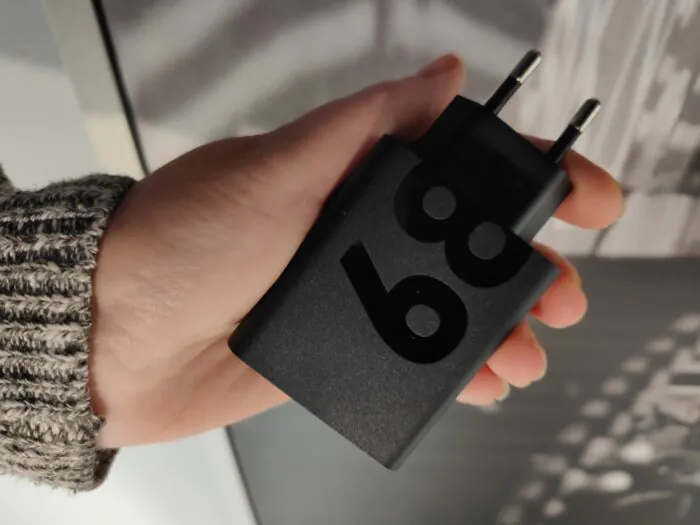
In addition, the bundled 68W charger with Power Delivery technology quickly charges your smartphone from 0% to 82% in just half an hour. Its power is enough to resurrect even a laptop. It takes 52 minutes to fully charge the Motorola Edge 30 Fusion. Excellent, though not a record.
The good thing is that the standard USB cable included in the package is used for power supply, and not an outlandish proprietary specification.
The lack of wireless charging is disappointing, especially considering that the younger model has it.
Conclusions
Well, the Motorola Edge 30 Fusion is definitely not a flagship. But almost. It would need a little more powerful cameras (and a TV camera!) and a battery with a larger capacity – and it would be a top device. I also want full water protection. Everything else about the model is great: the design is premium, the screen is bright and smooth with a frequency of 144 Hz, the performance is excellent, and even the sound does not disappoint. And the price is “not flagship”.
Advantages of Edge 30 Fusion
- Premium design and quality build
- Bright and smooth display with 144 Hz frequency
- Fast charging with Power Delivery support
- A decent set of cameras
- Stereo speakers
- “Pure” Android 12
Disadvantages of Edge 30 Fusion
- Lack of a telephoto lens
- Lack of full protection against dust and water (IP52 only)
Read also:
- Motorola Moto G72 Review: Once Again a Strong Midranger!
- Motorola Moto G32 review: Balanced and affordable



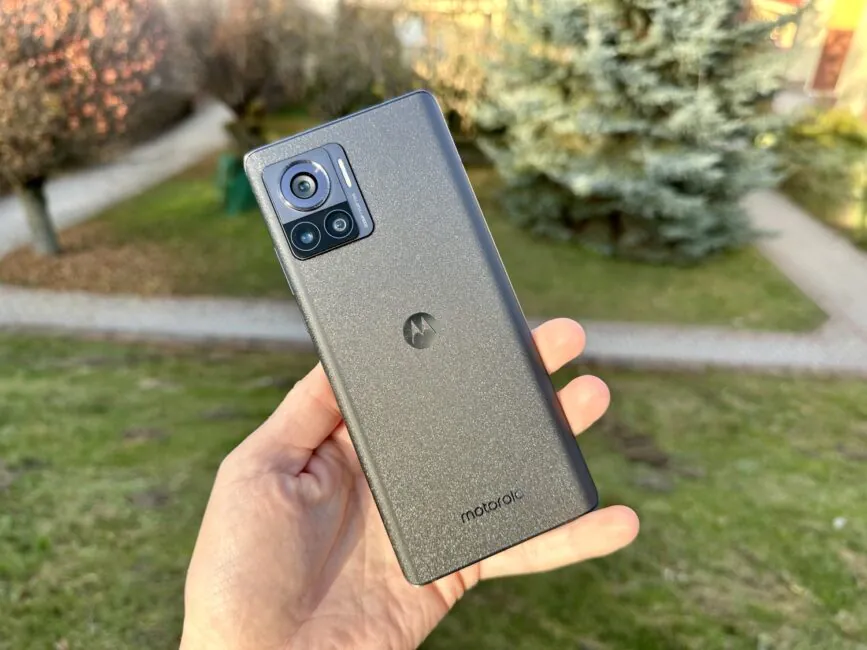
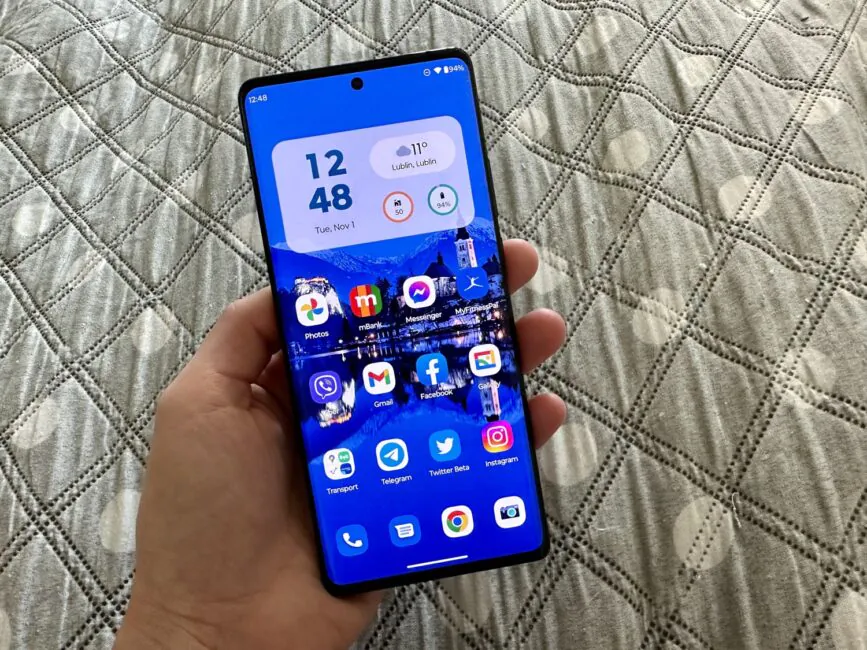
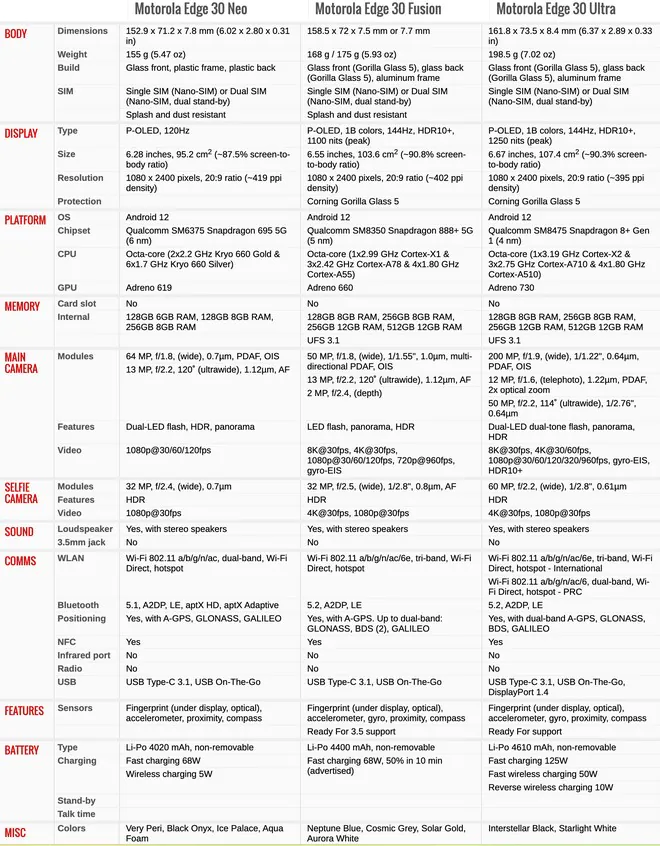
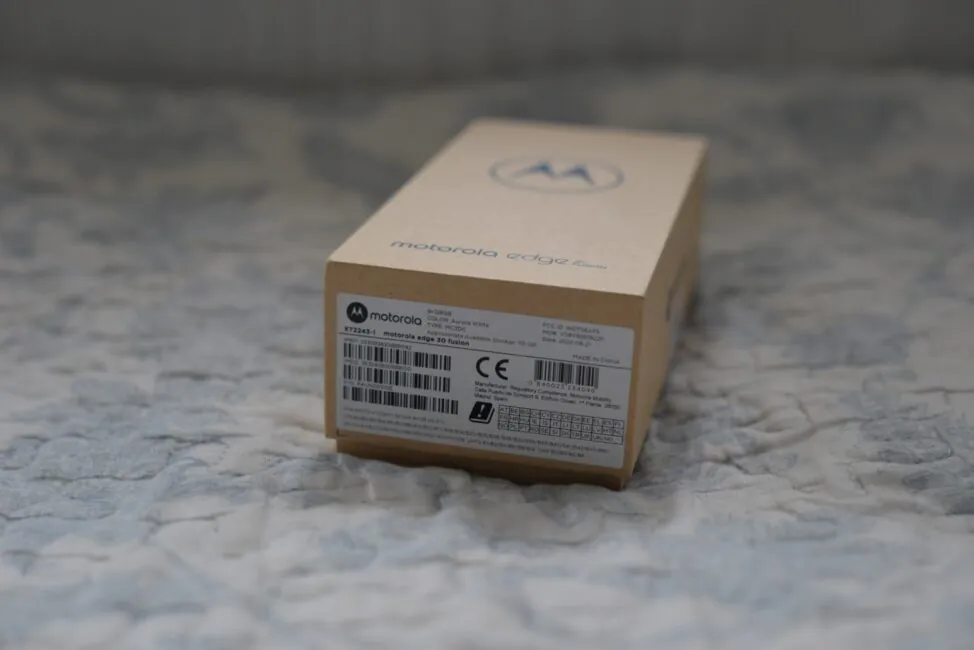
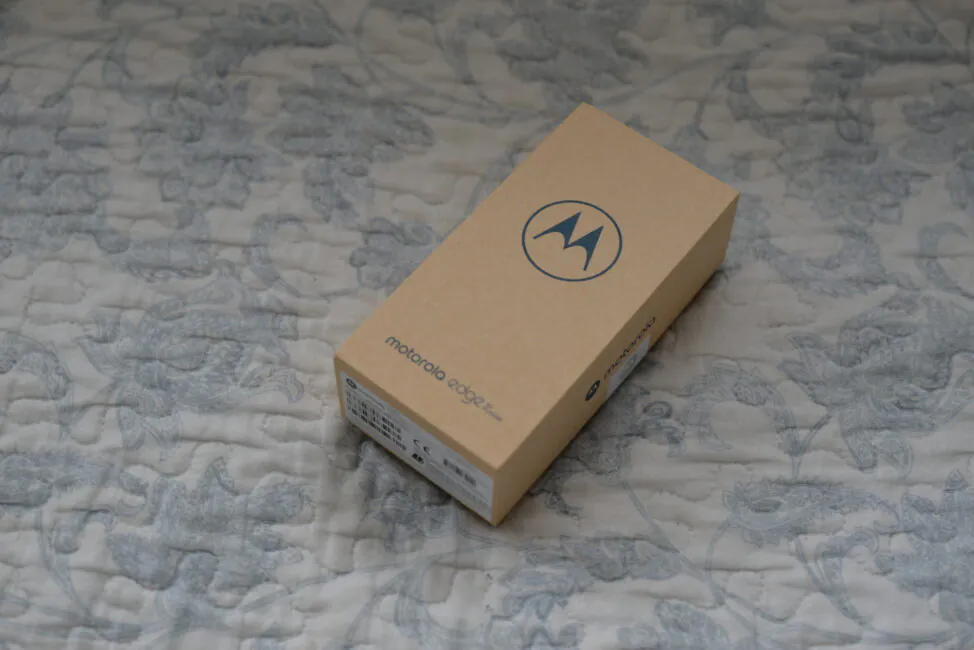
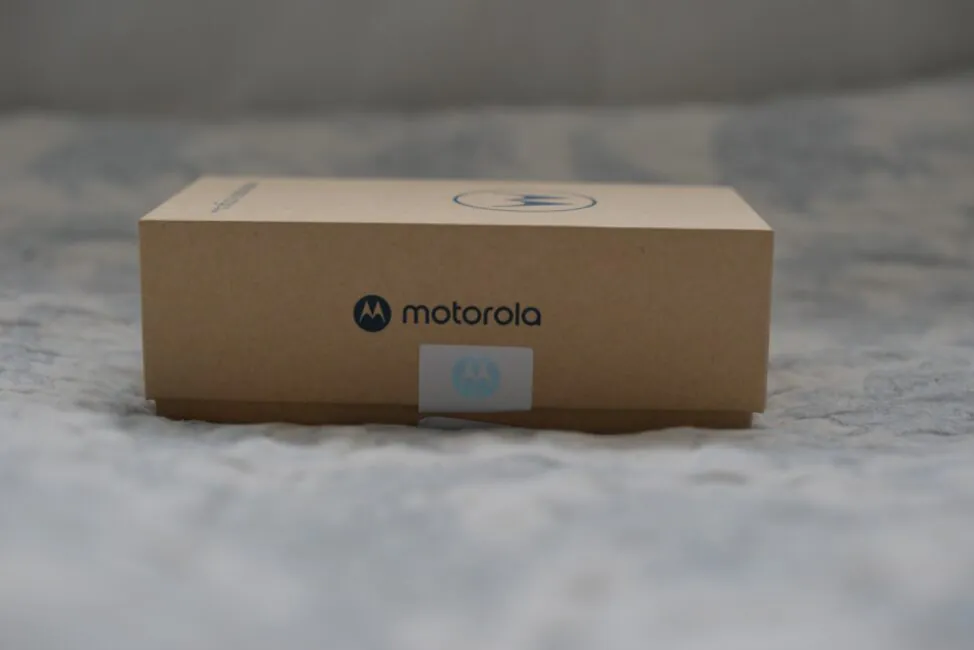
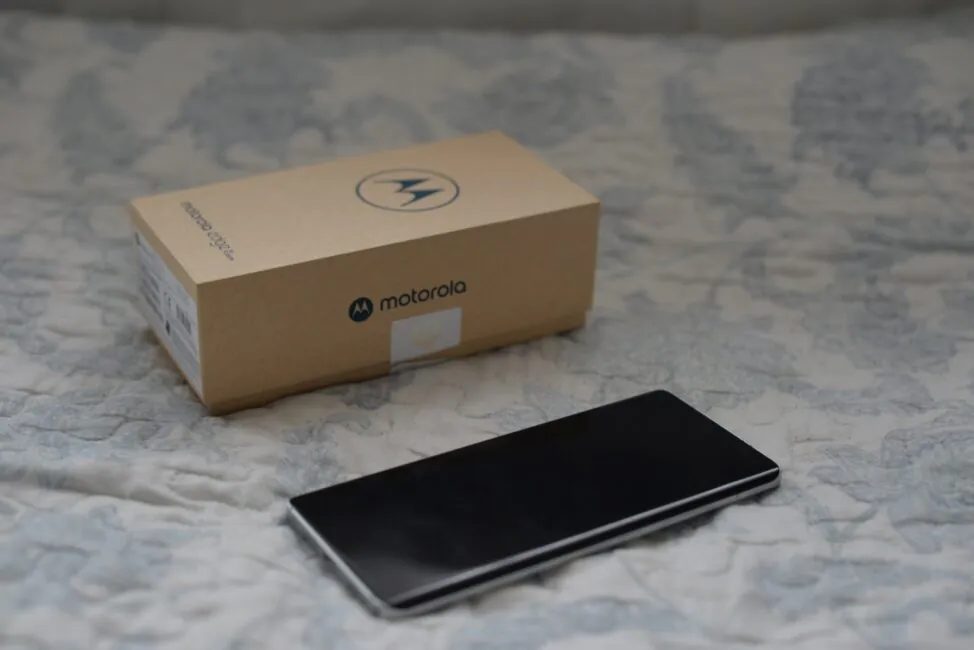
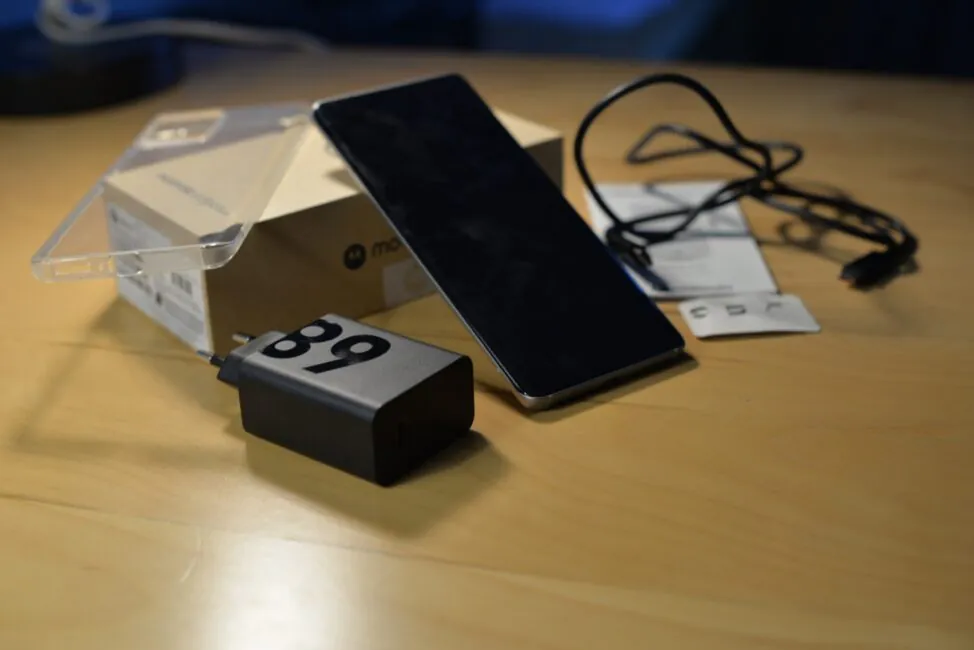
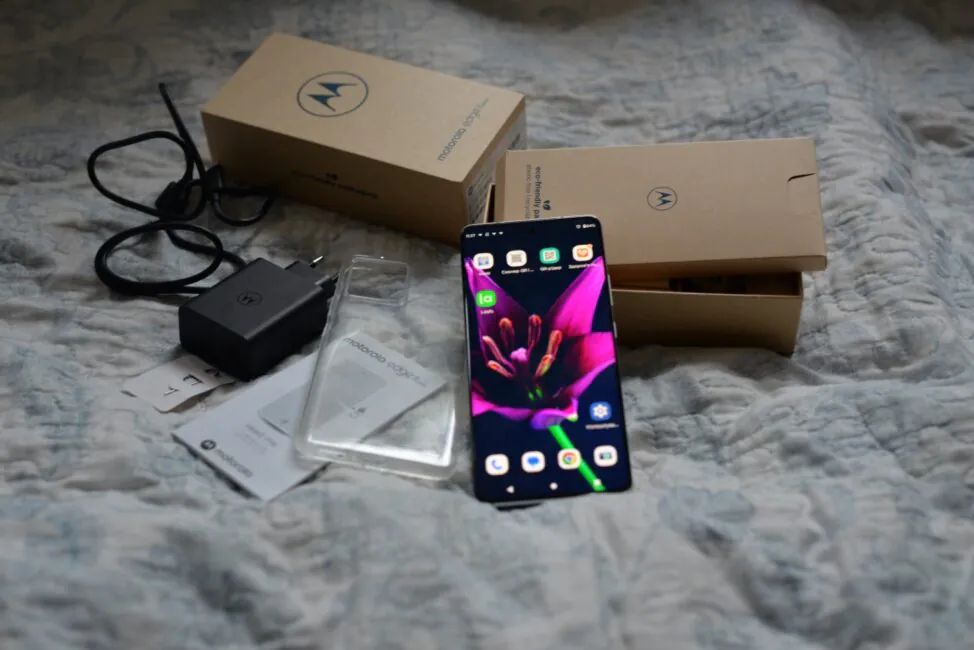
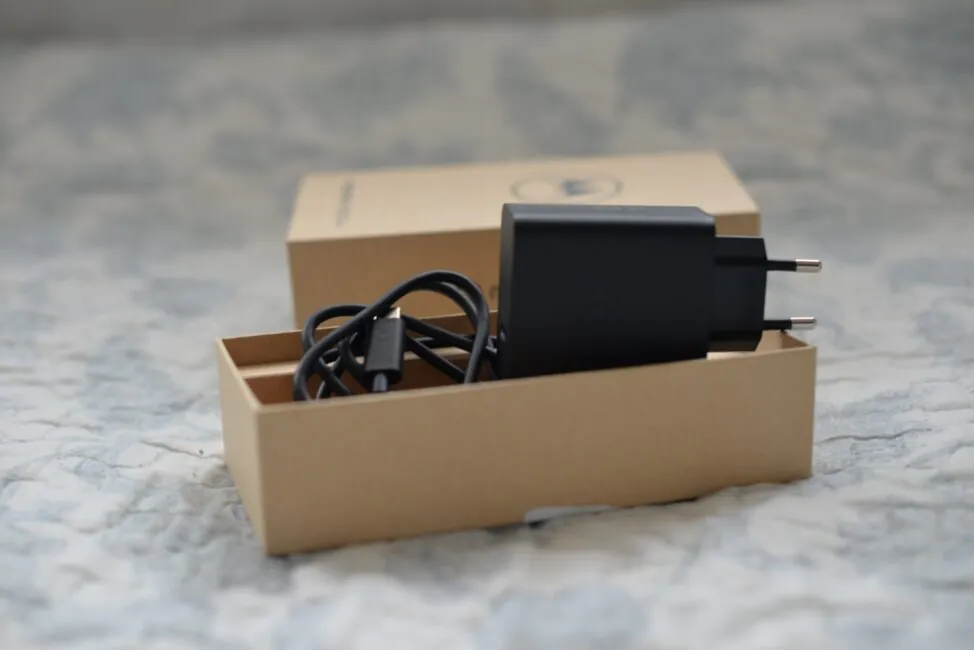
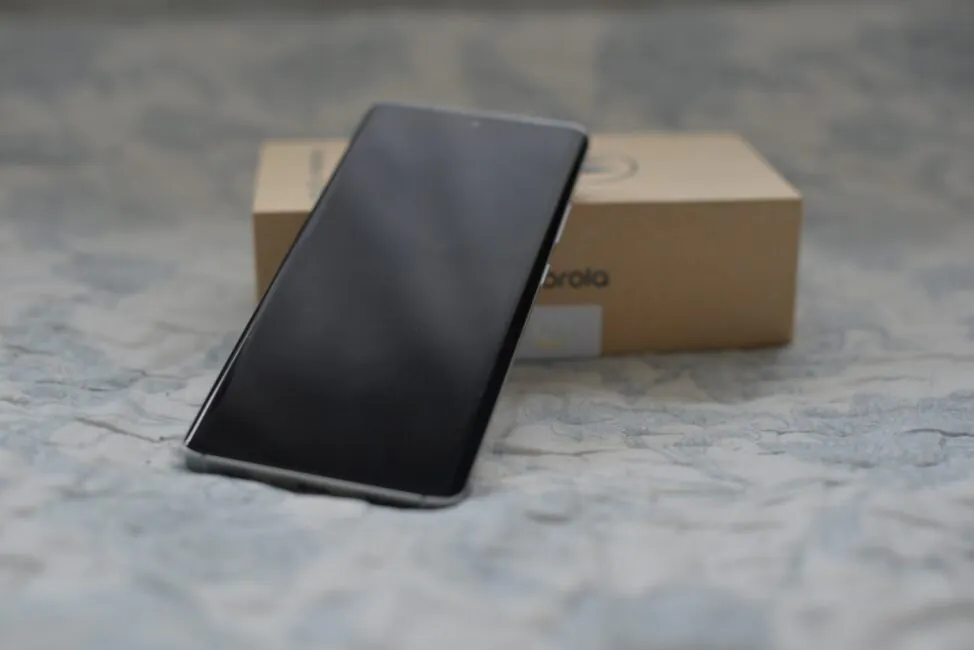
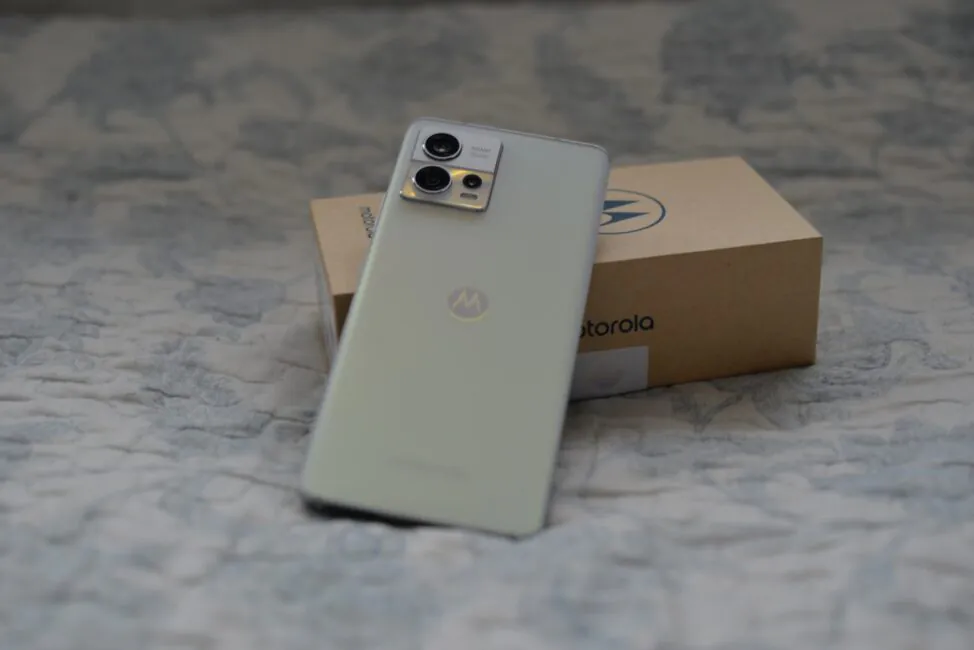
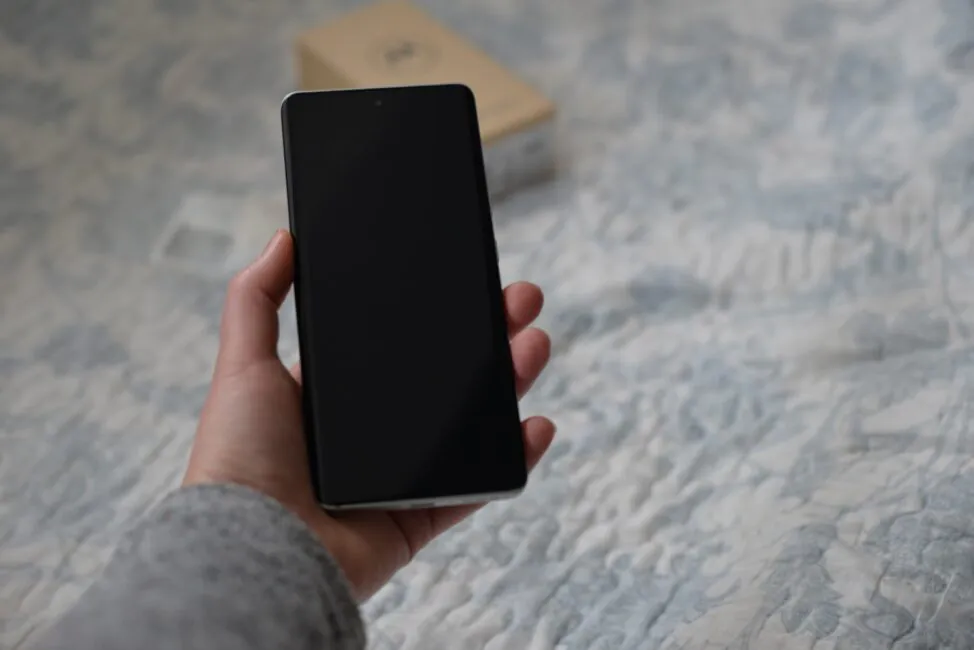
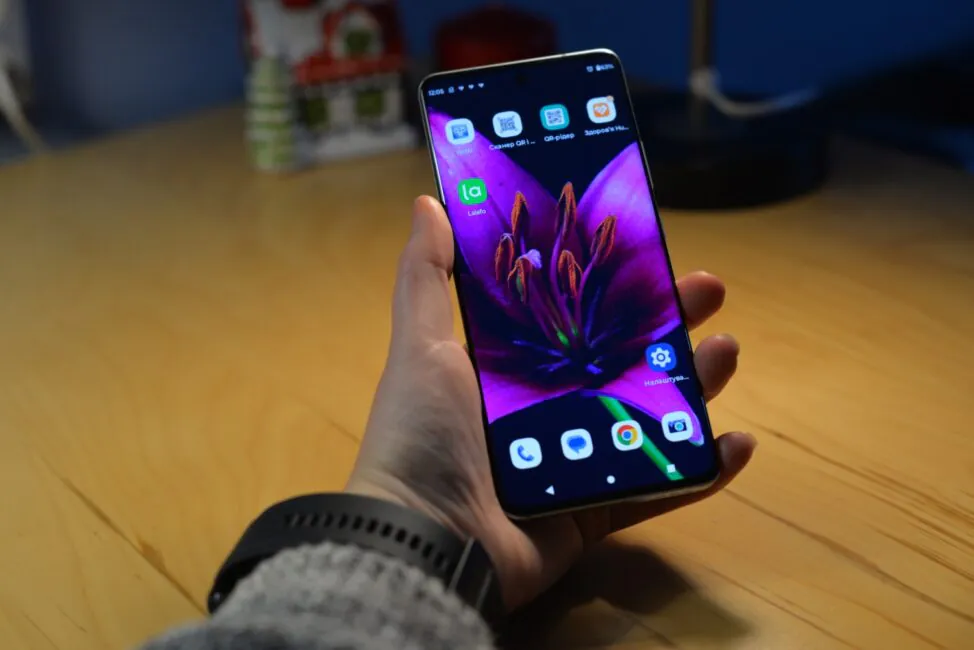
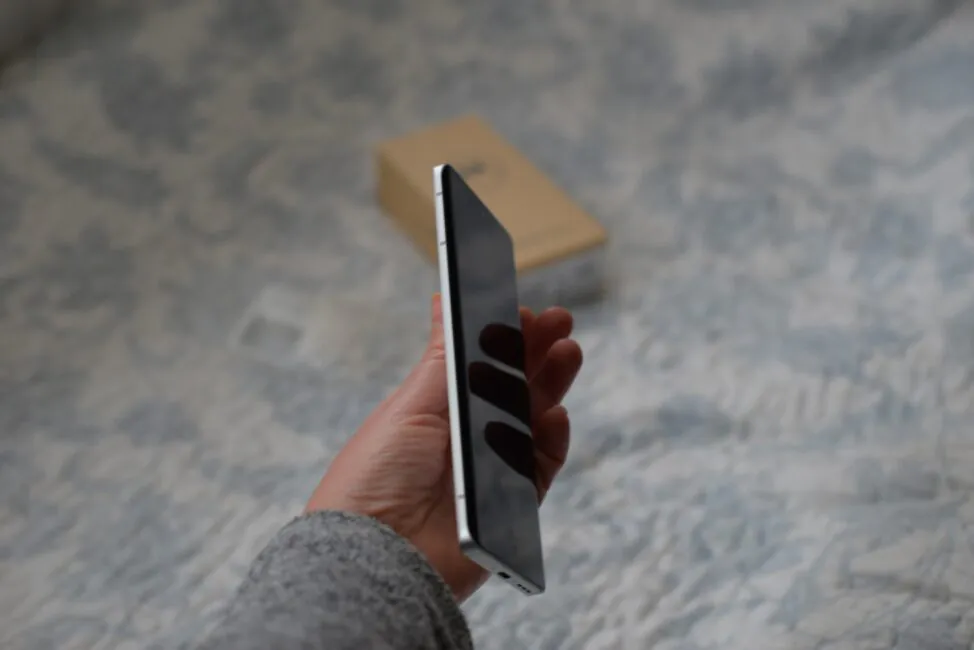
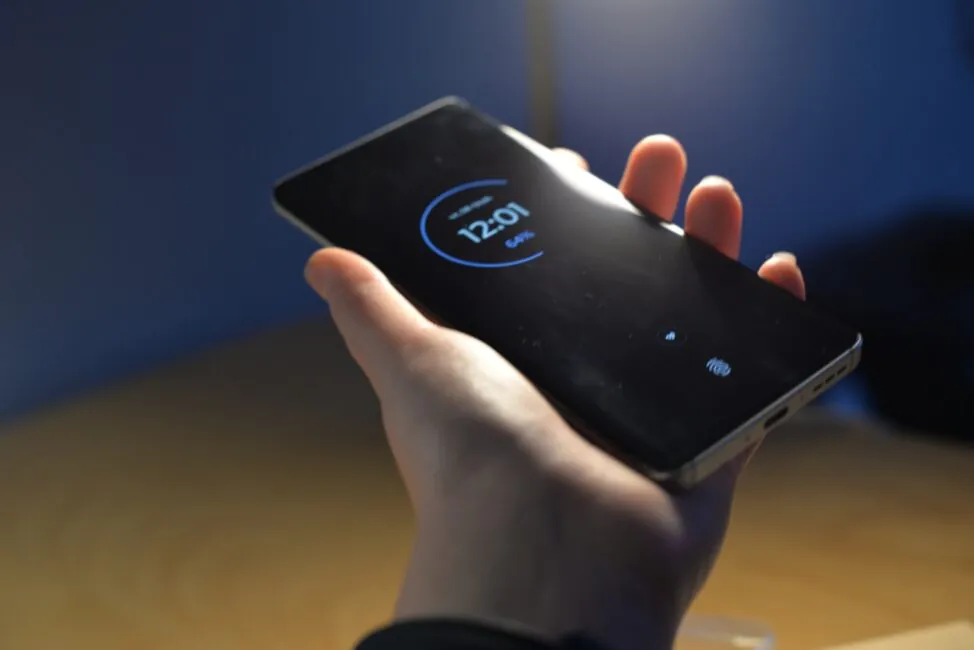
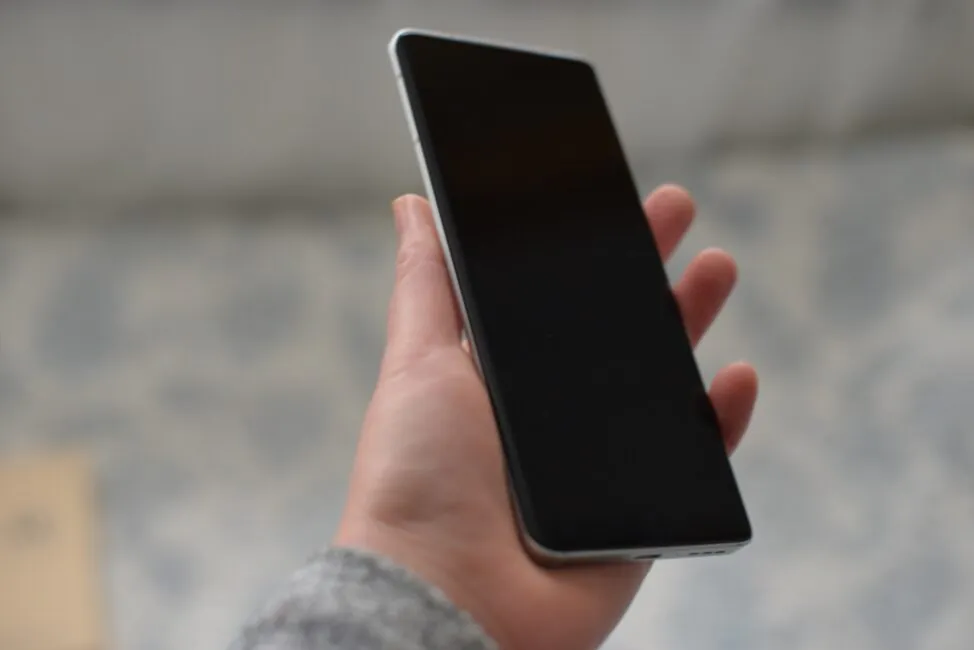
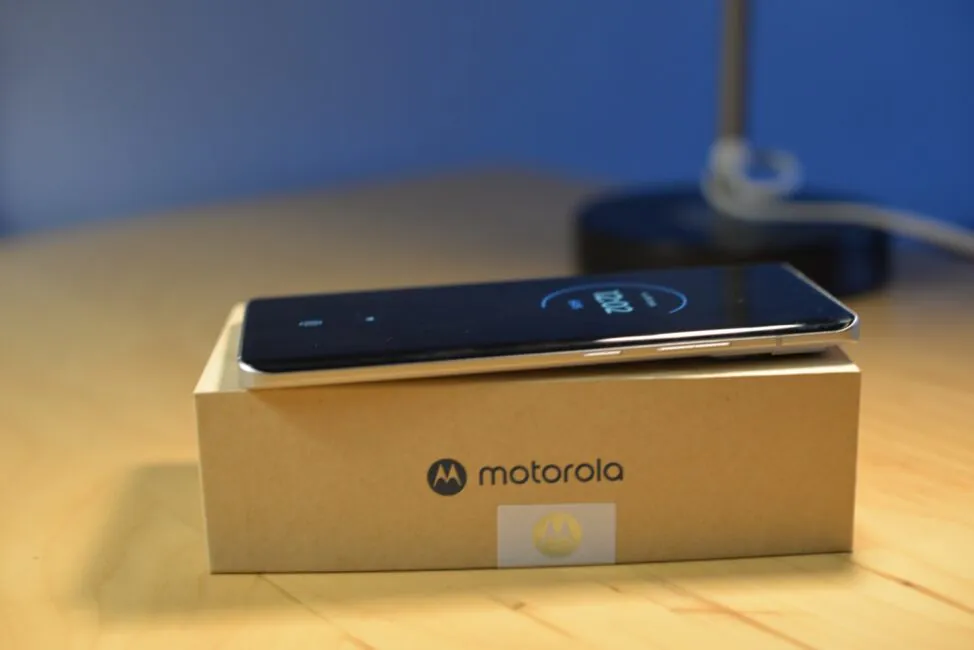
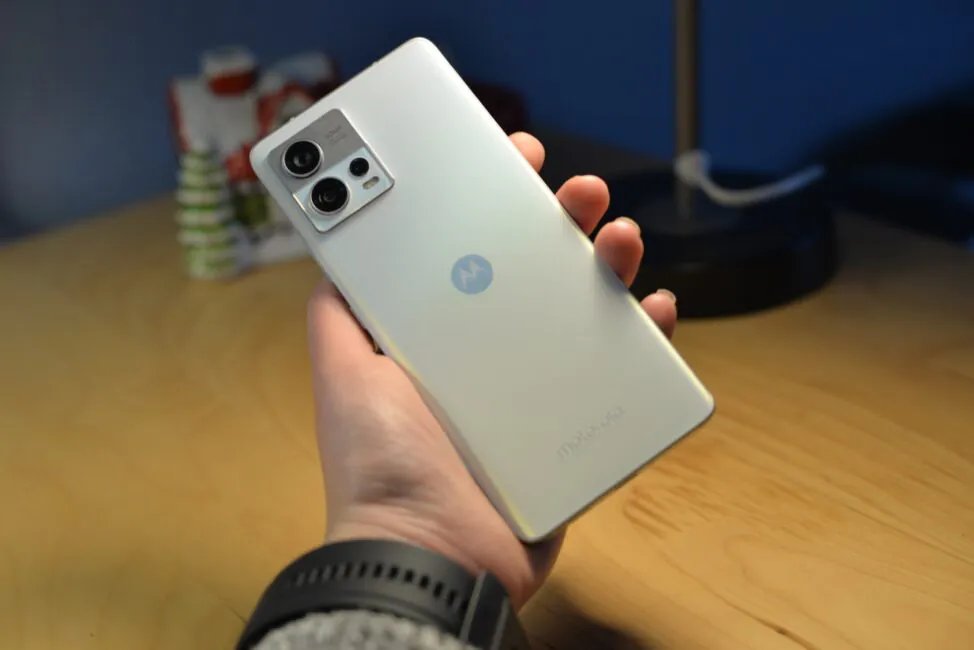
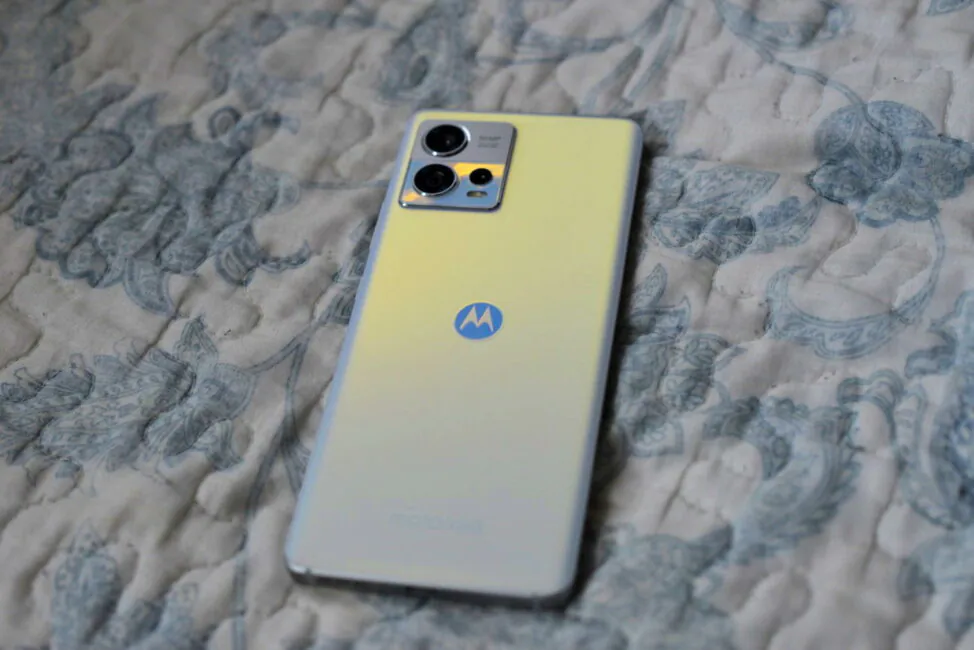
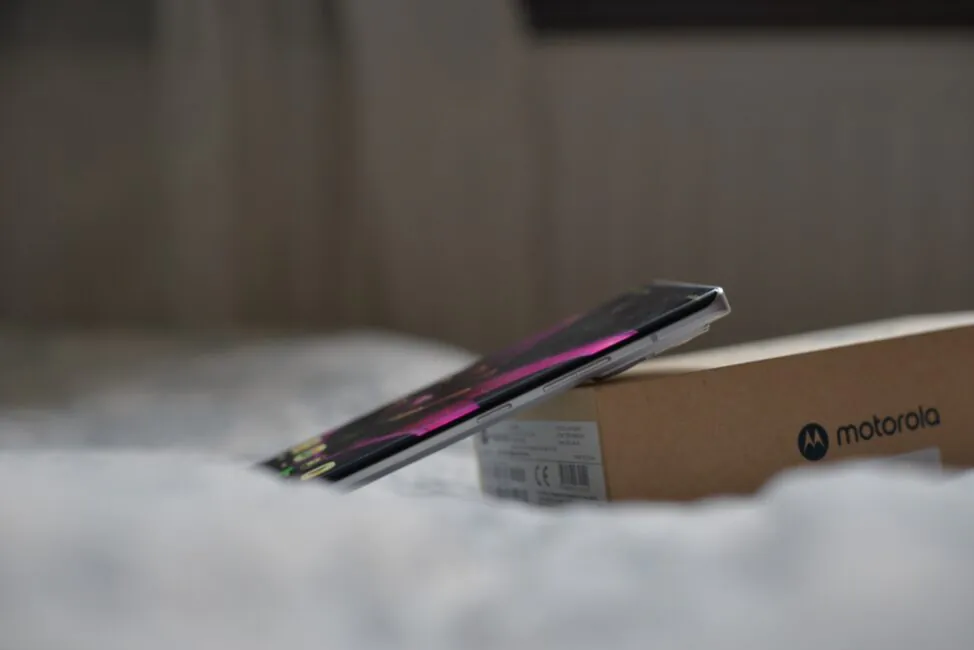
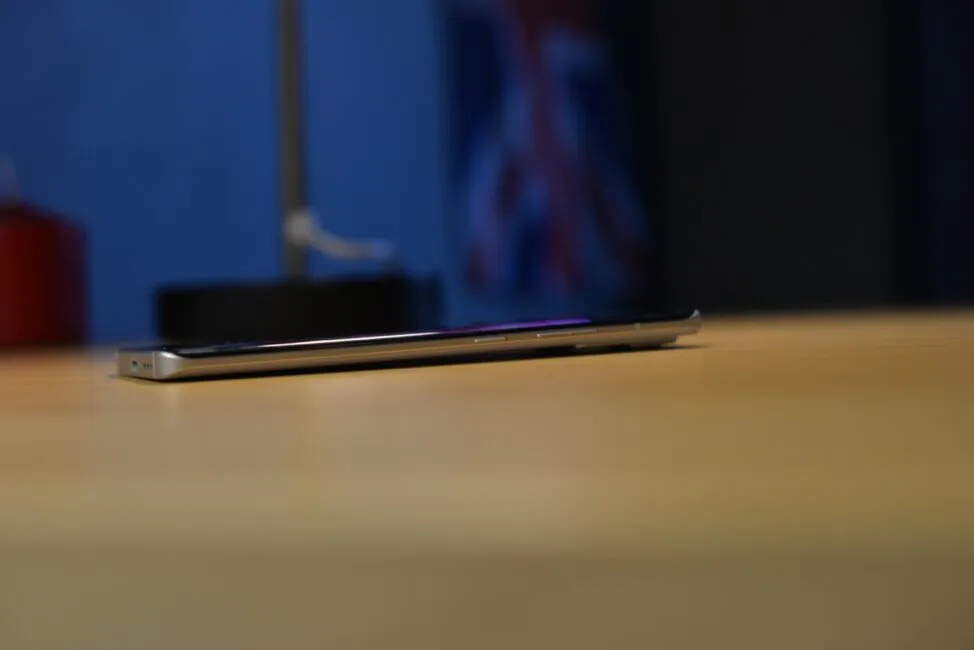
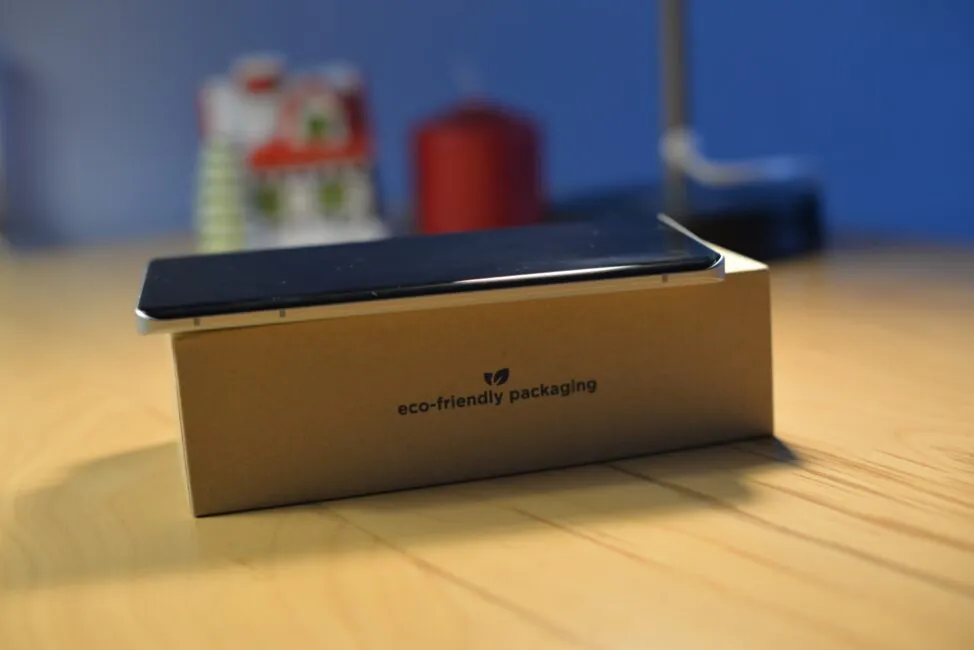
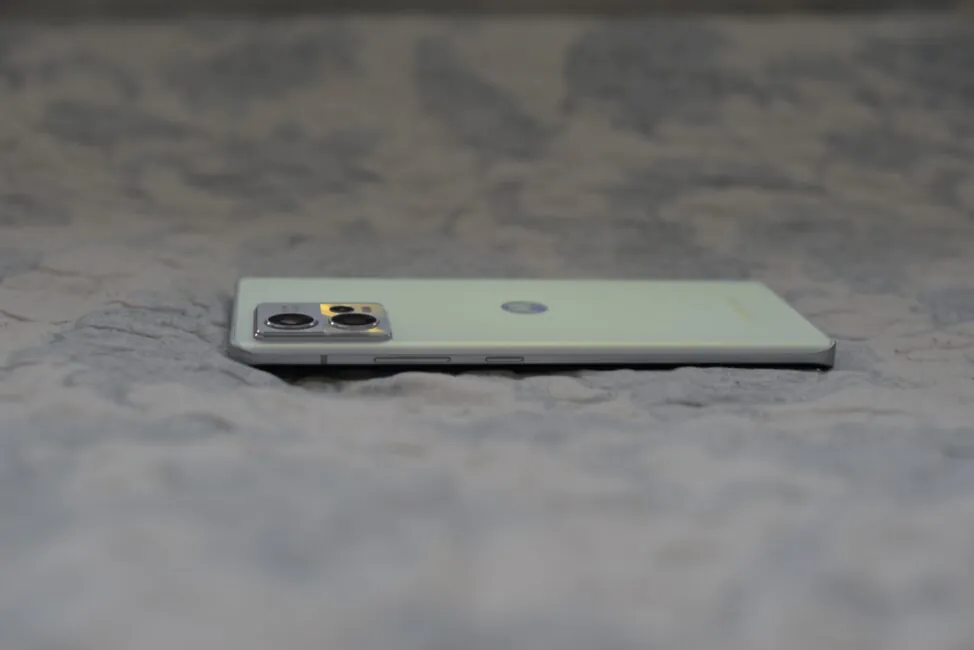
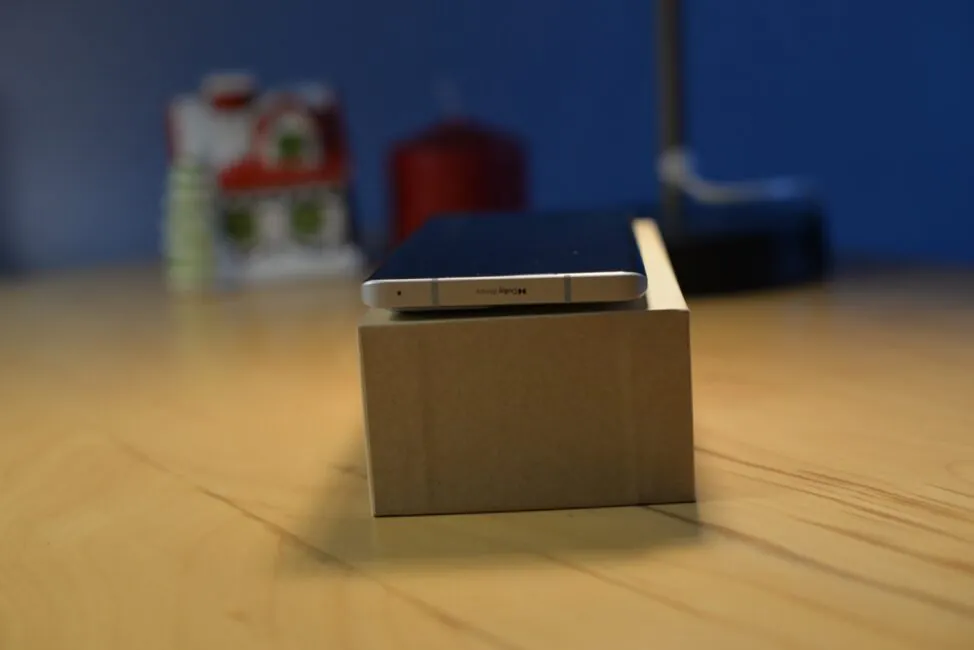
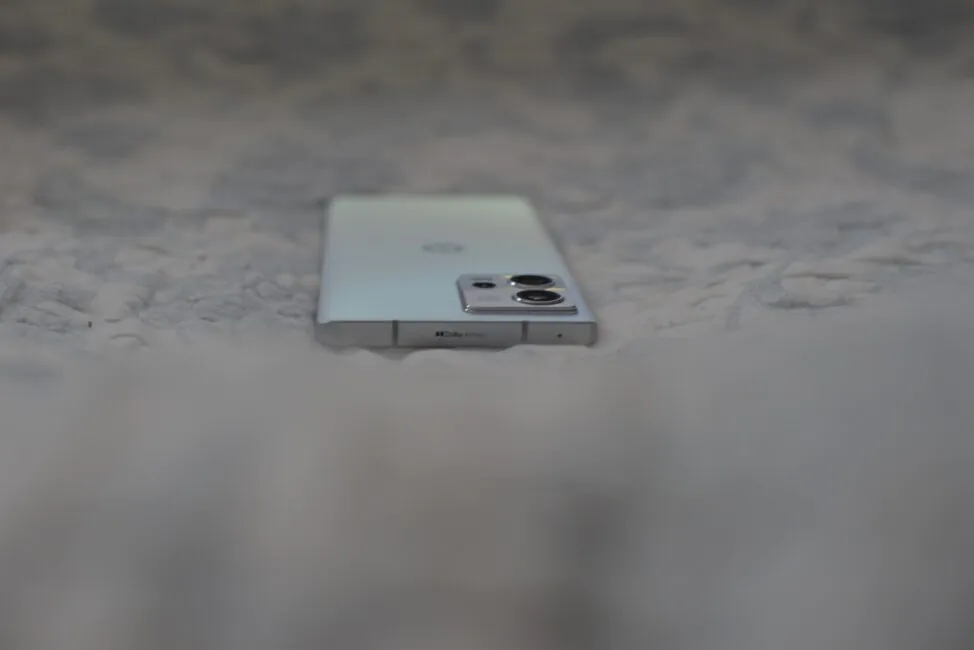
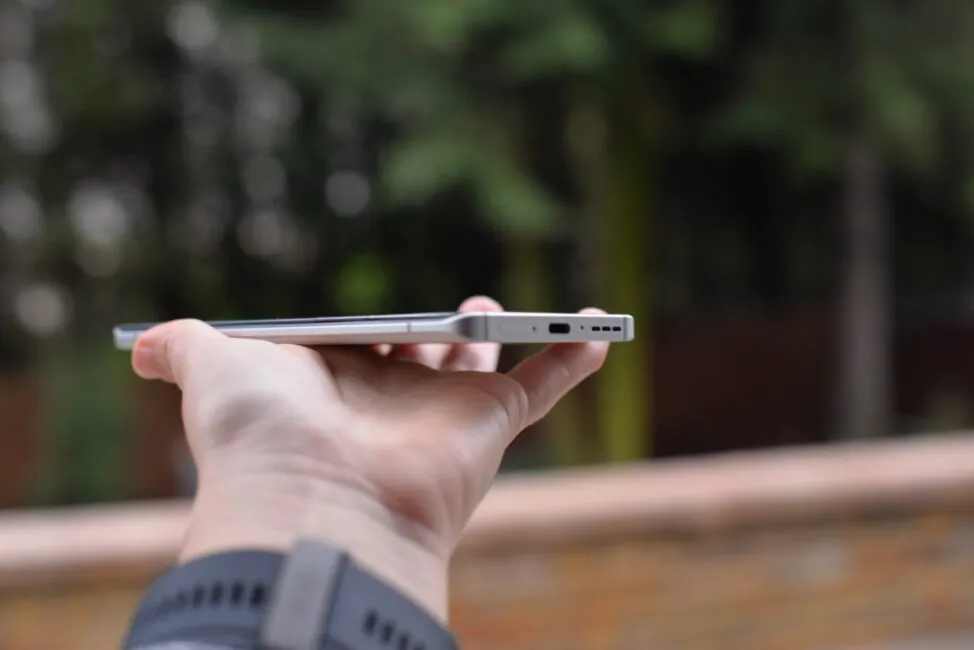
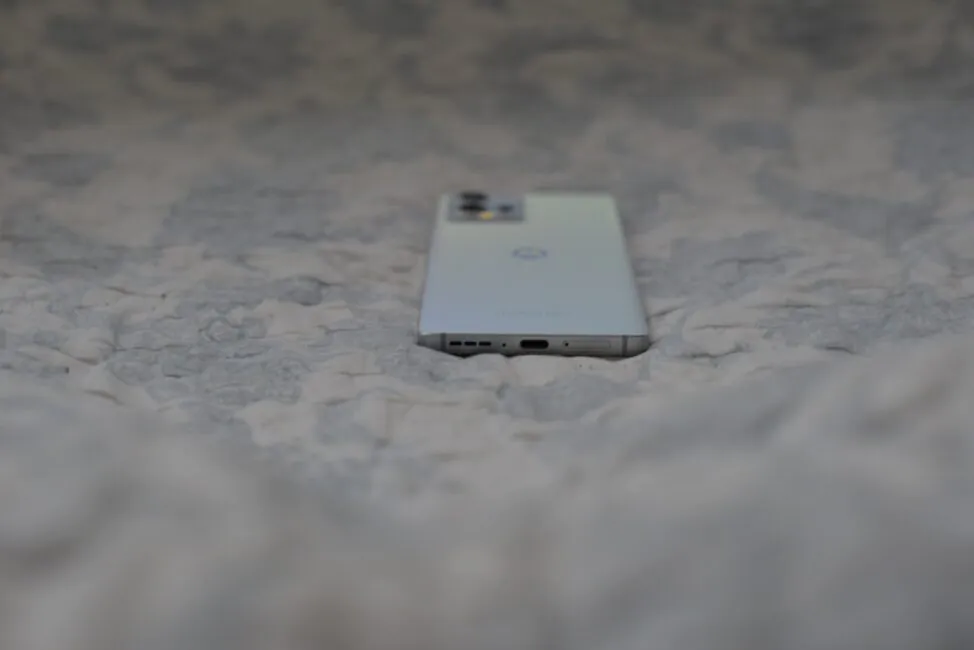
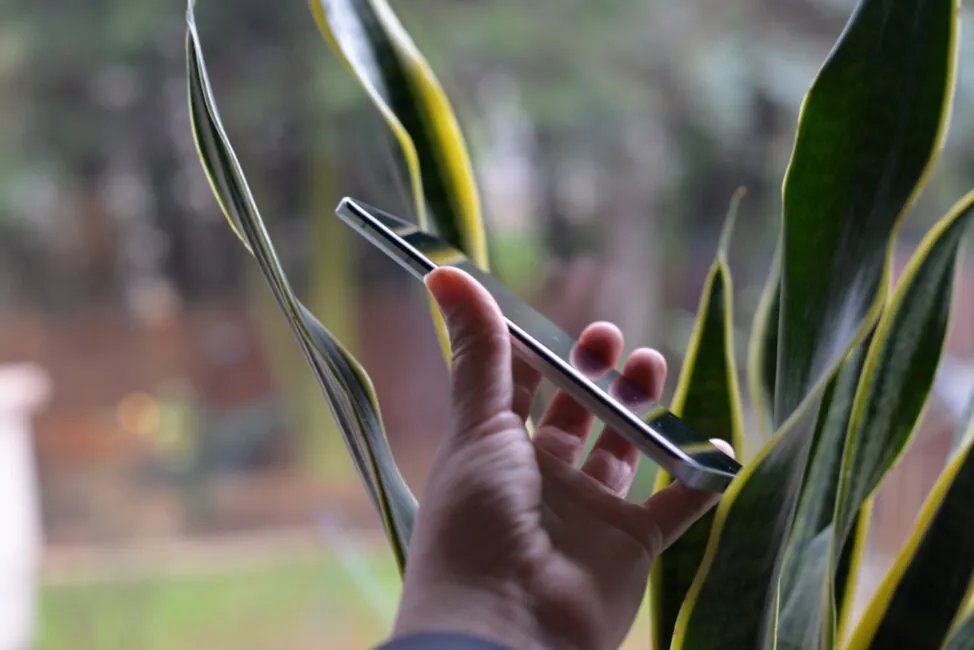
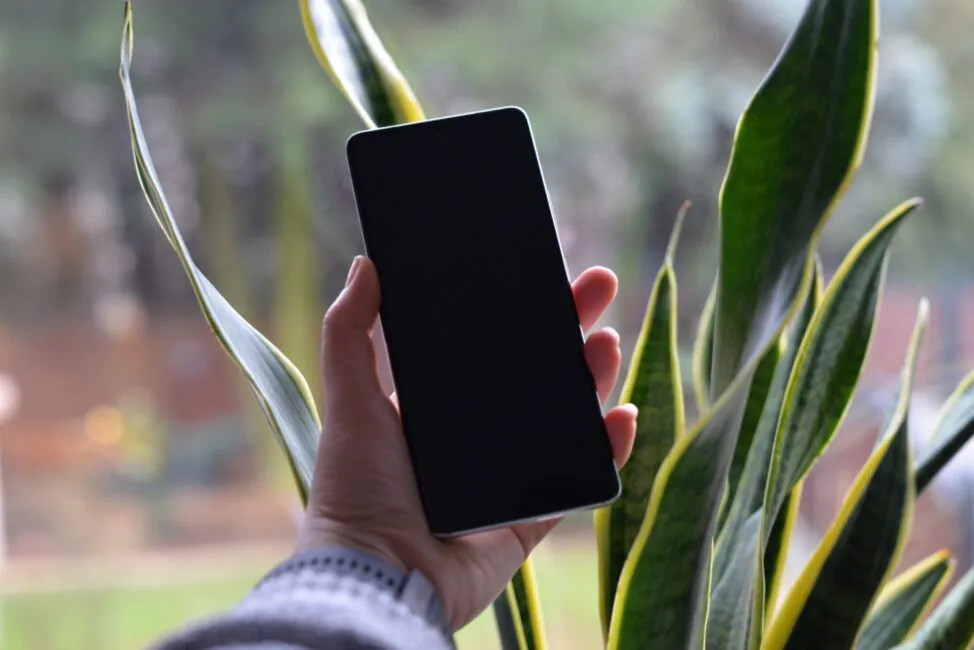
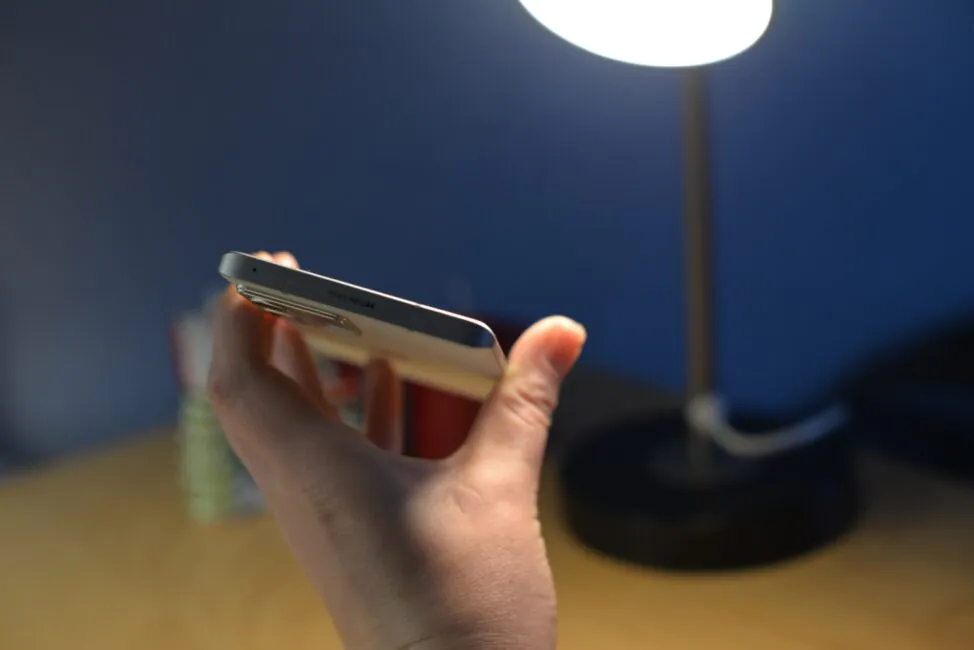
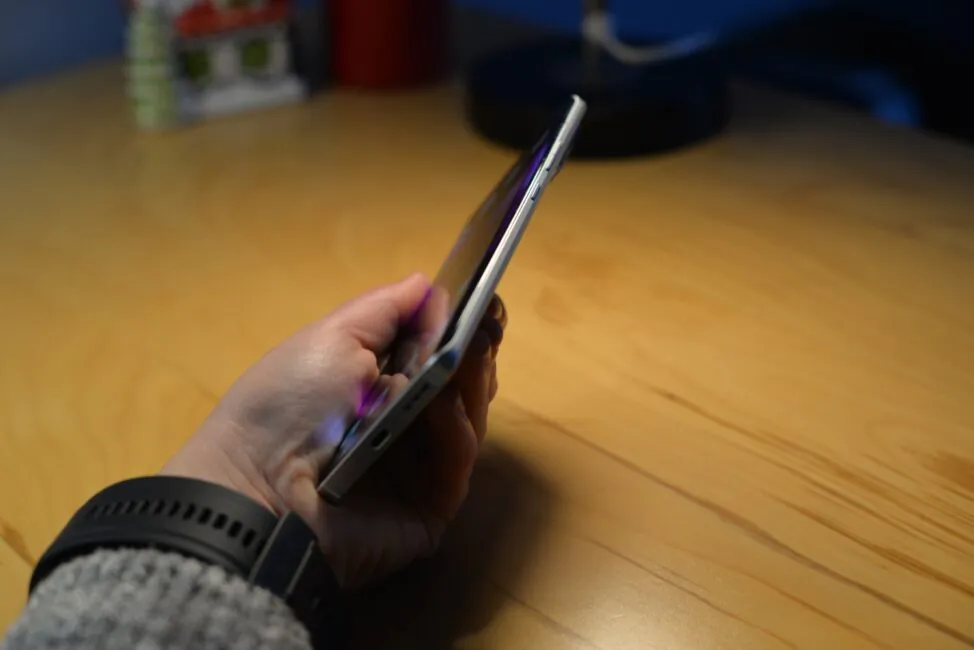
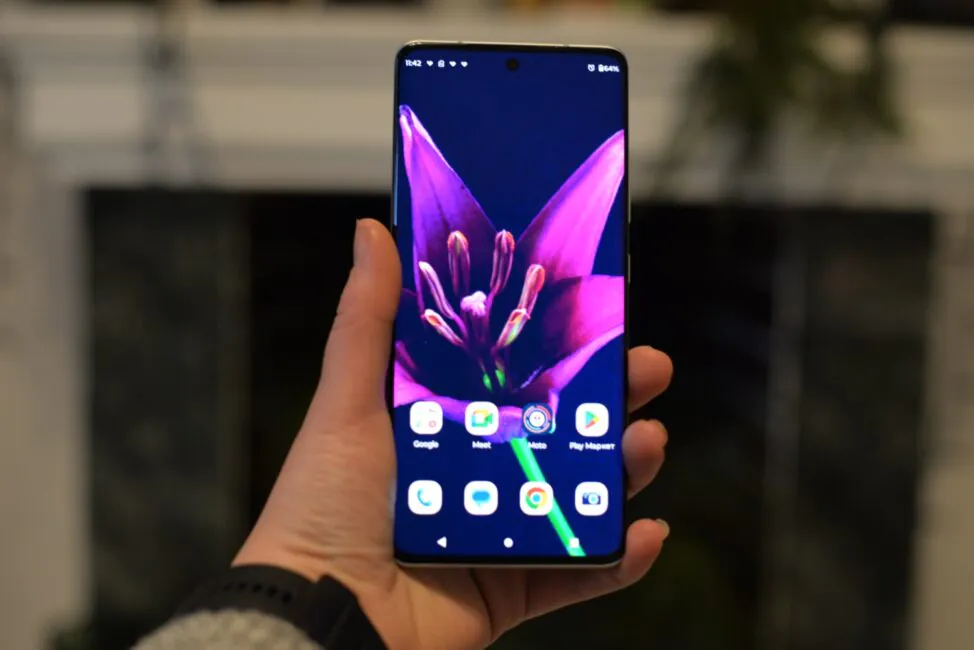
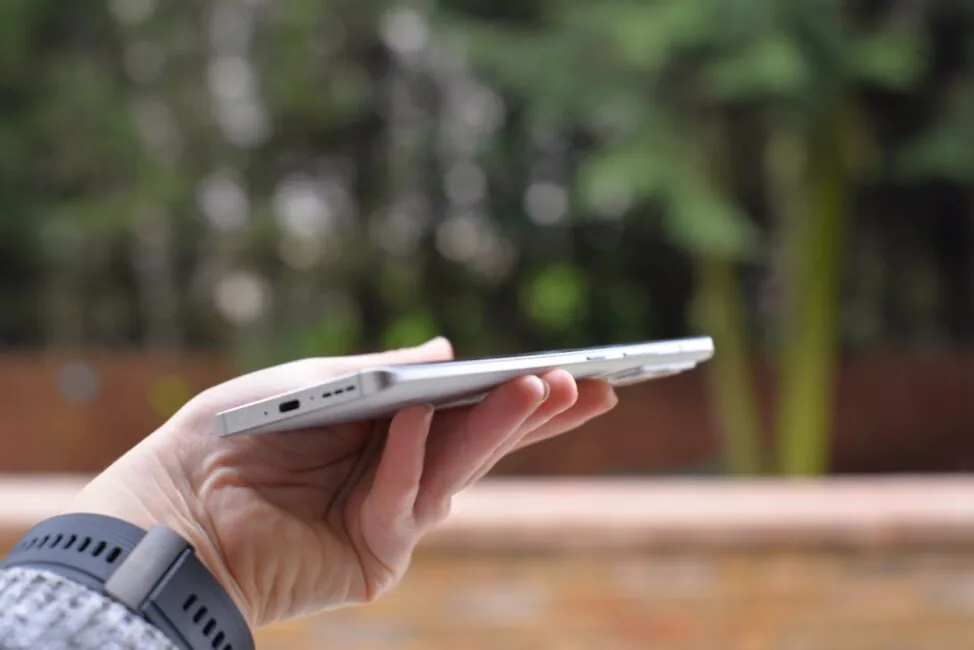
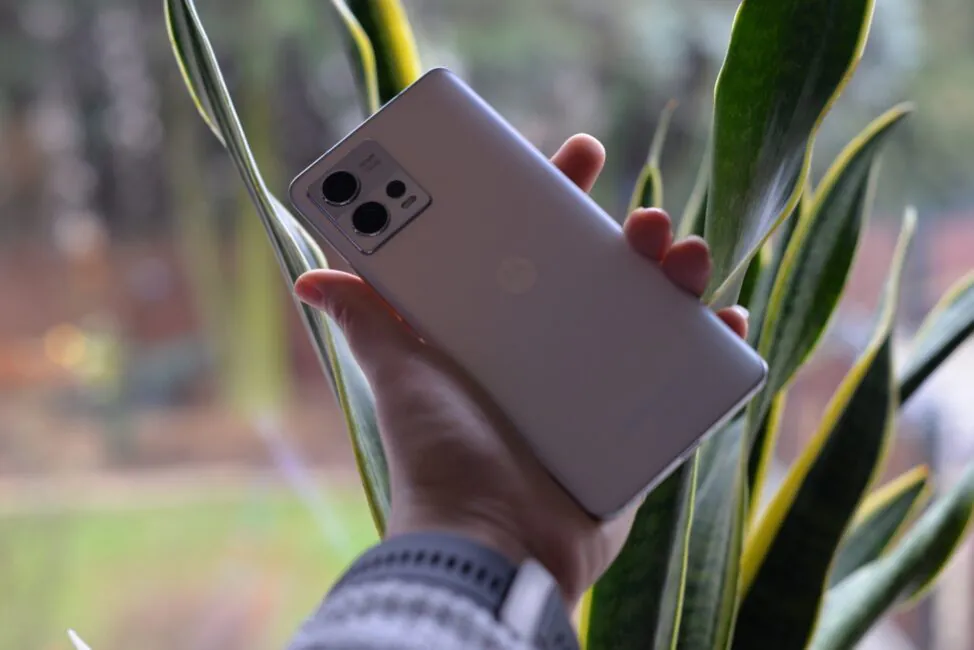
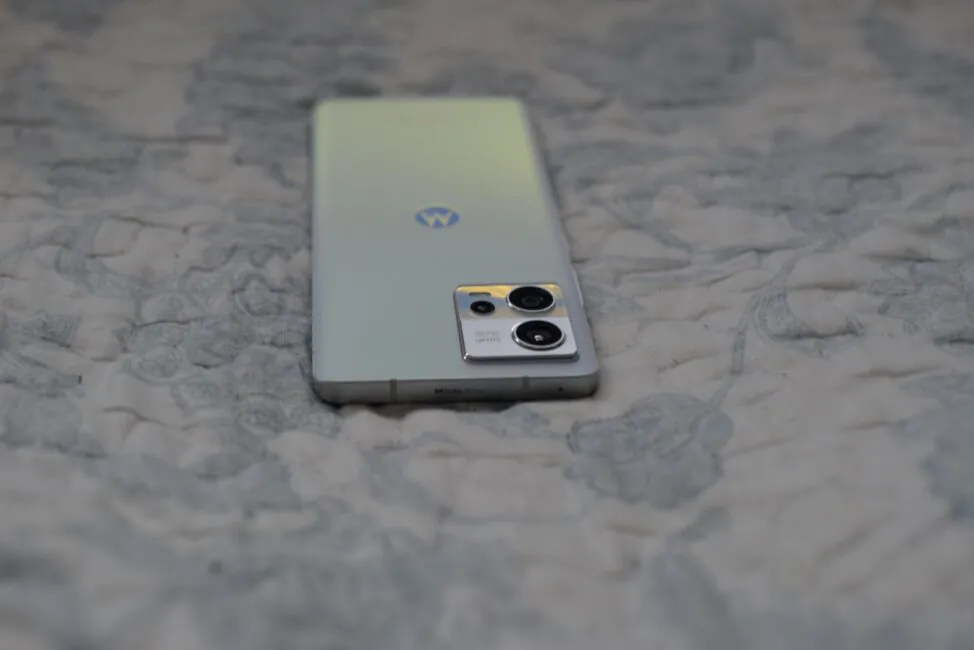
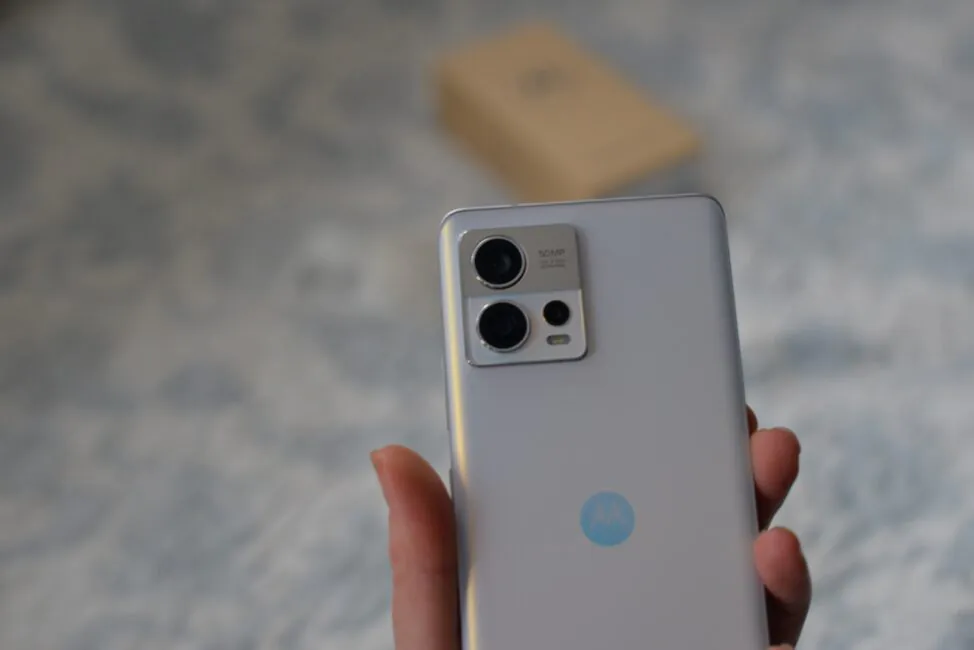
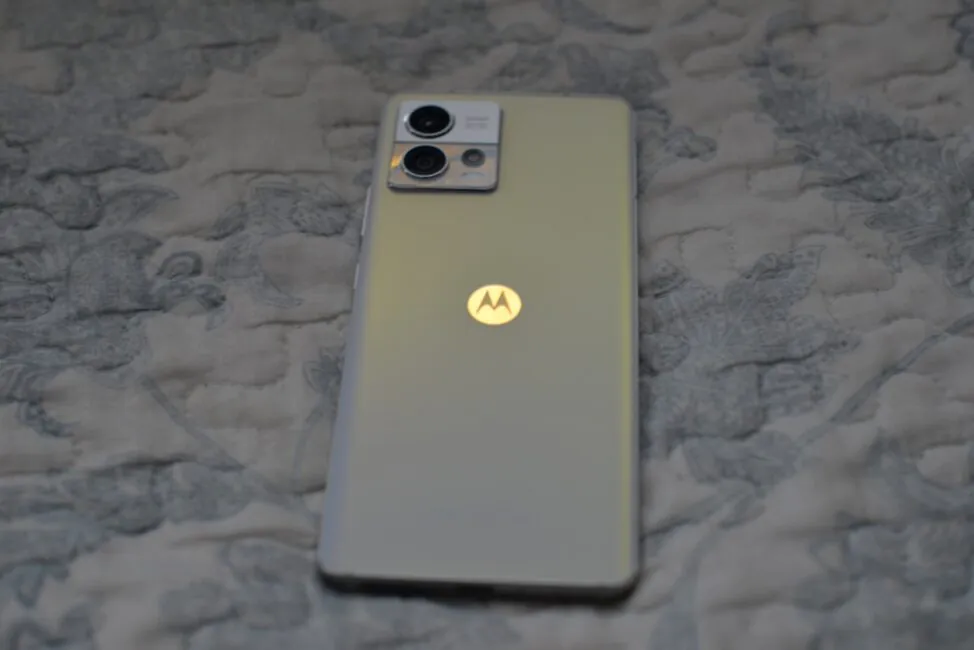
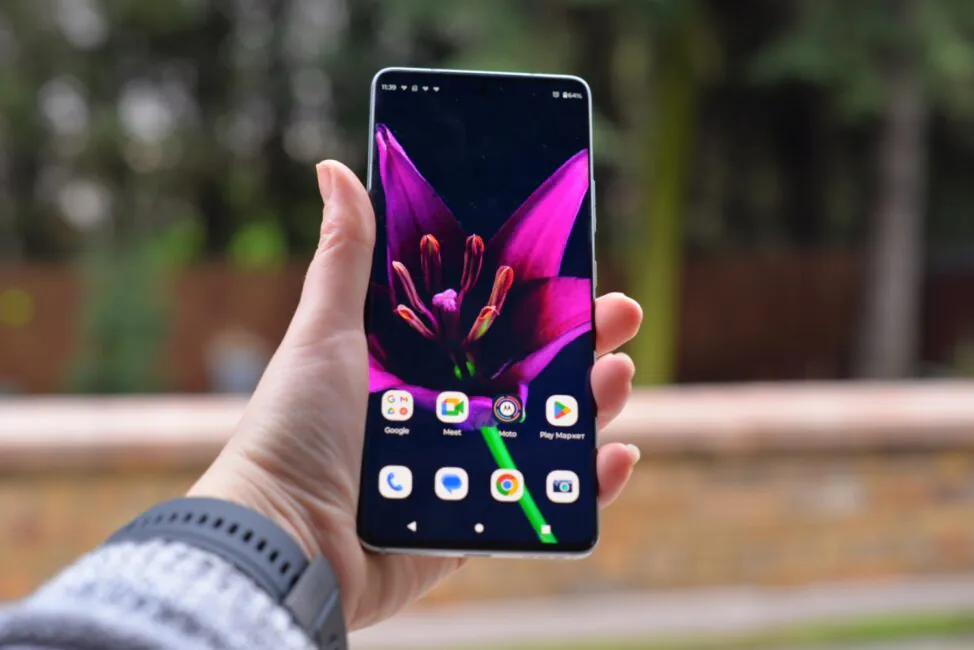
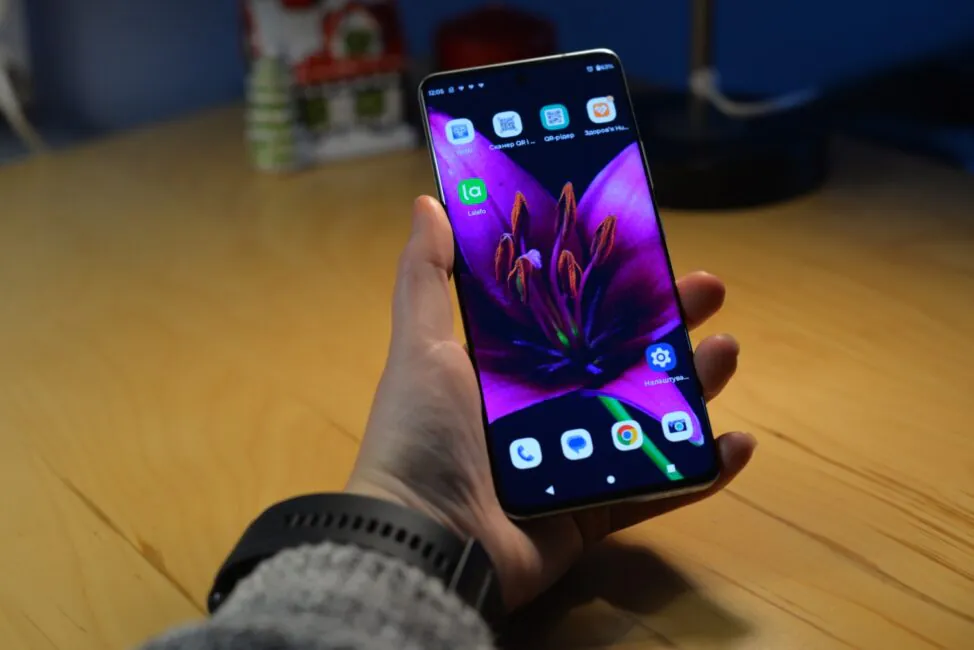
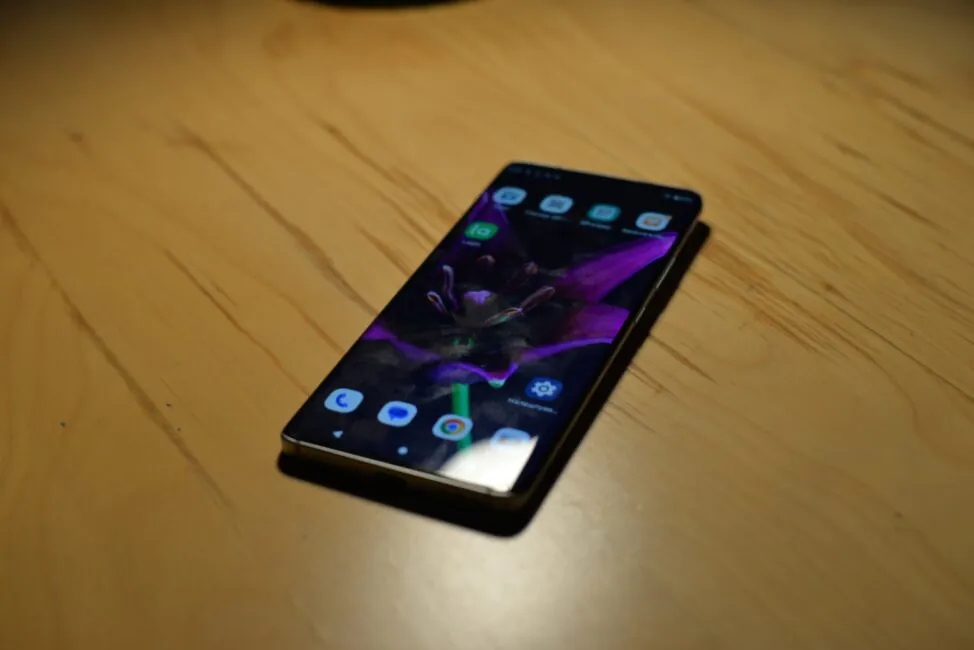
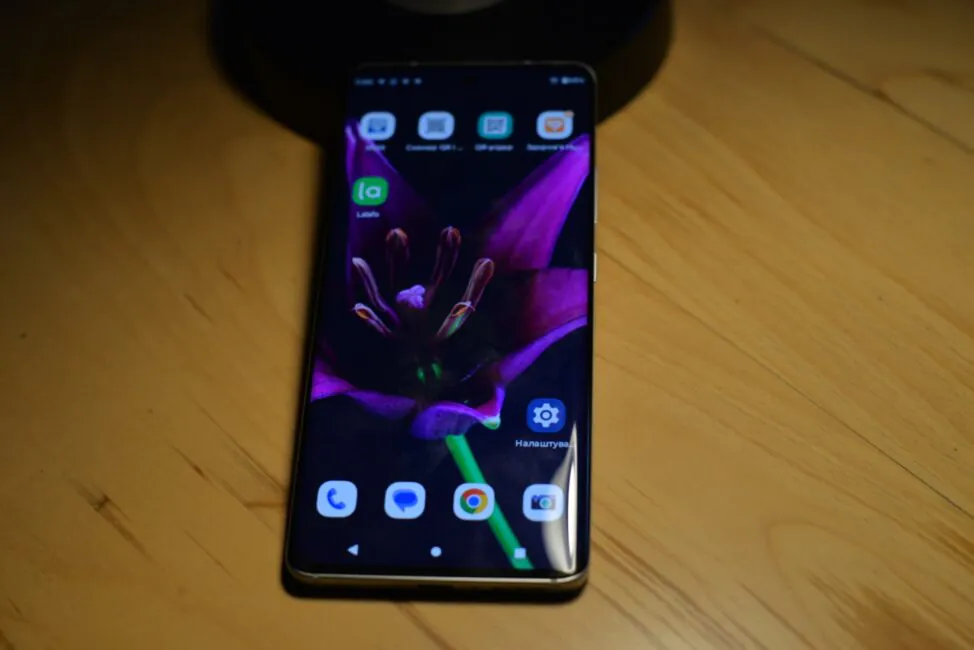
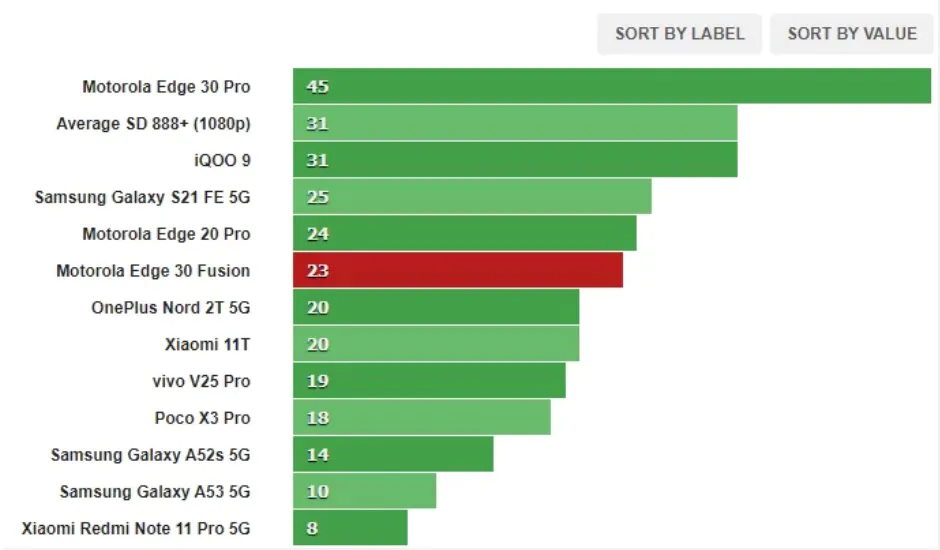
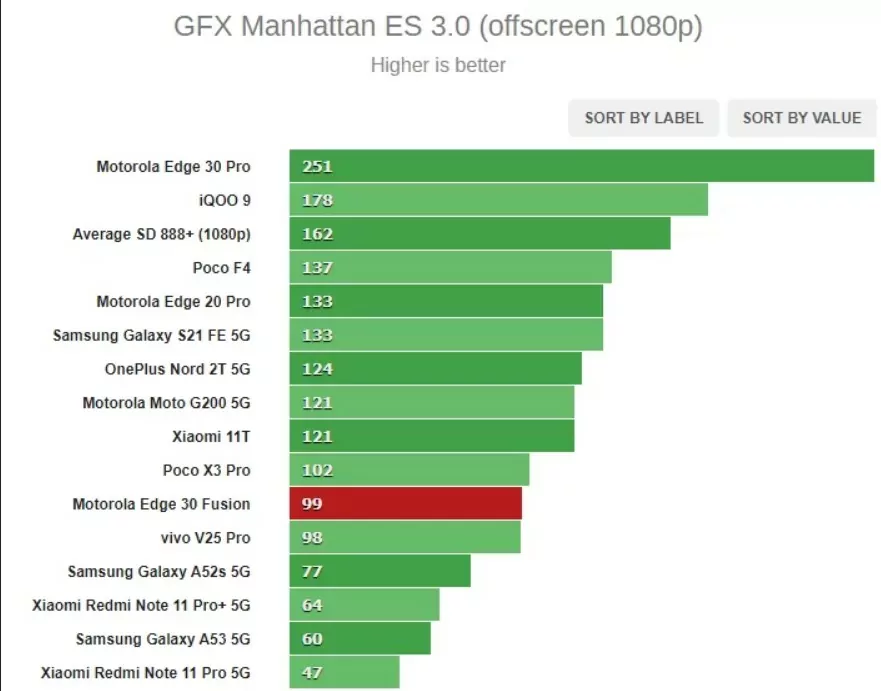
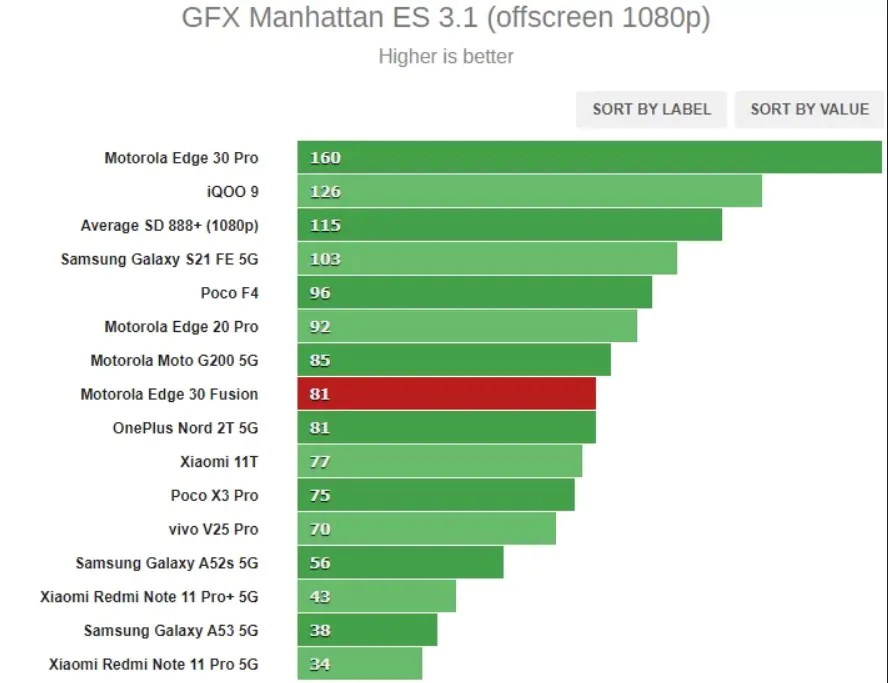
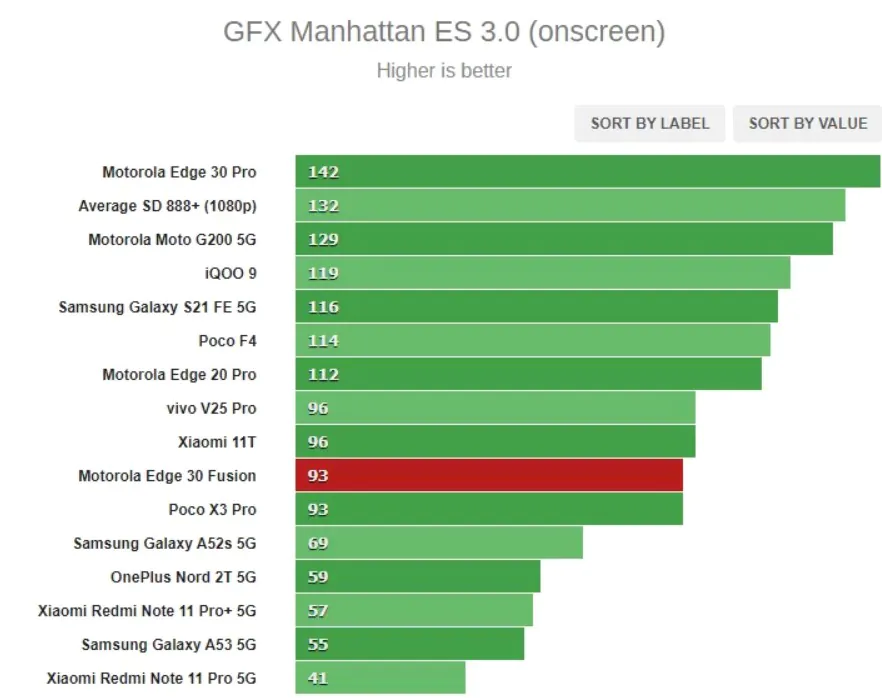
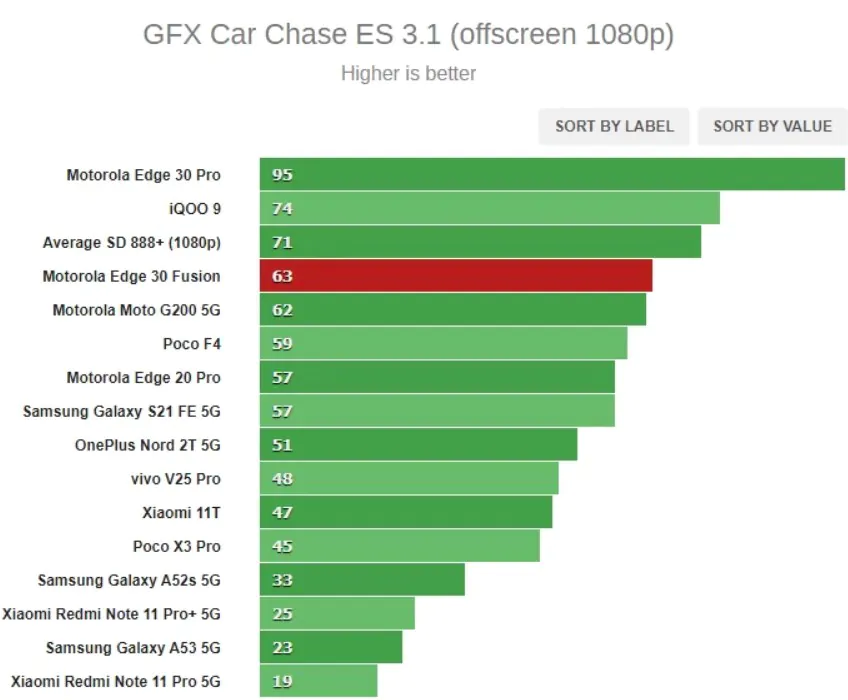
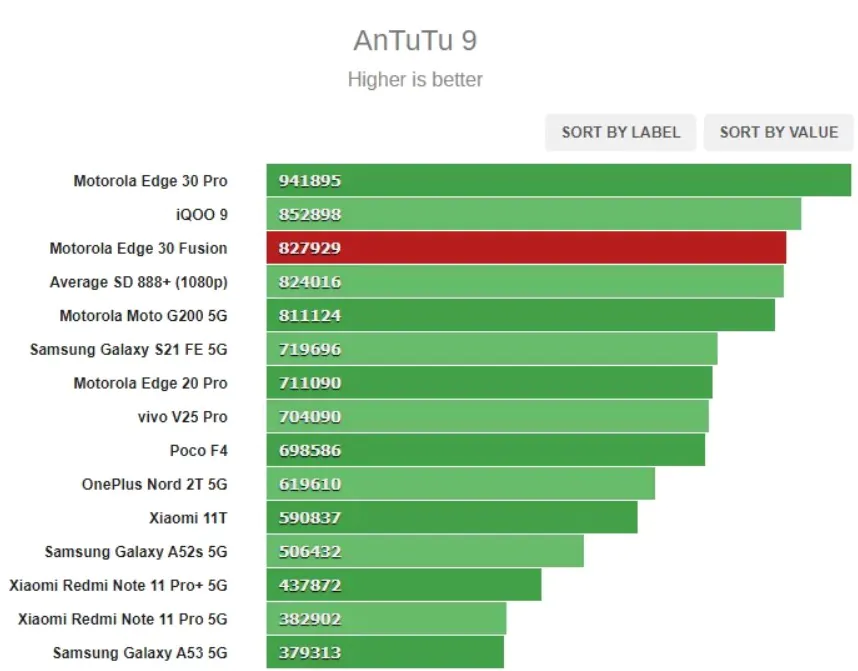
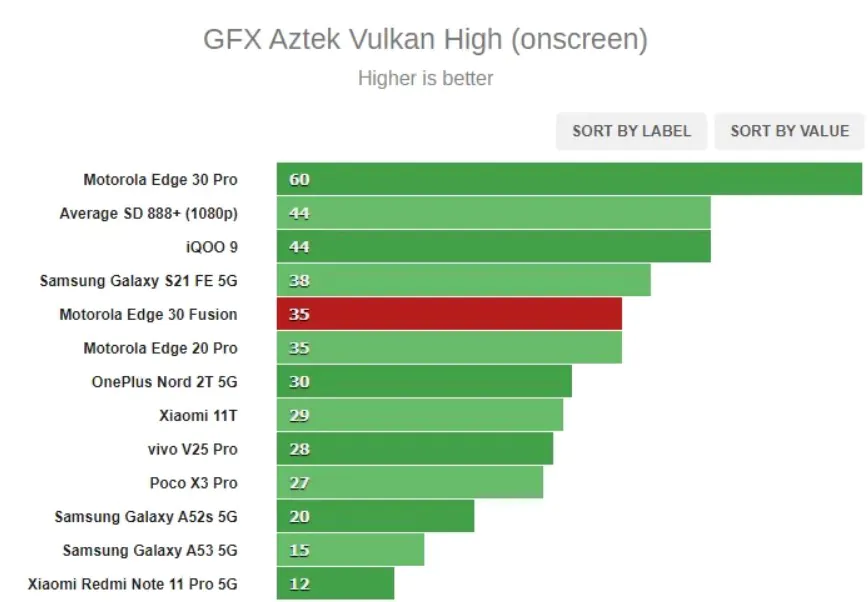
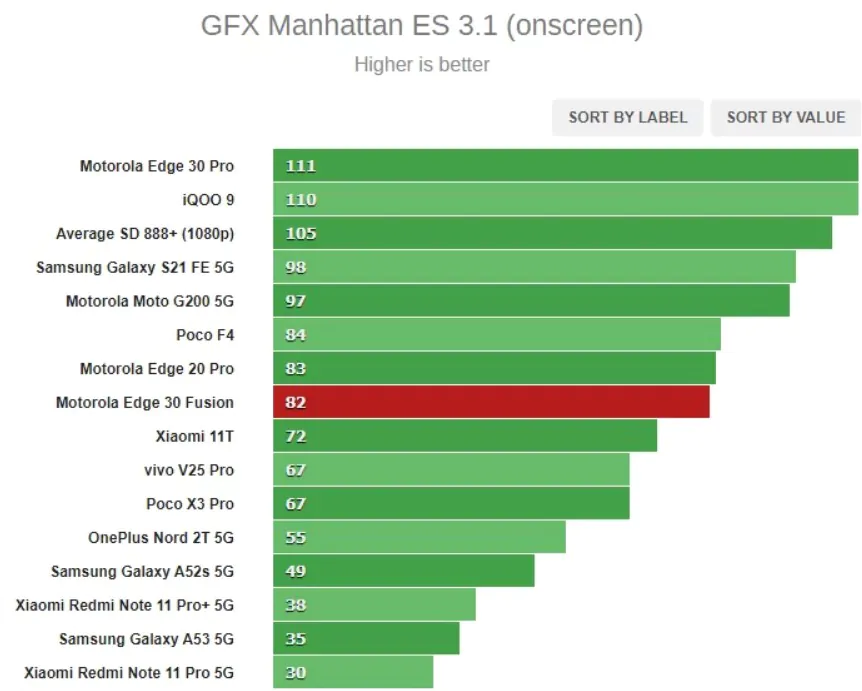
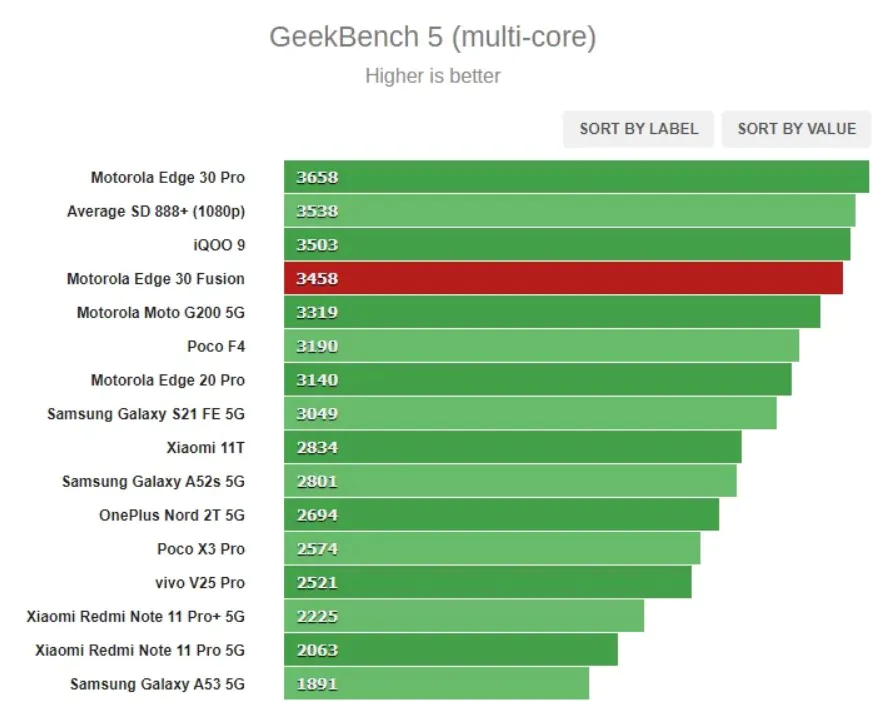
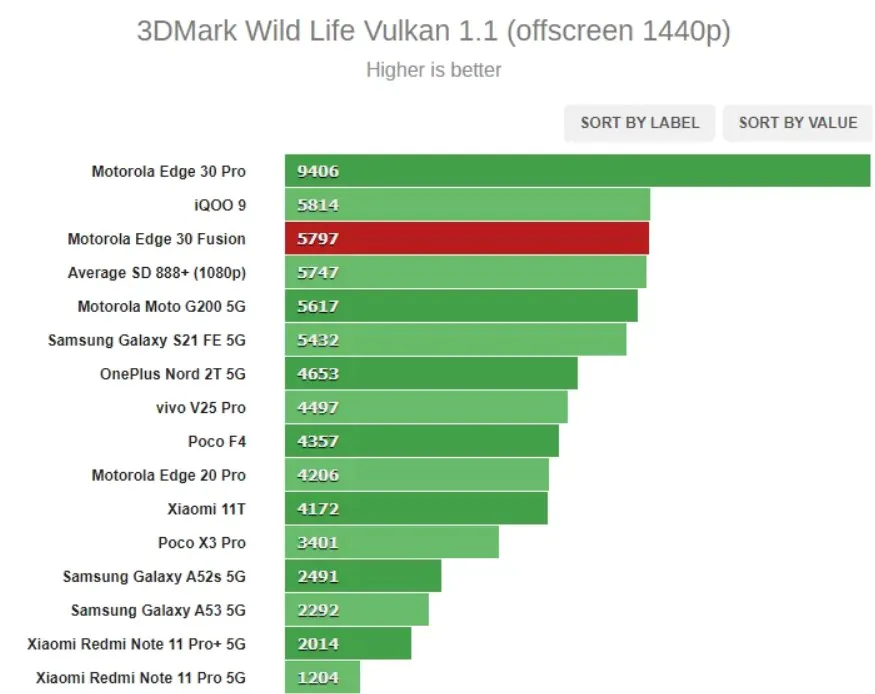
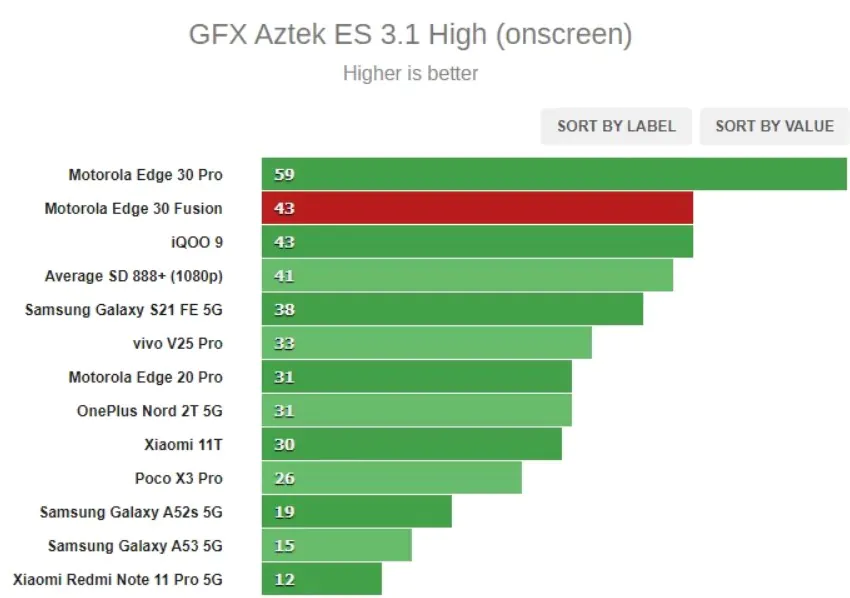
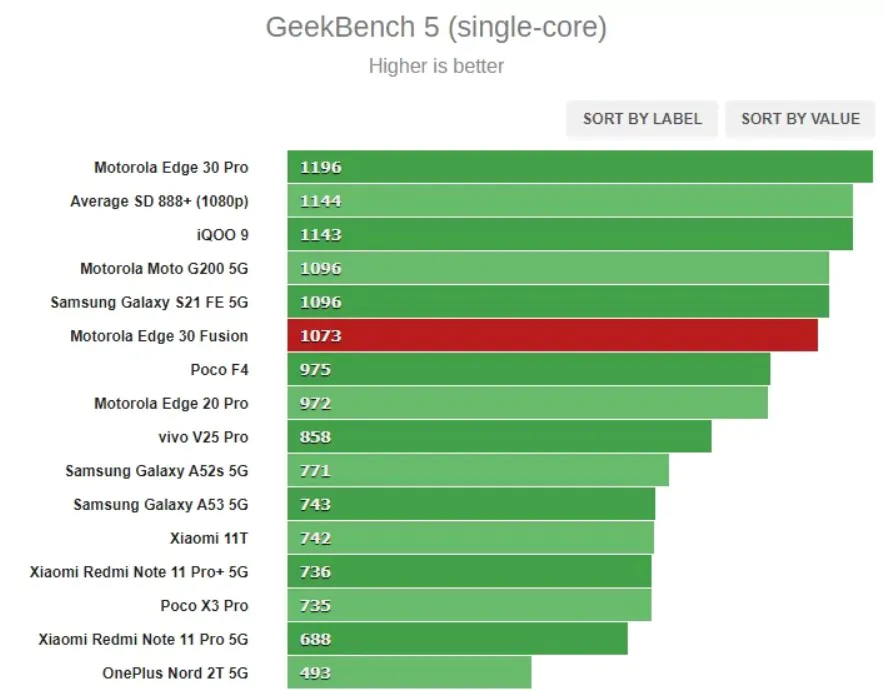
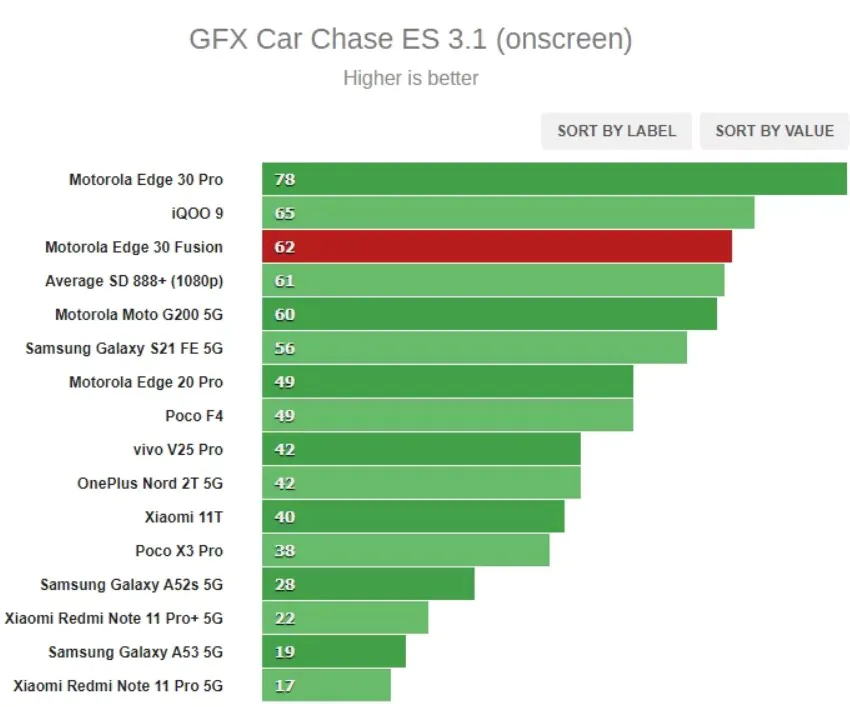






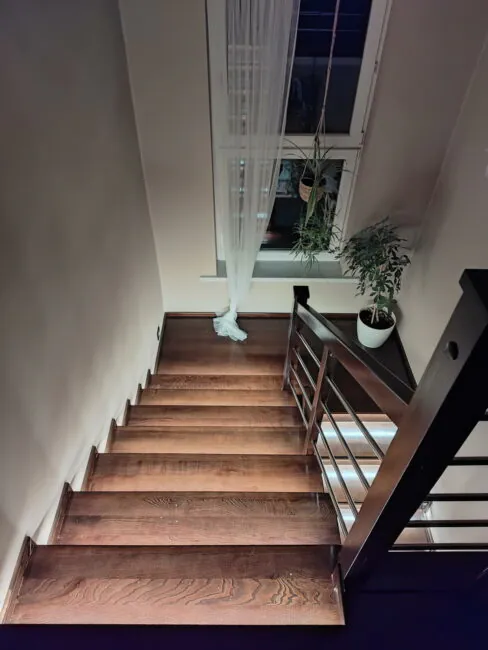
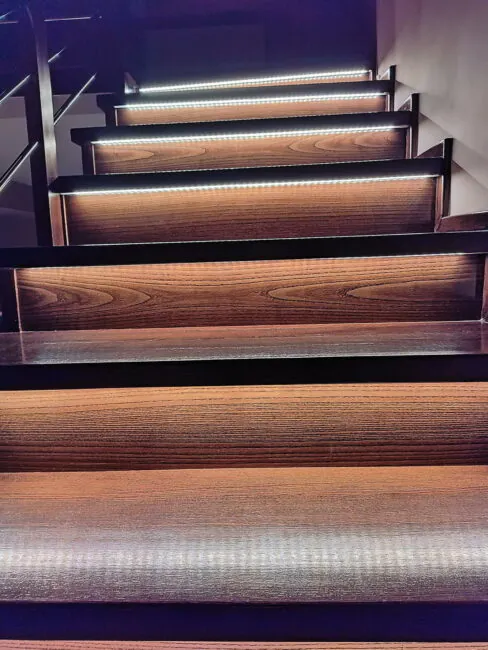







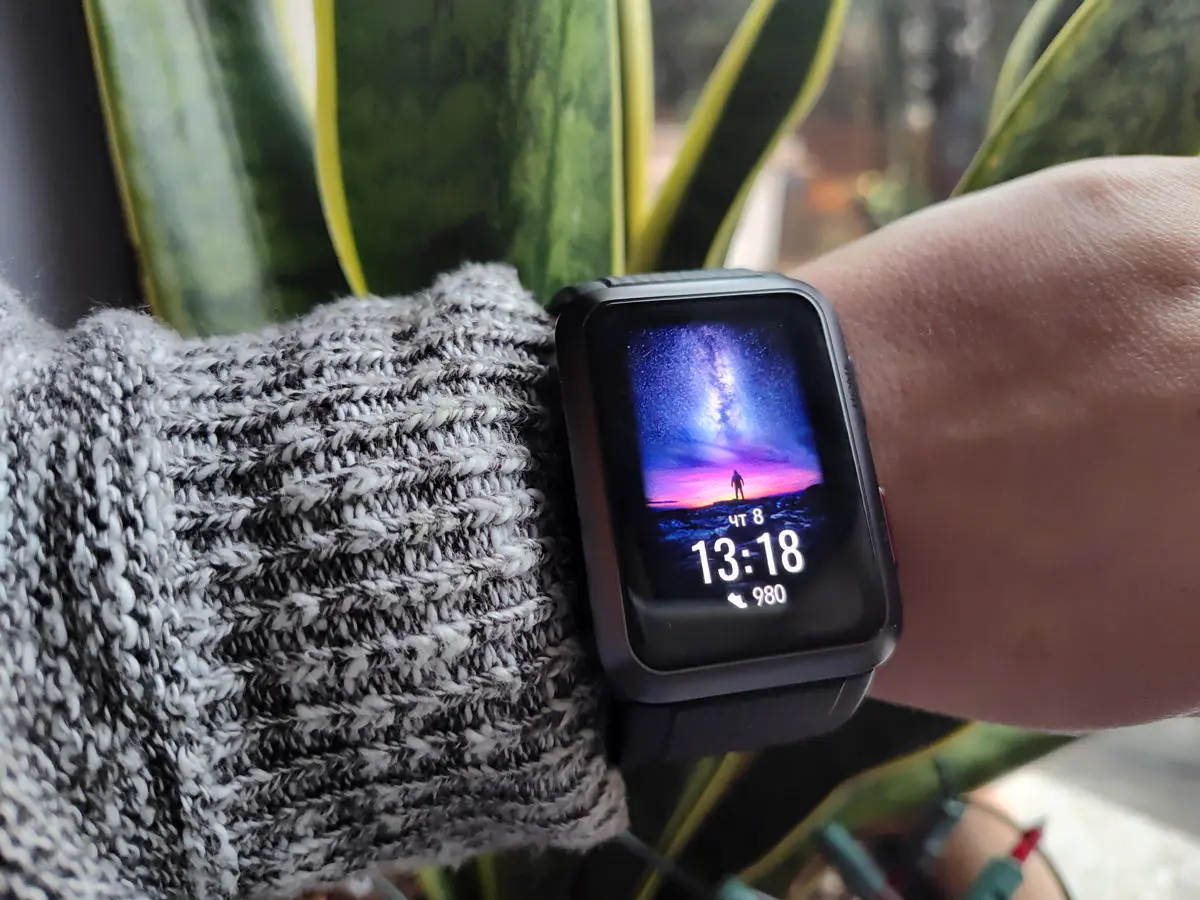
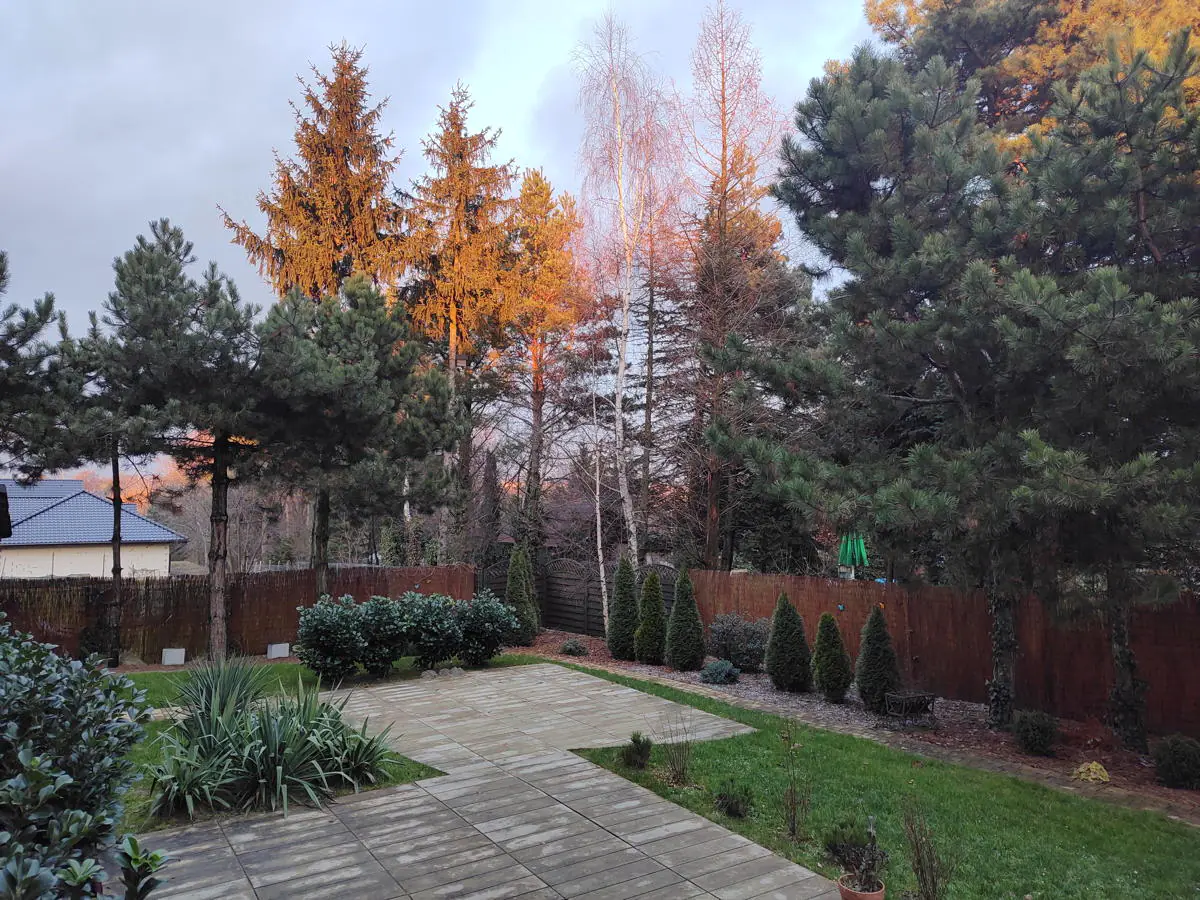

















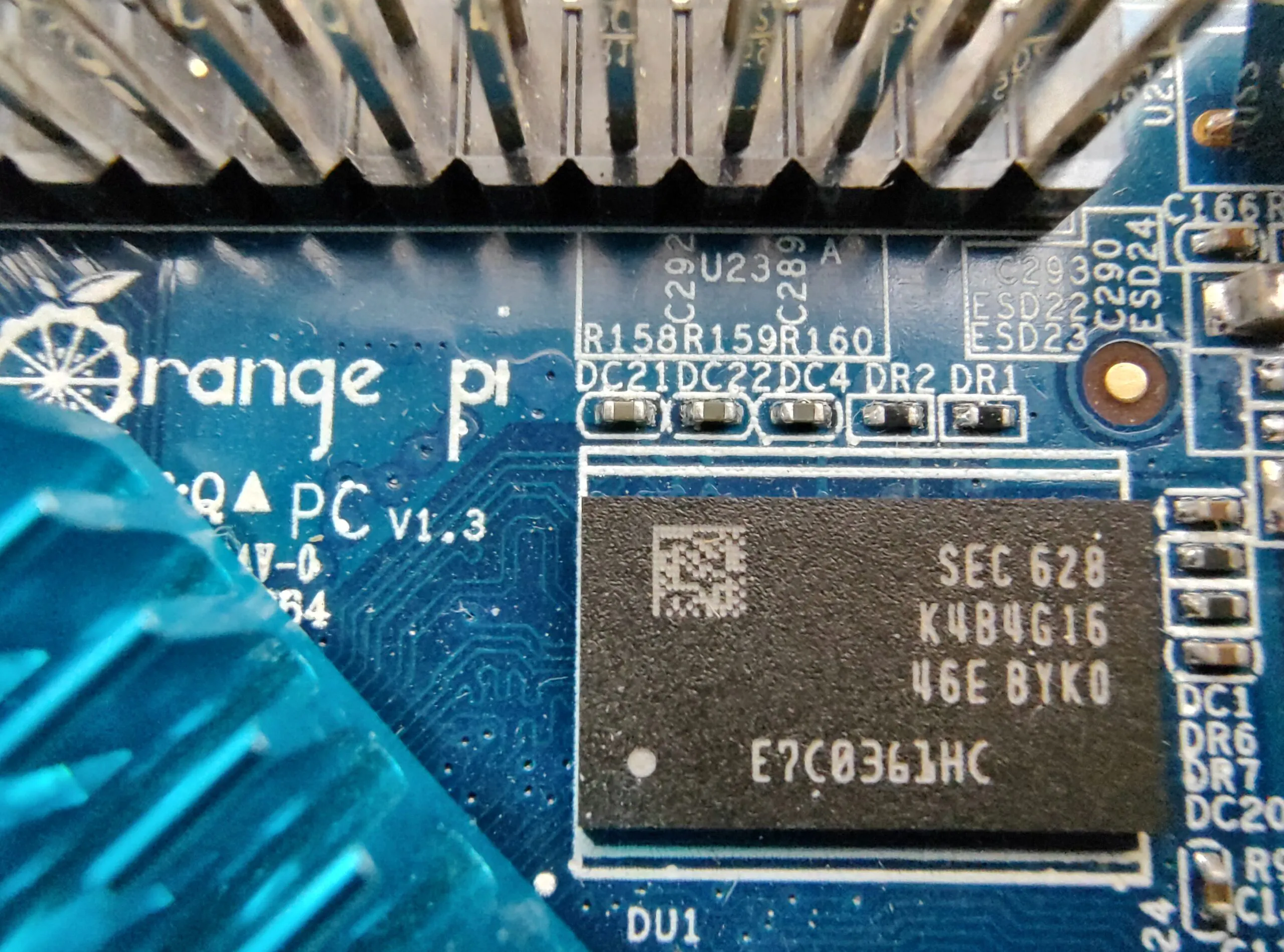
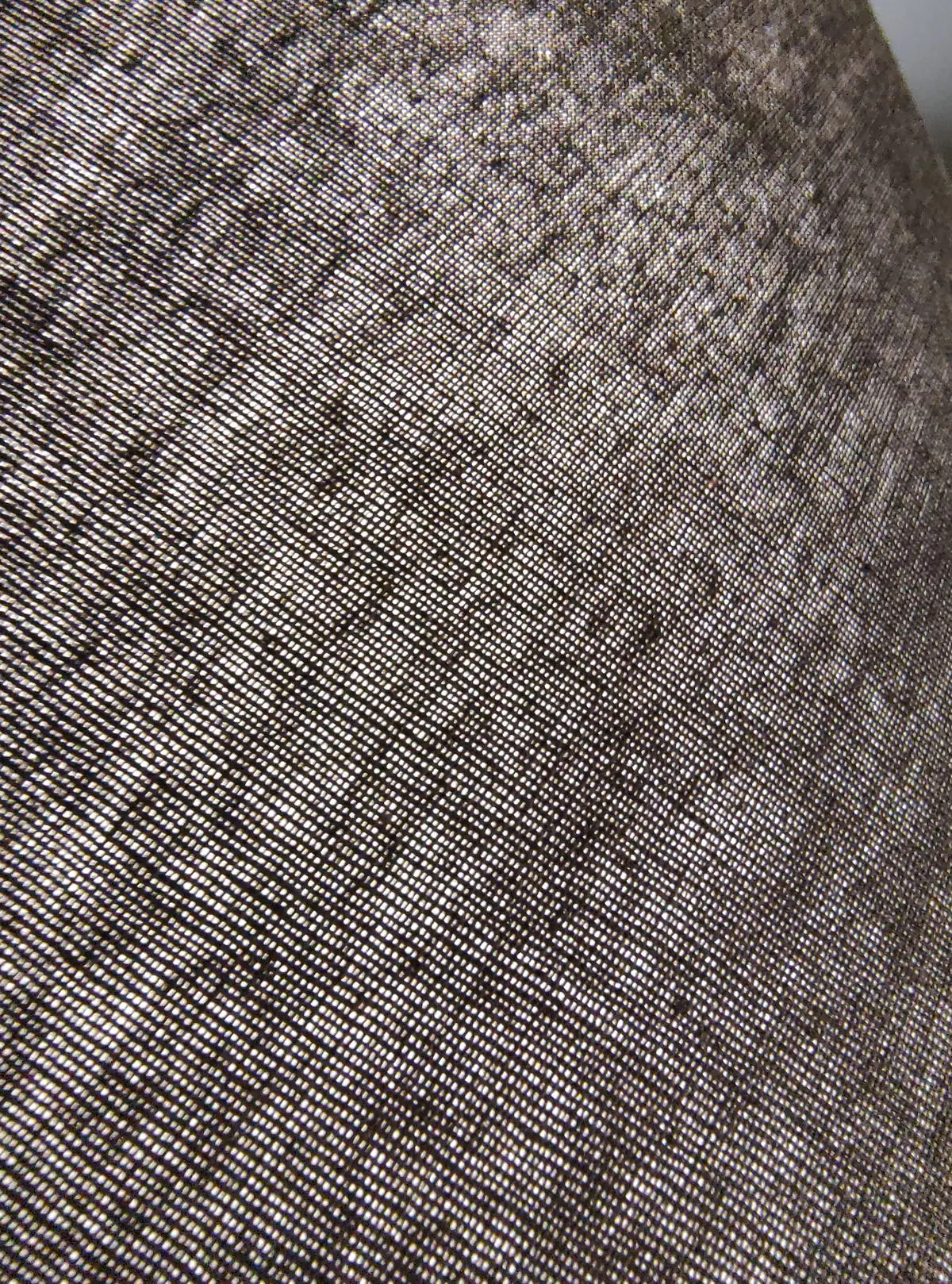
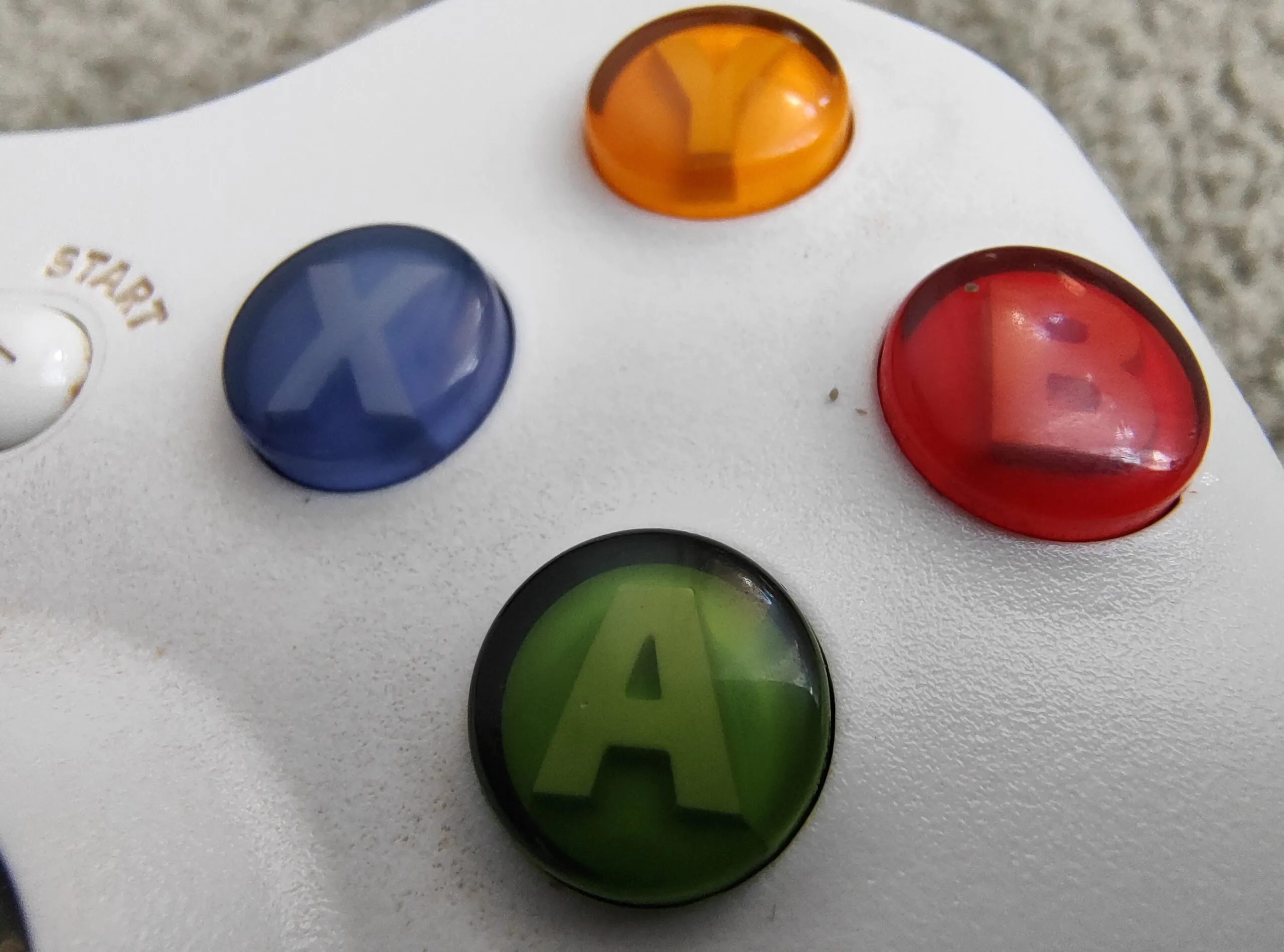
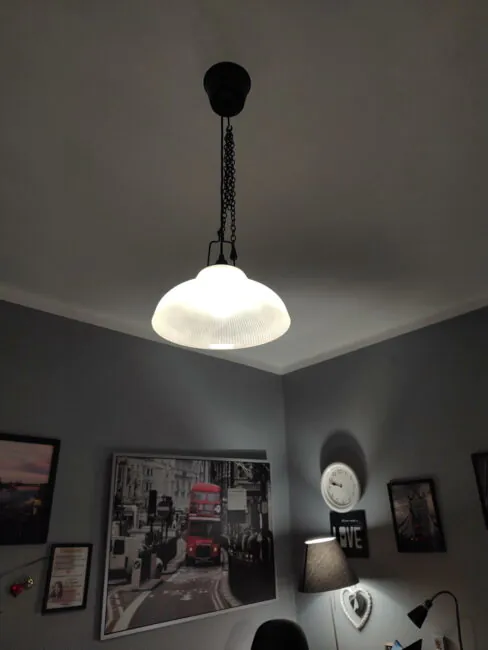
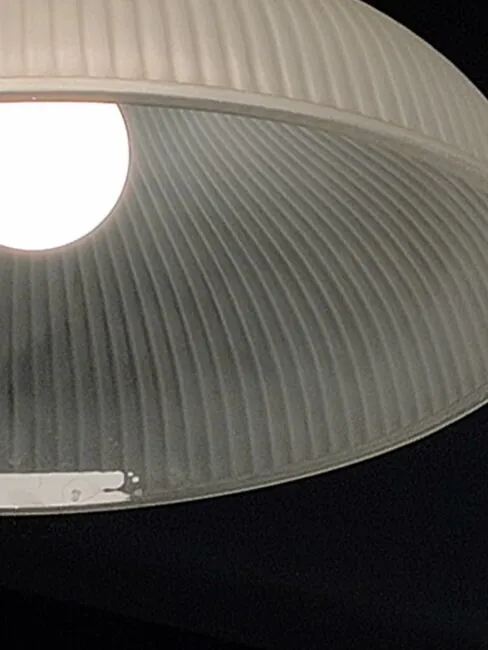
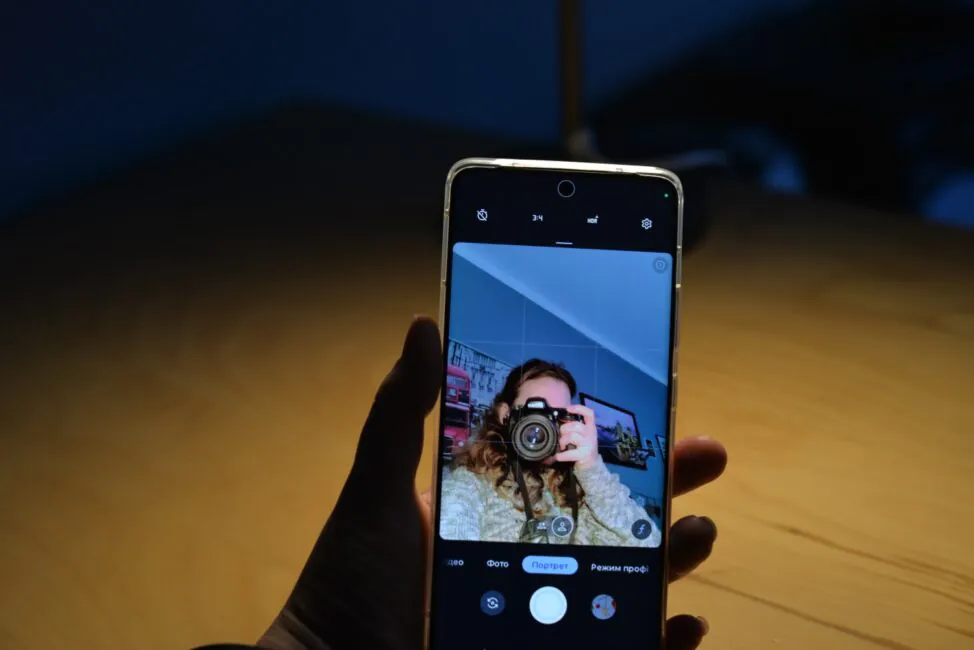
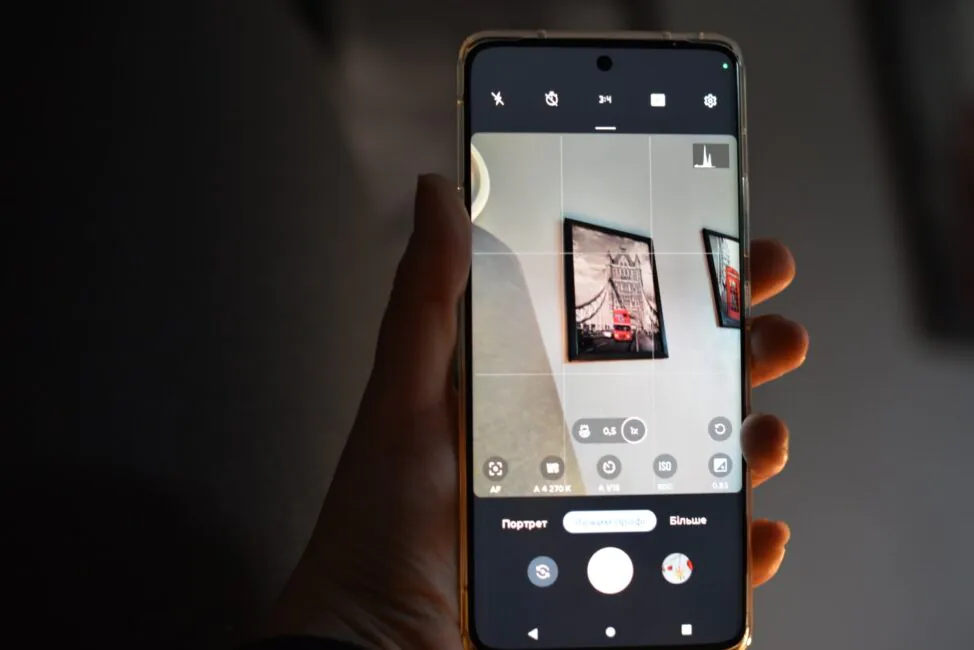
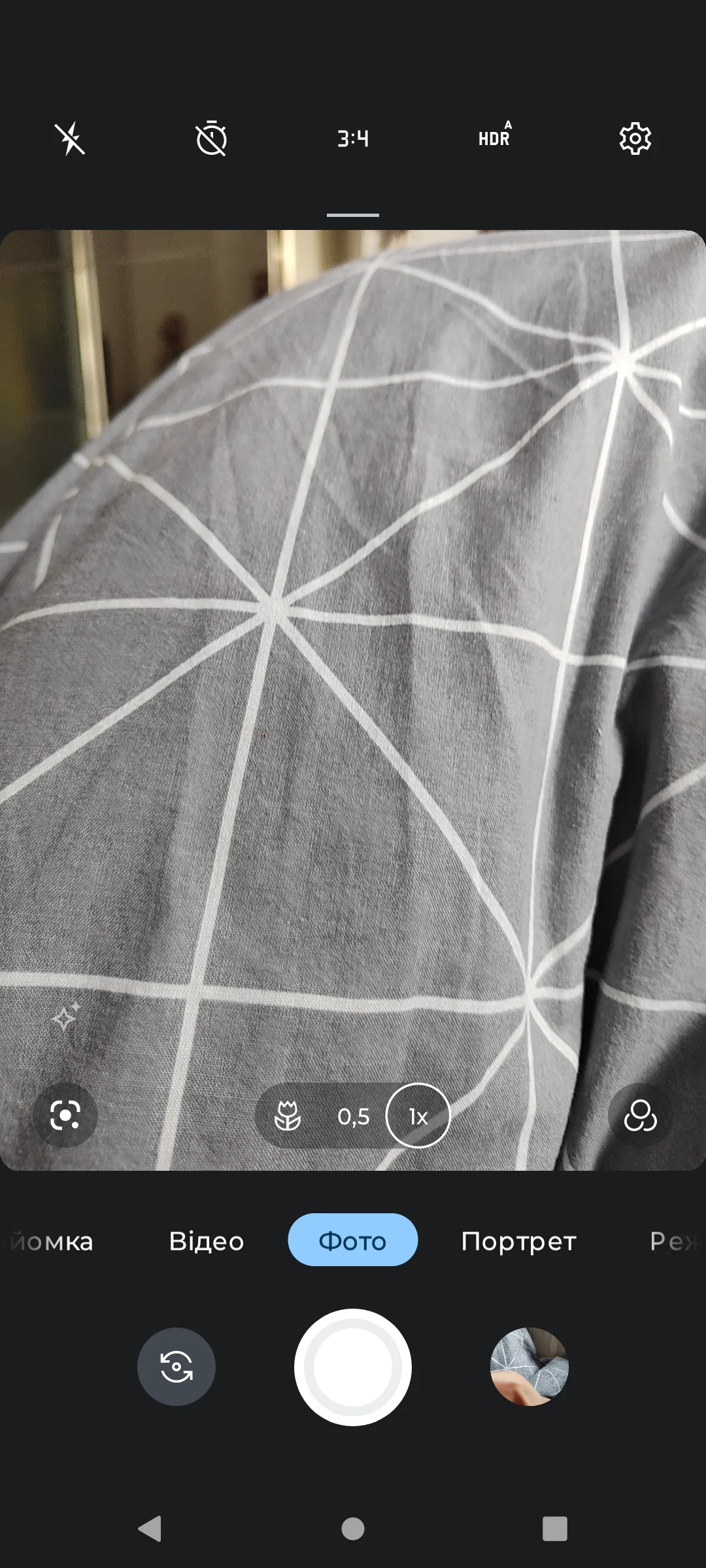
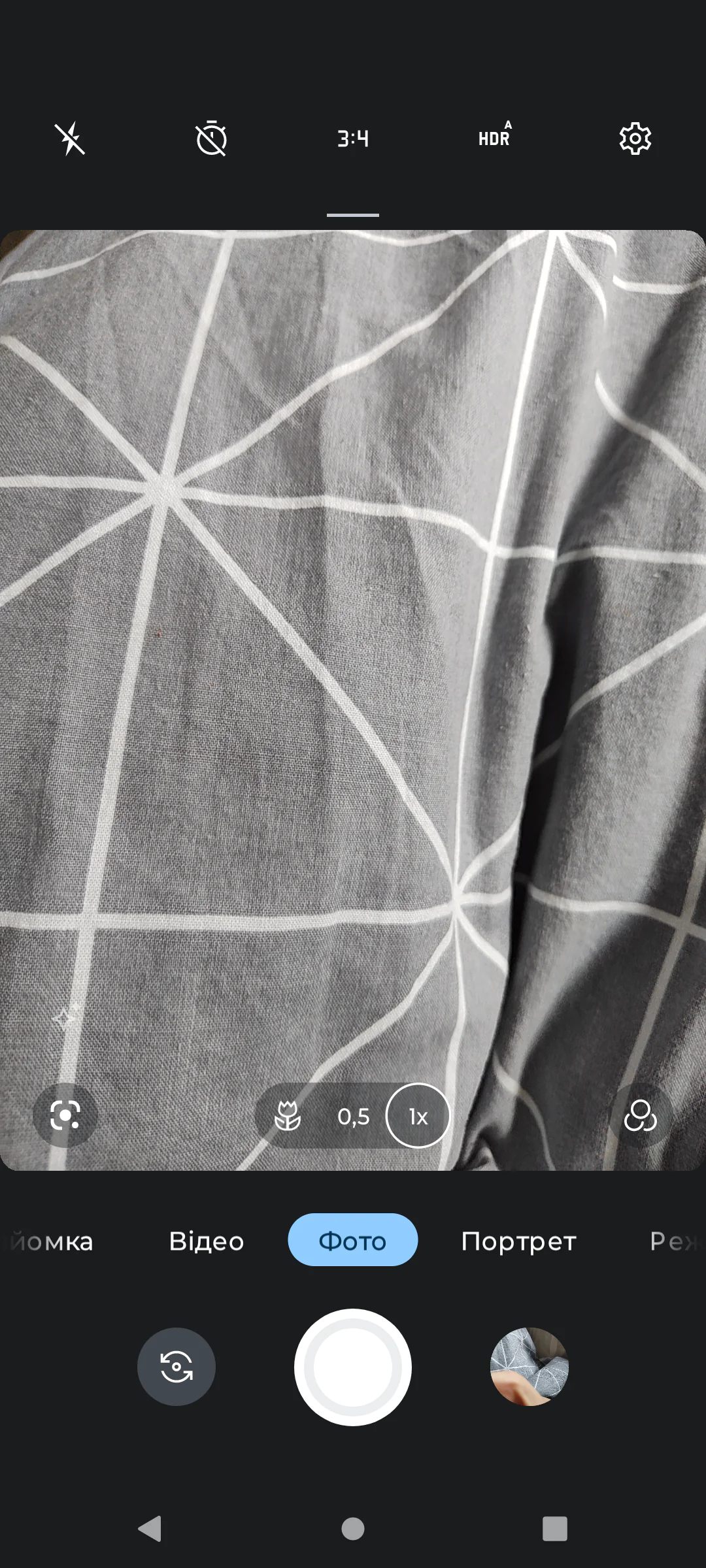

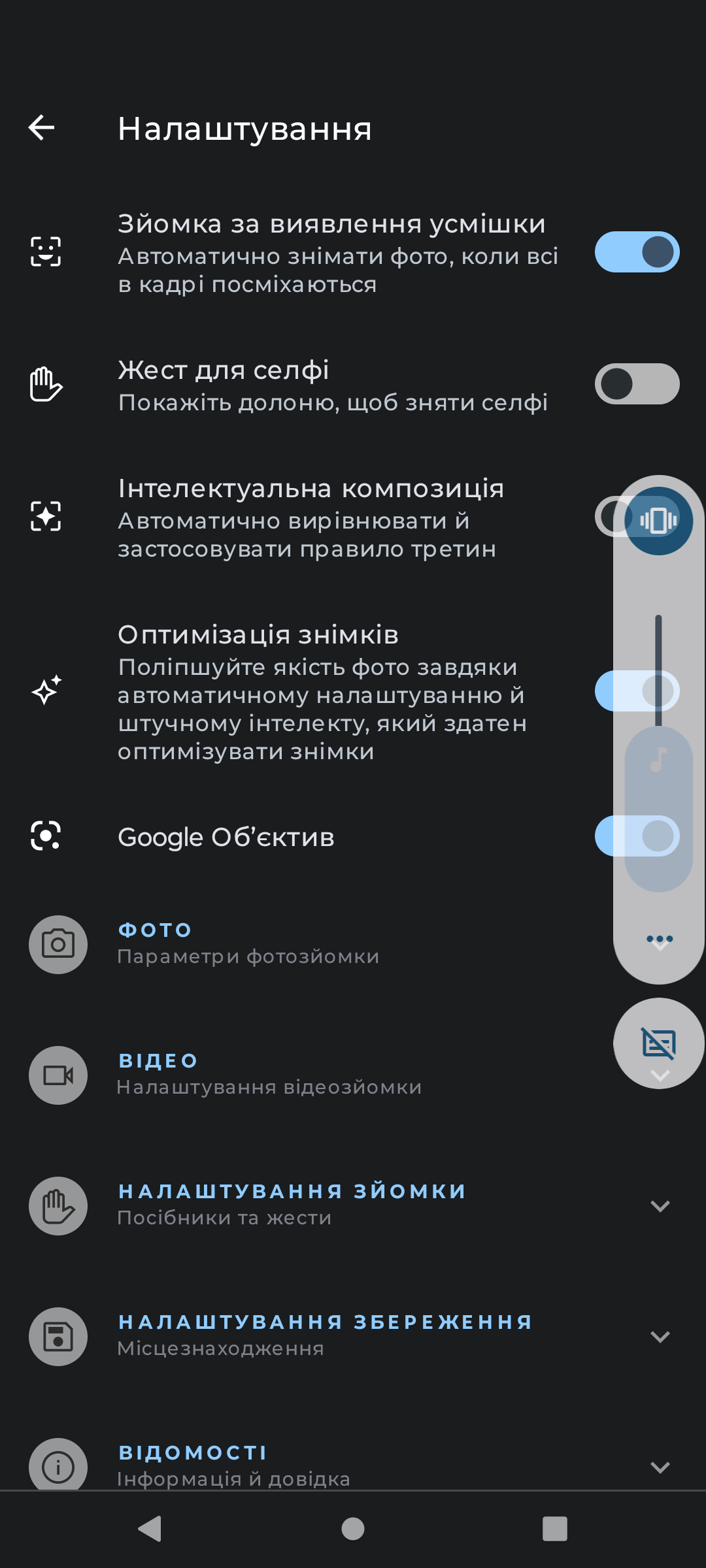
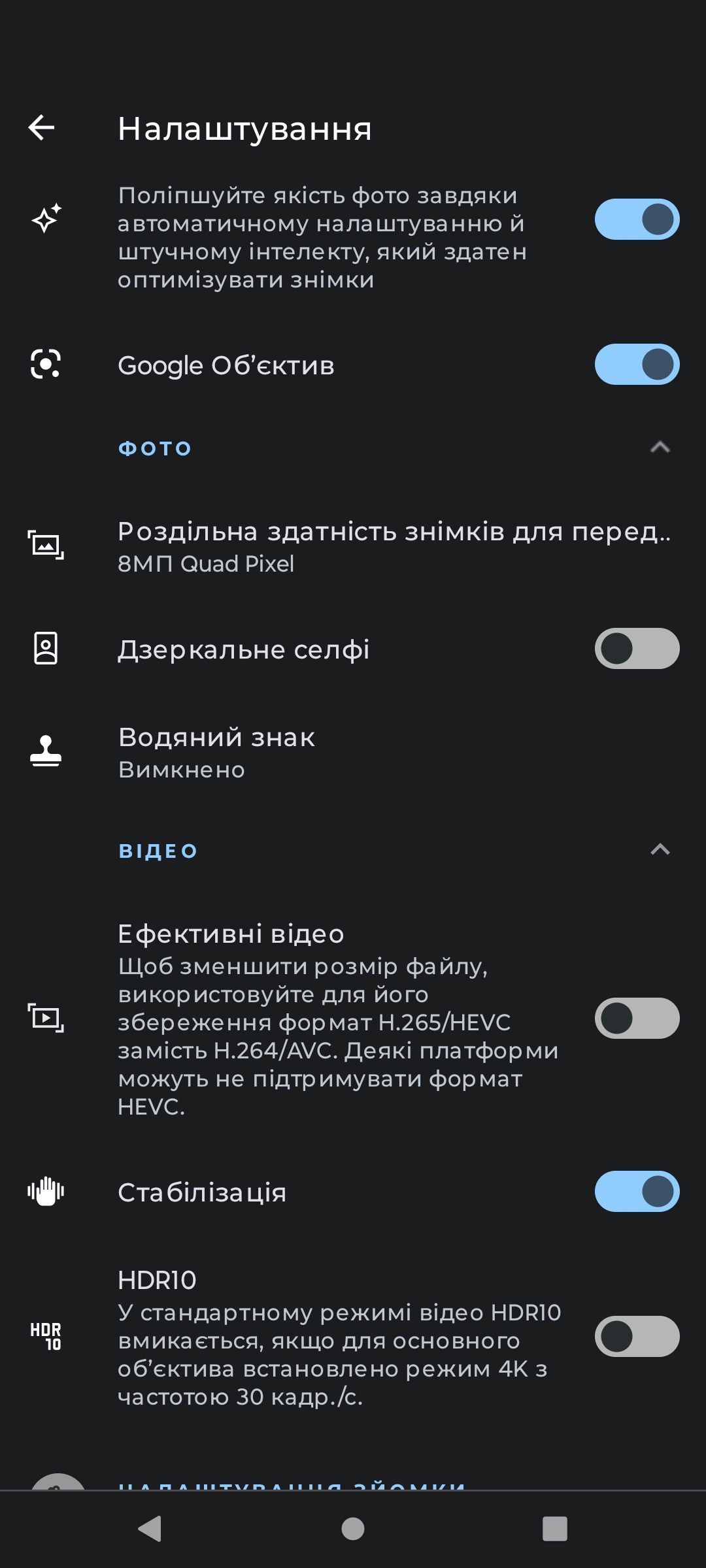
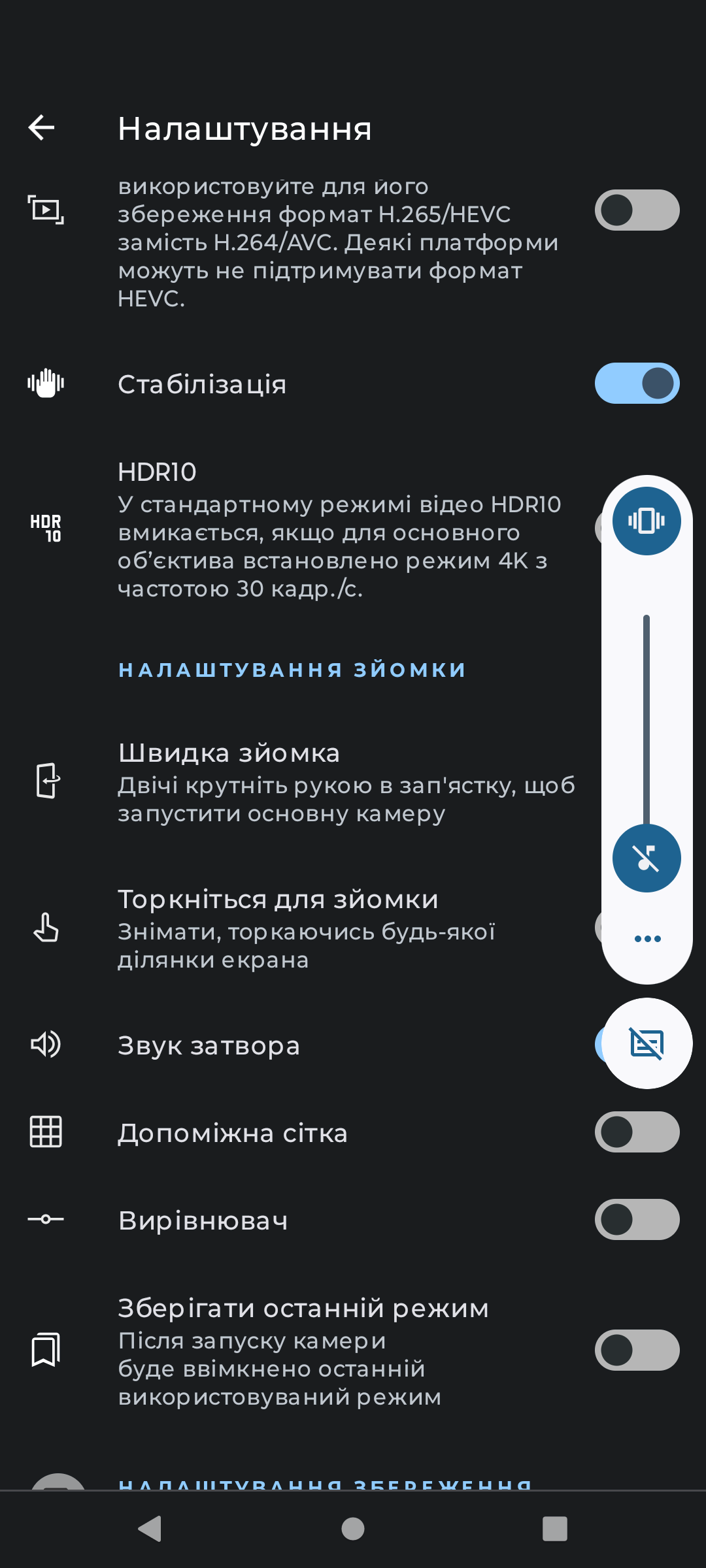
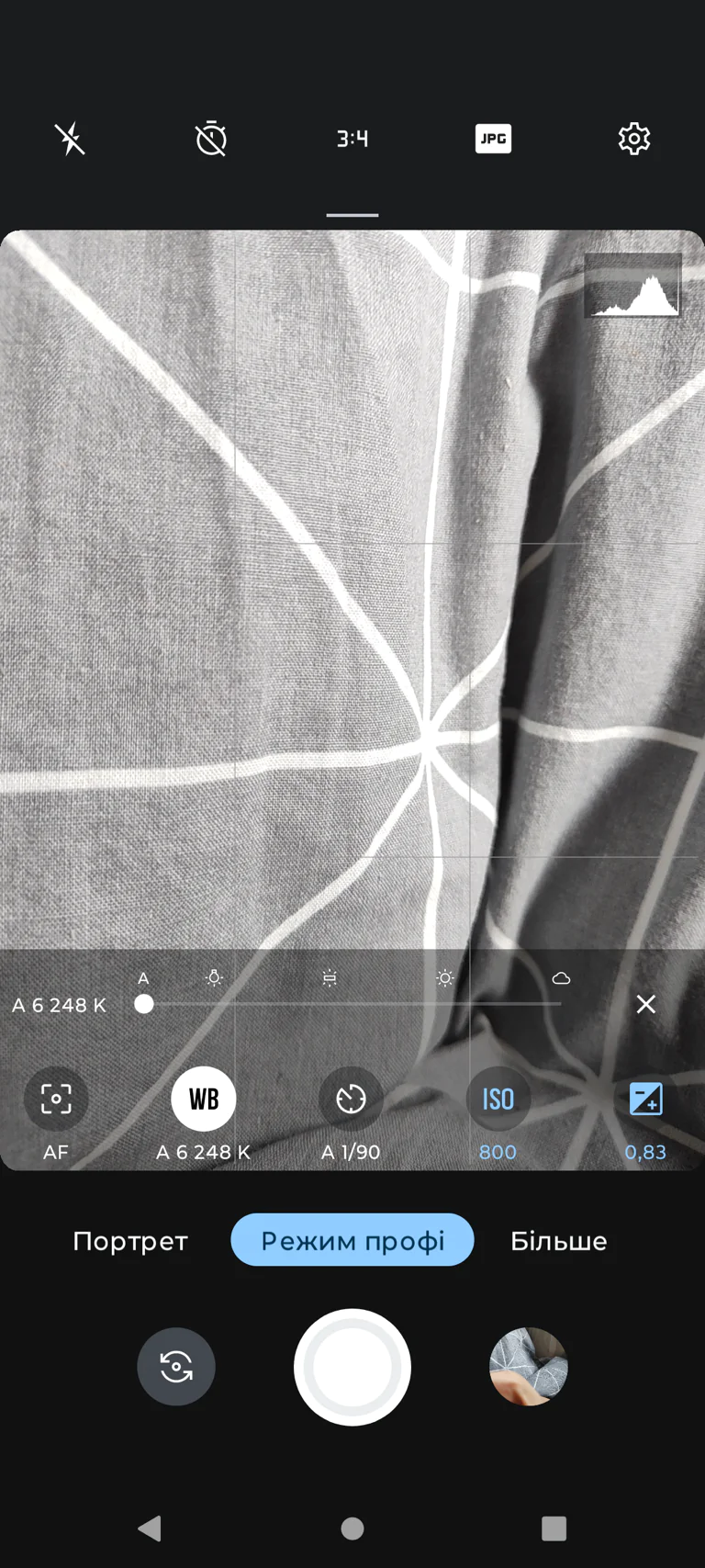
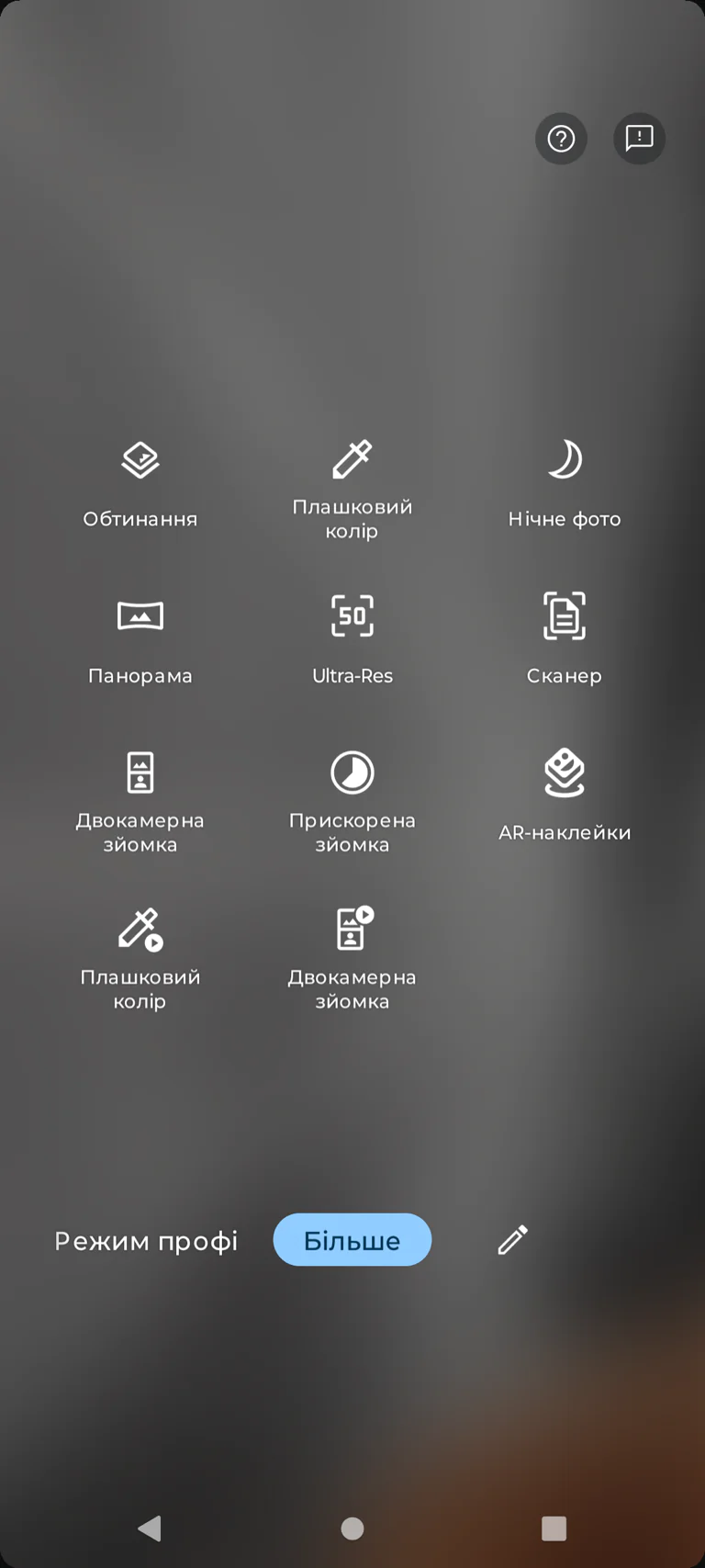
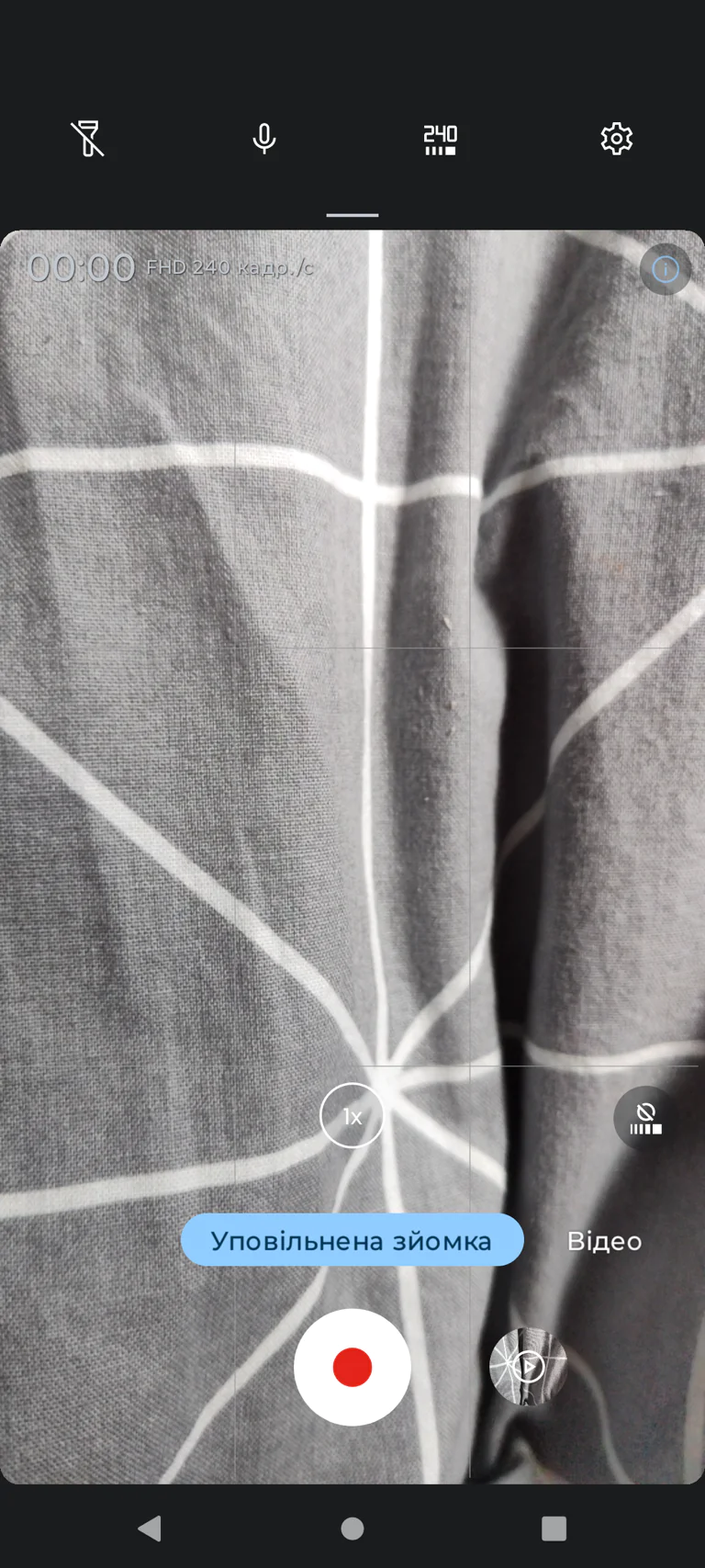

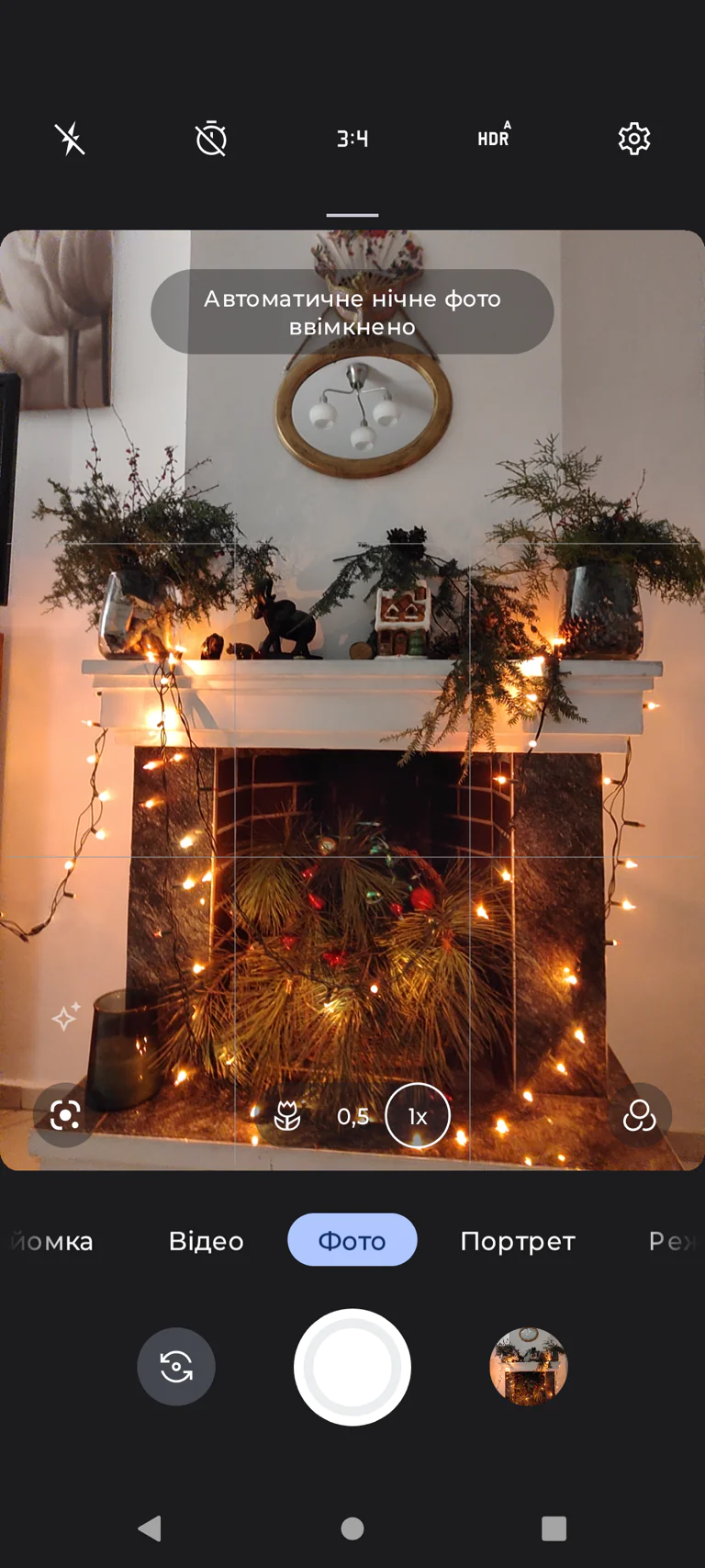
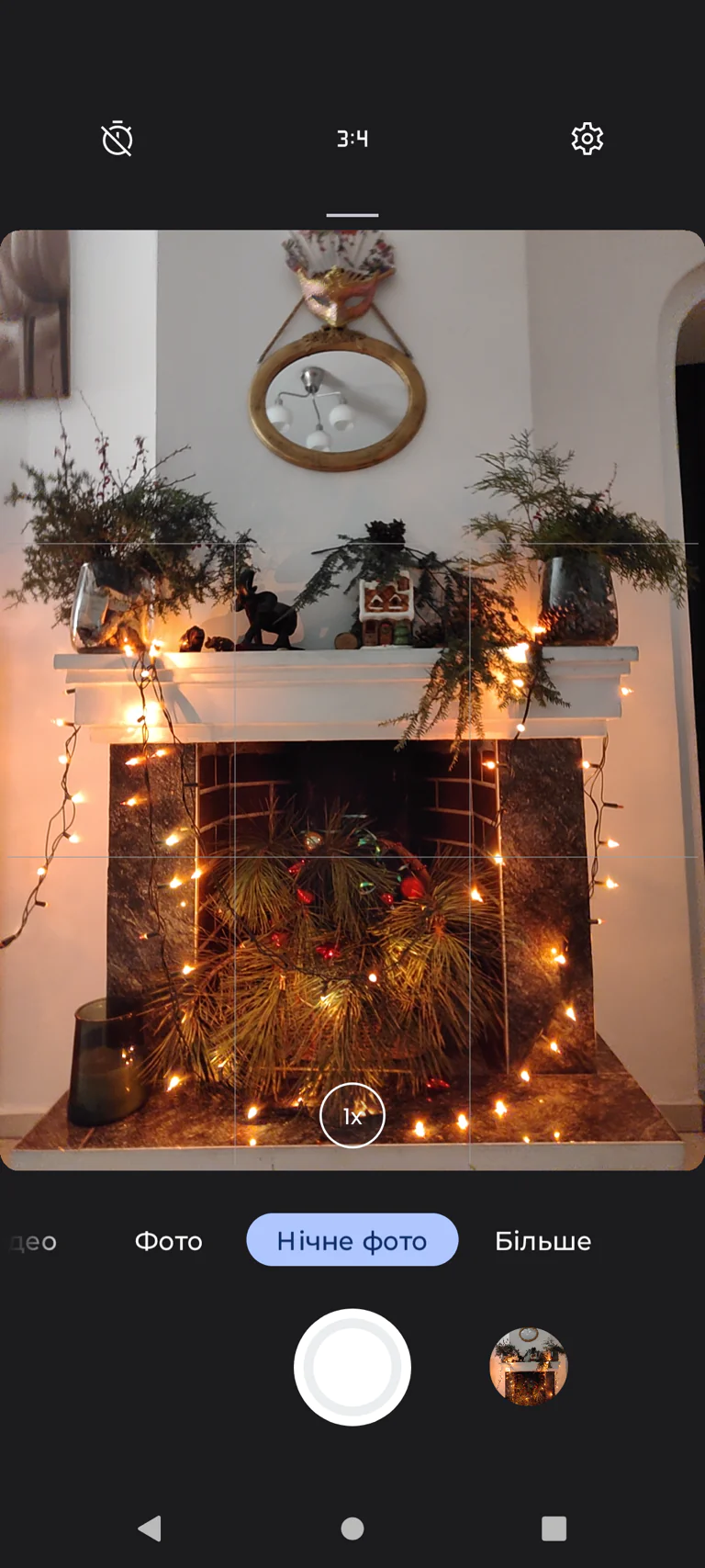
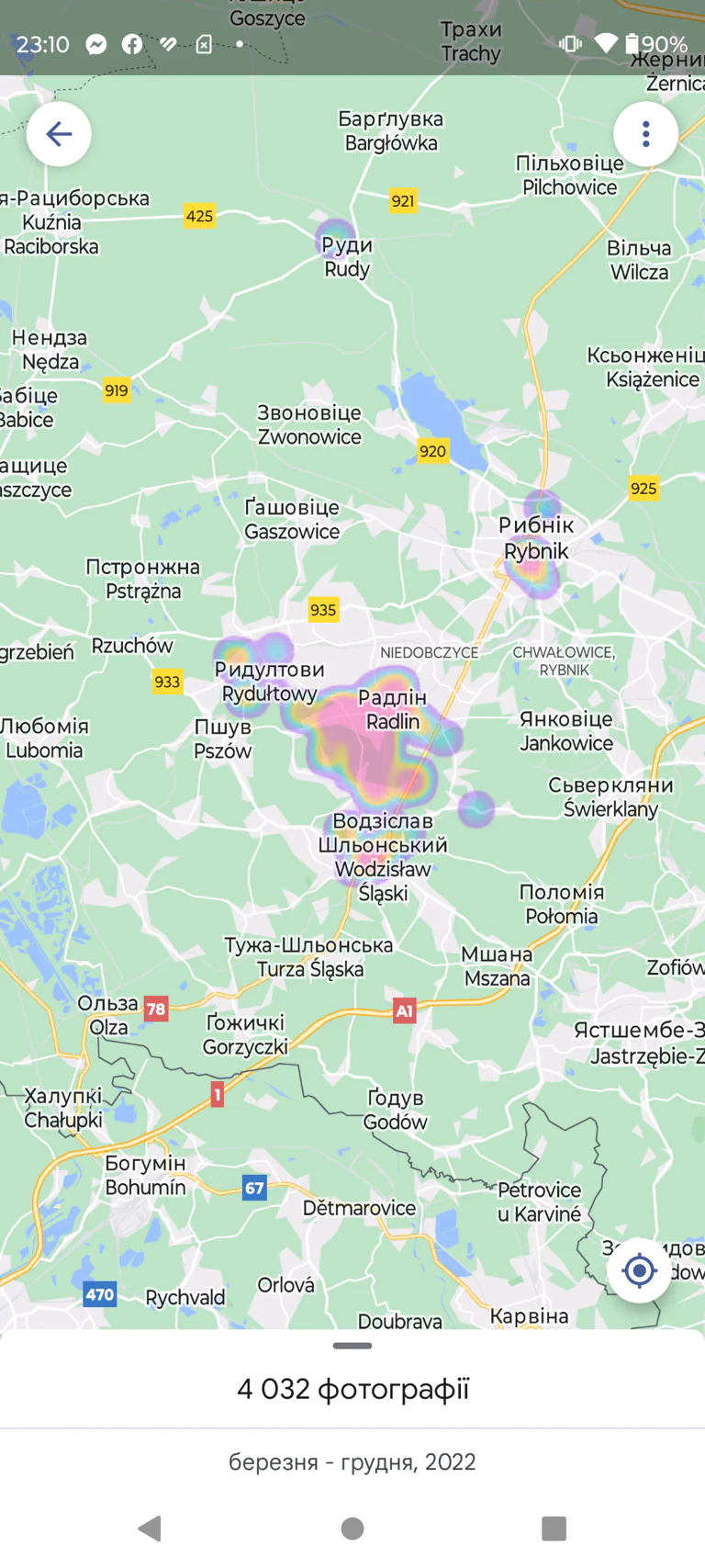


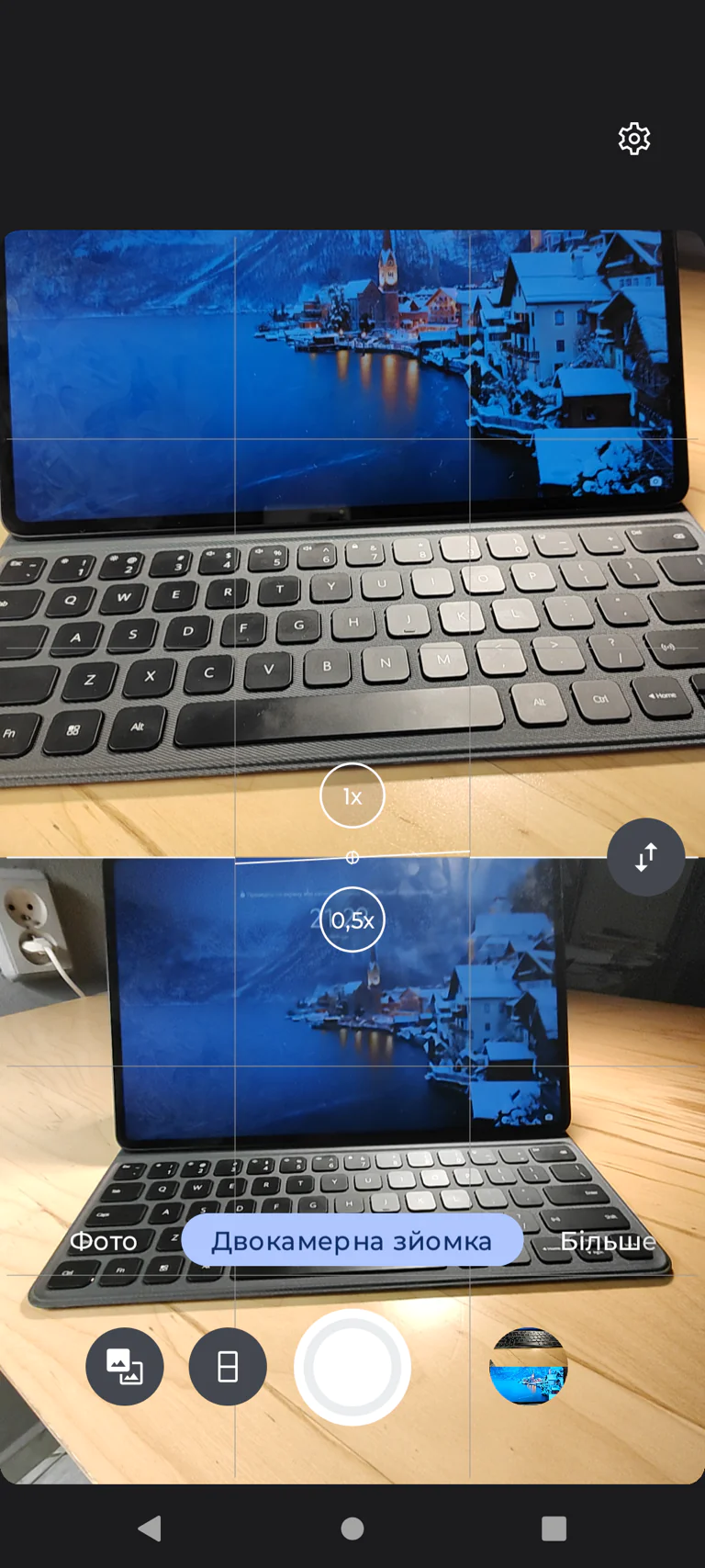
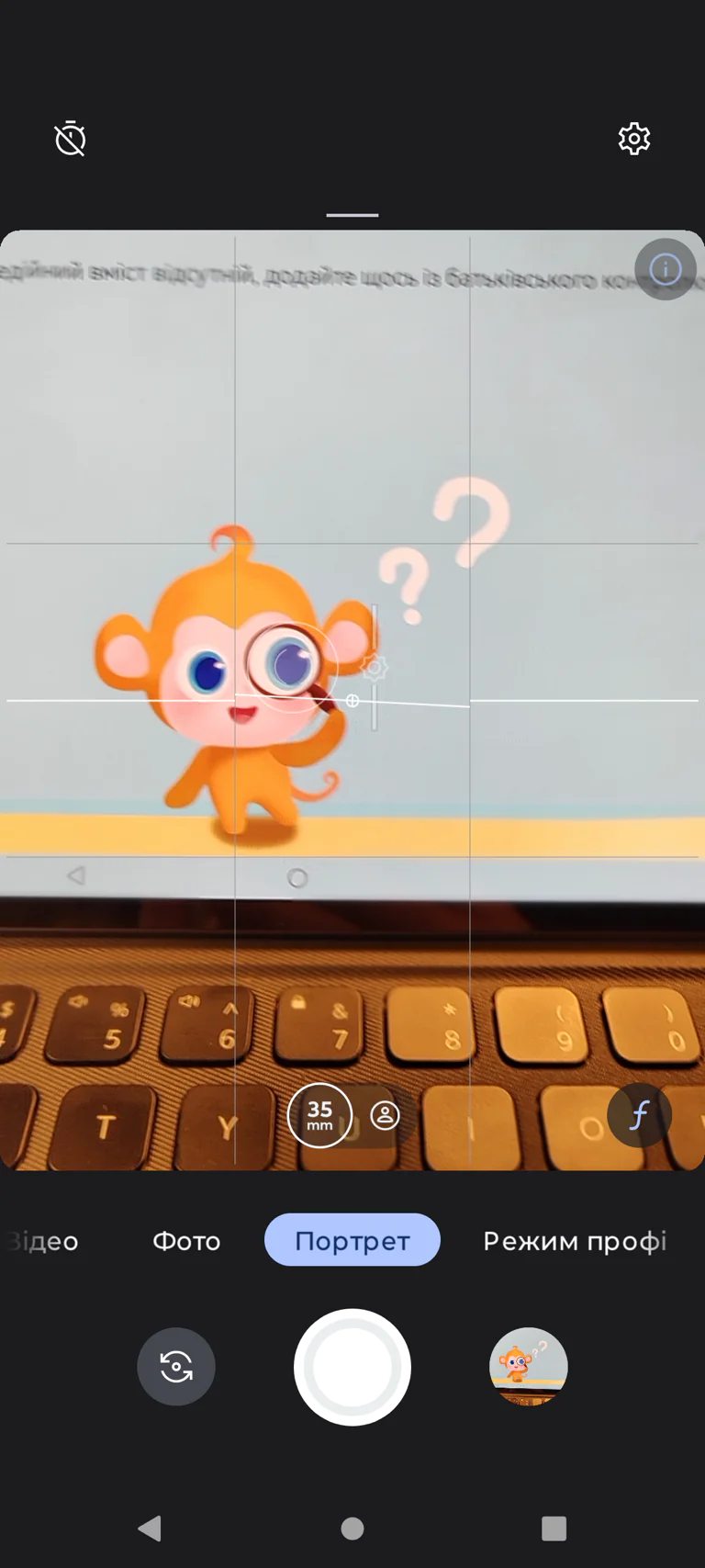




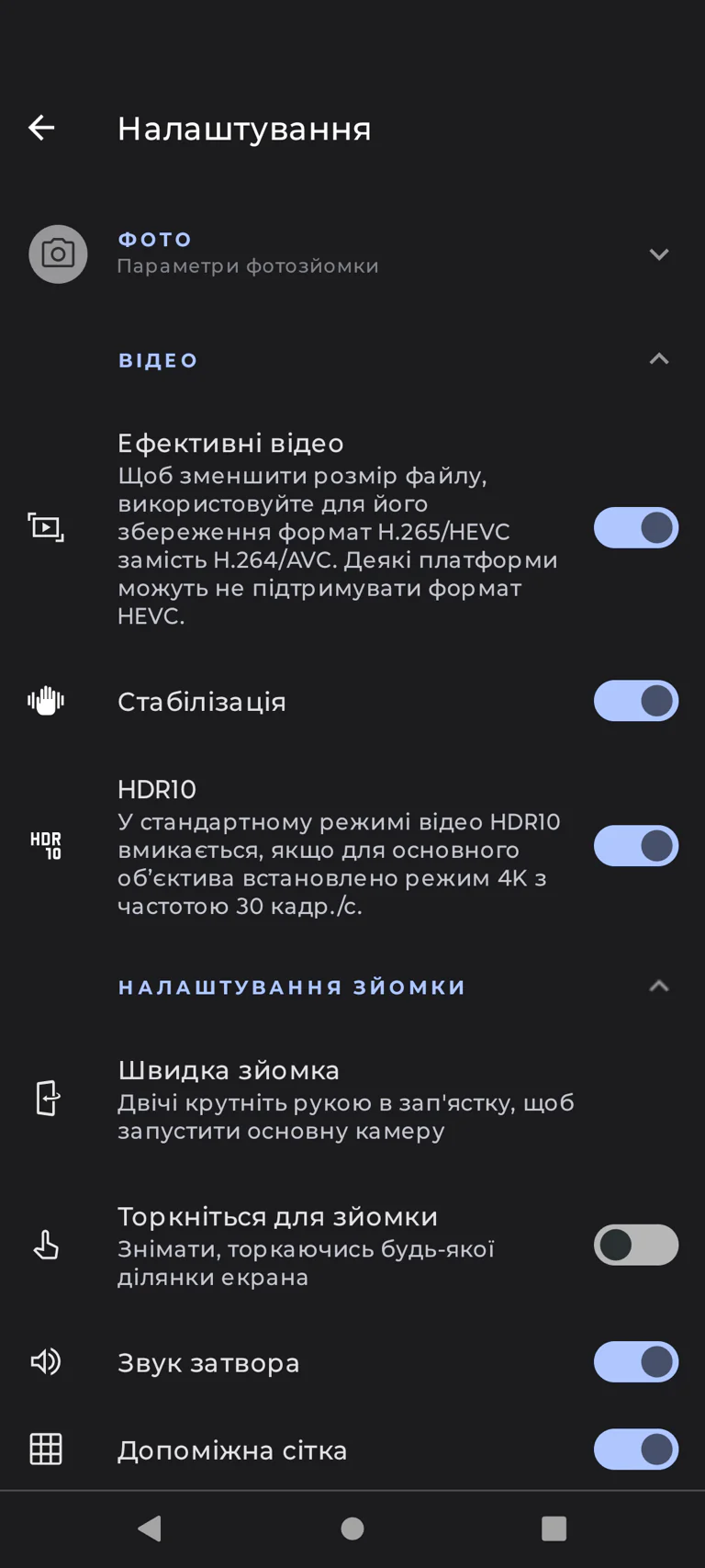
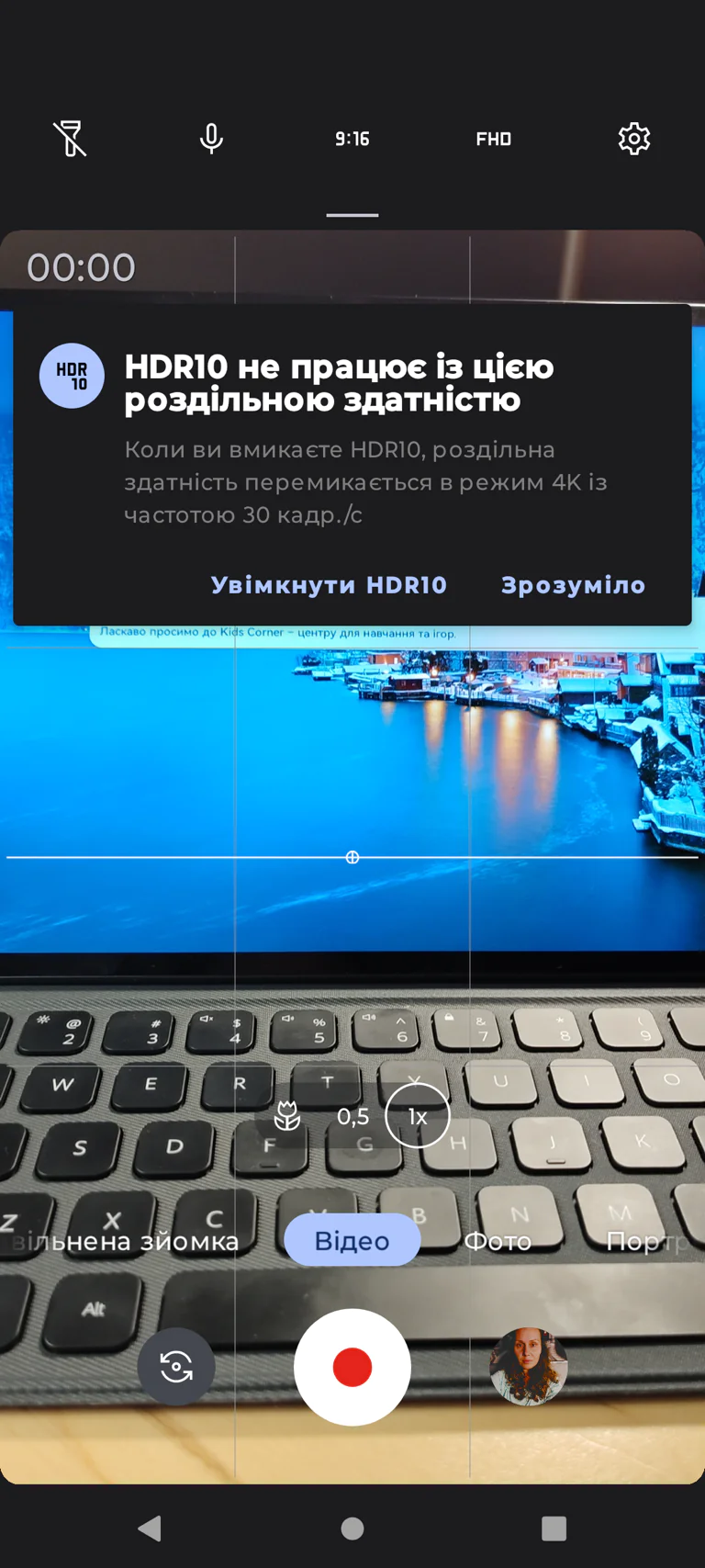
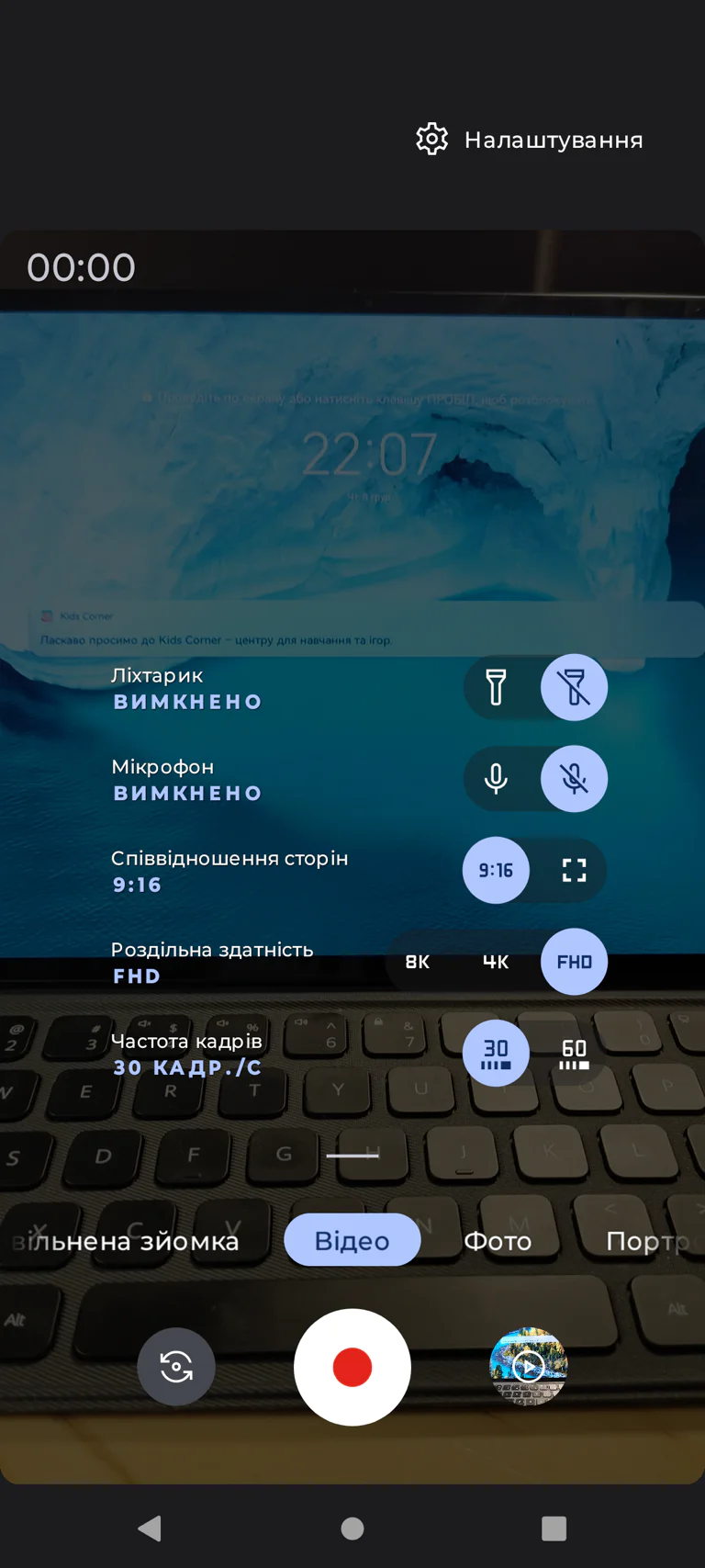
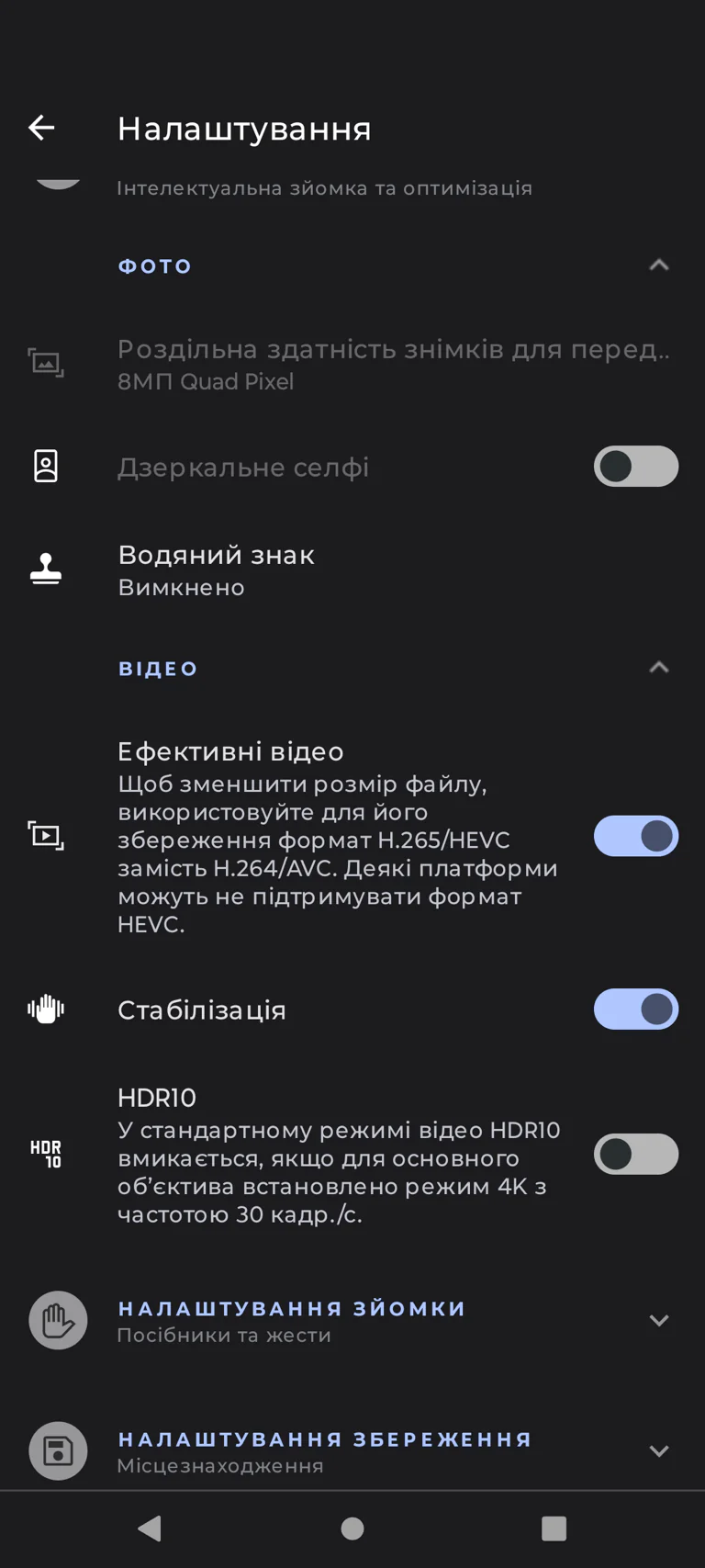




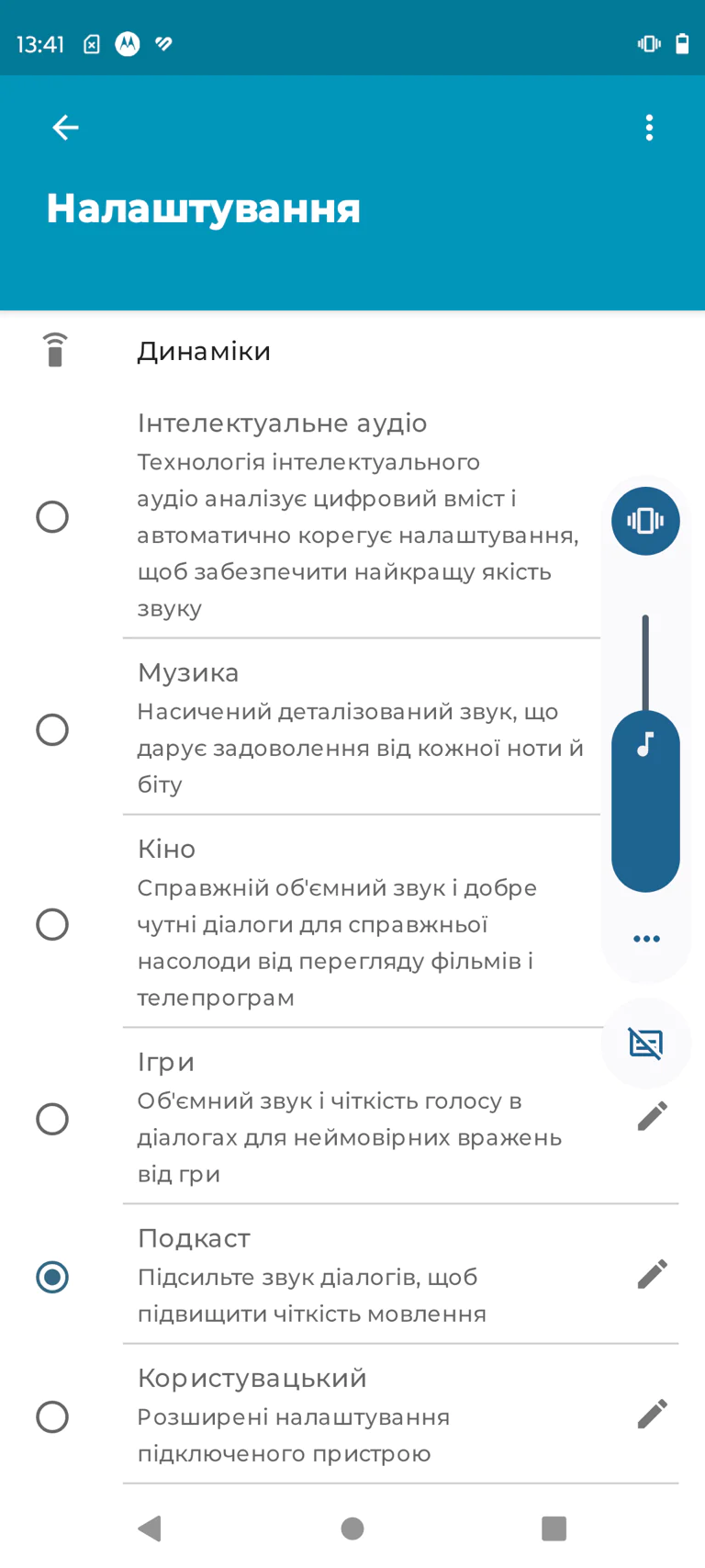
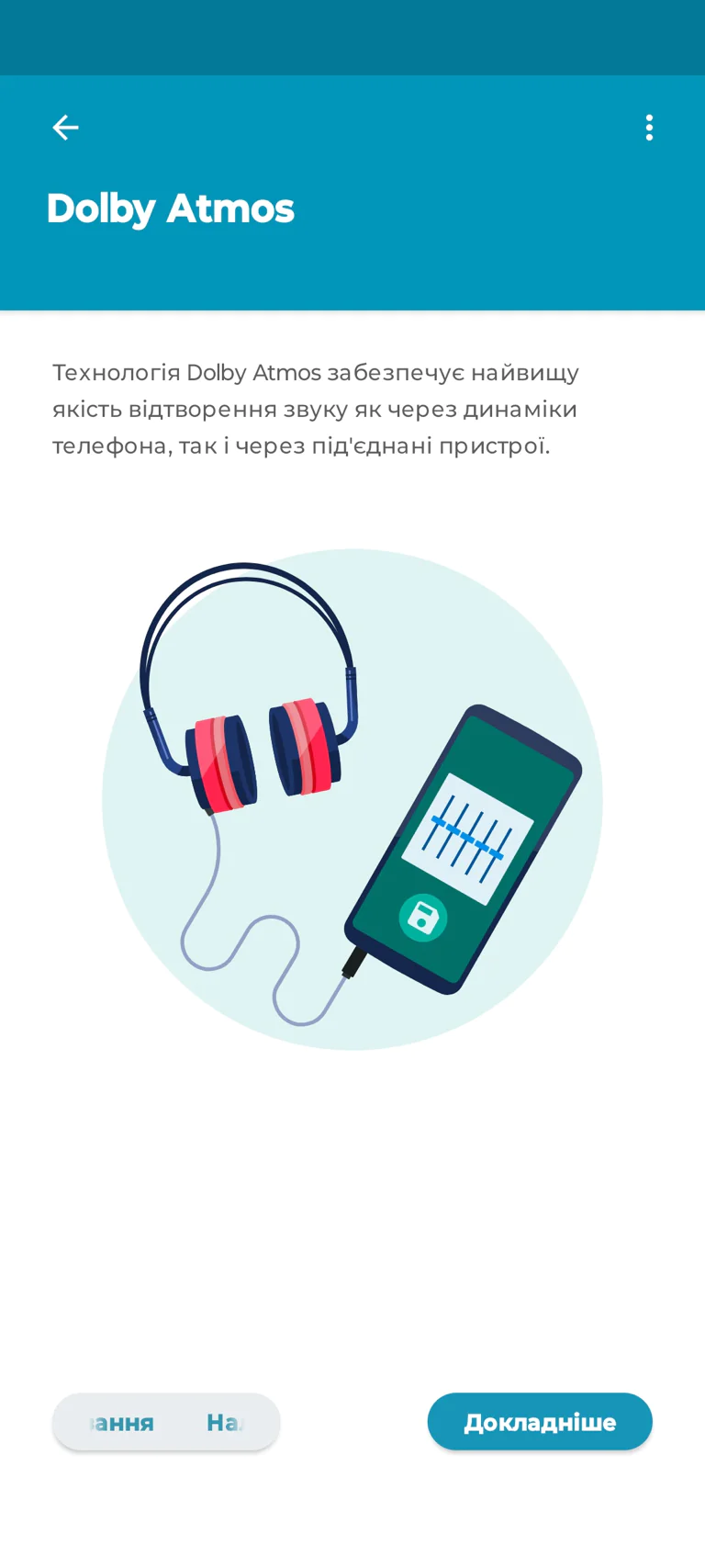
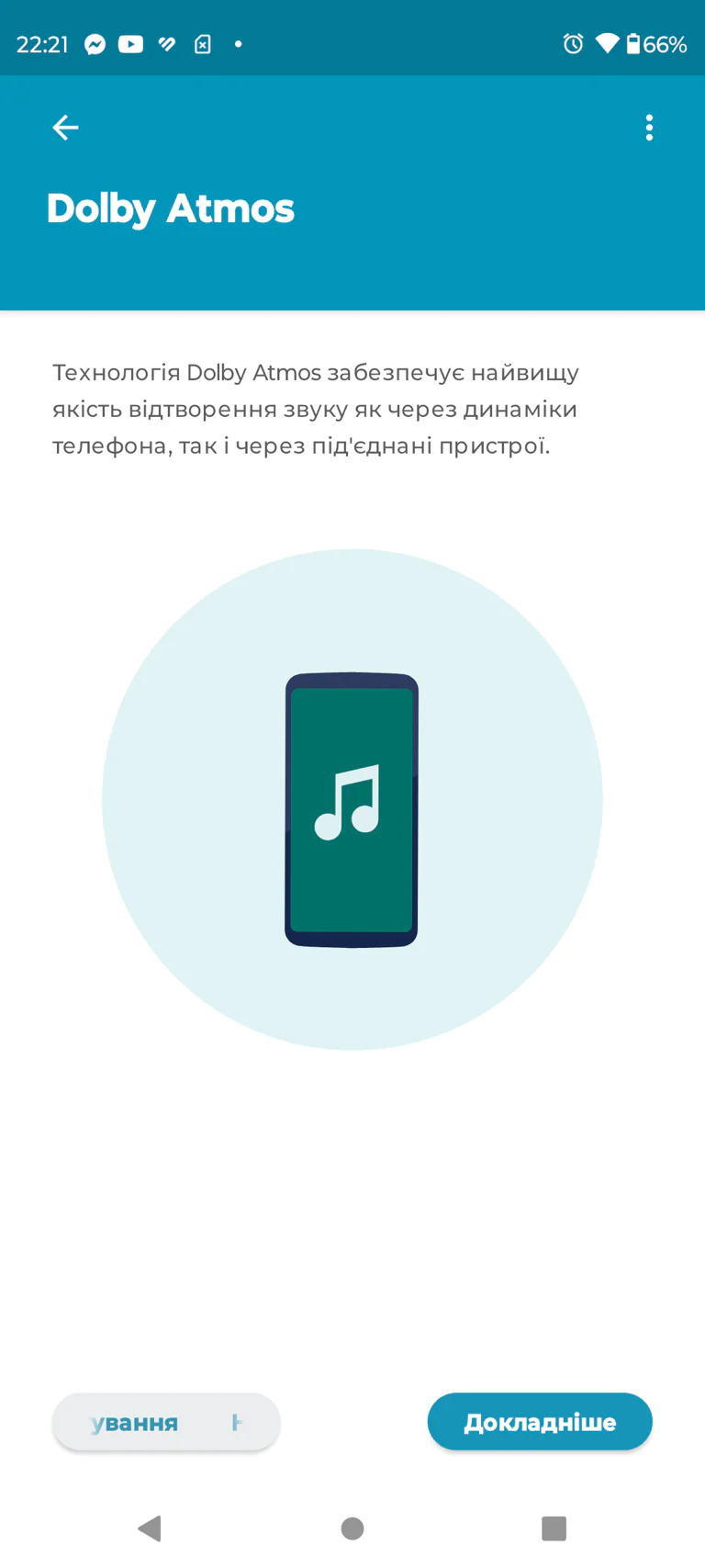




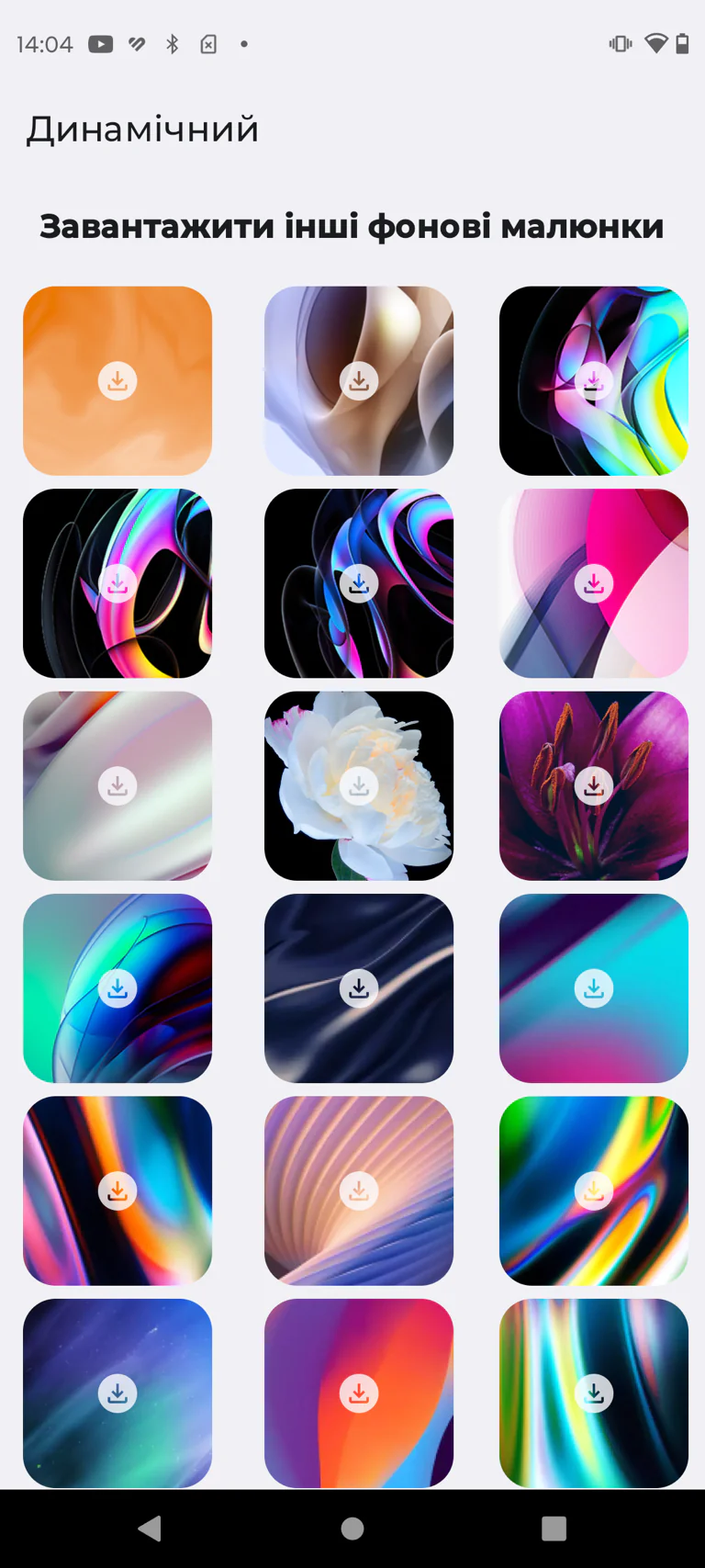
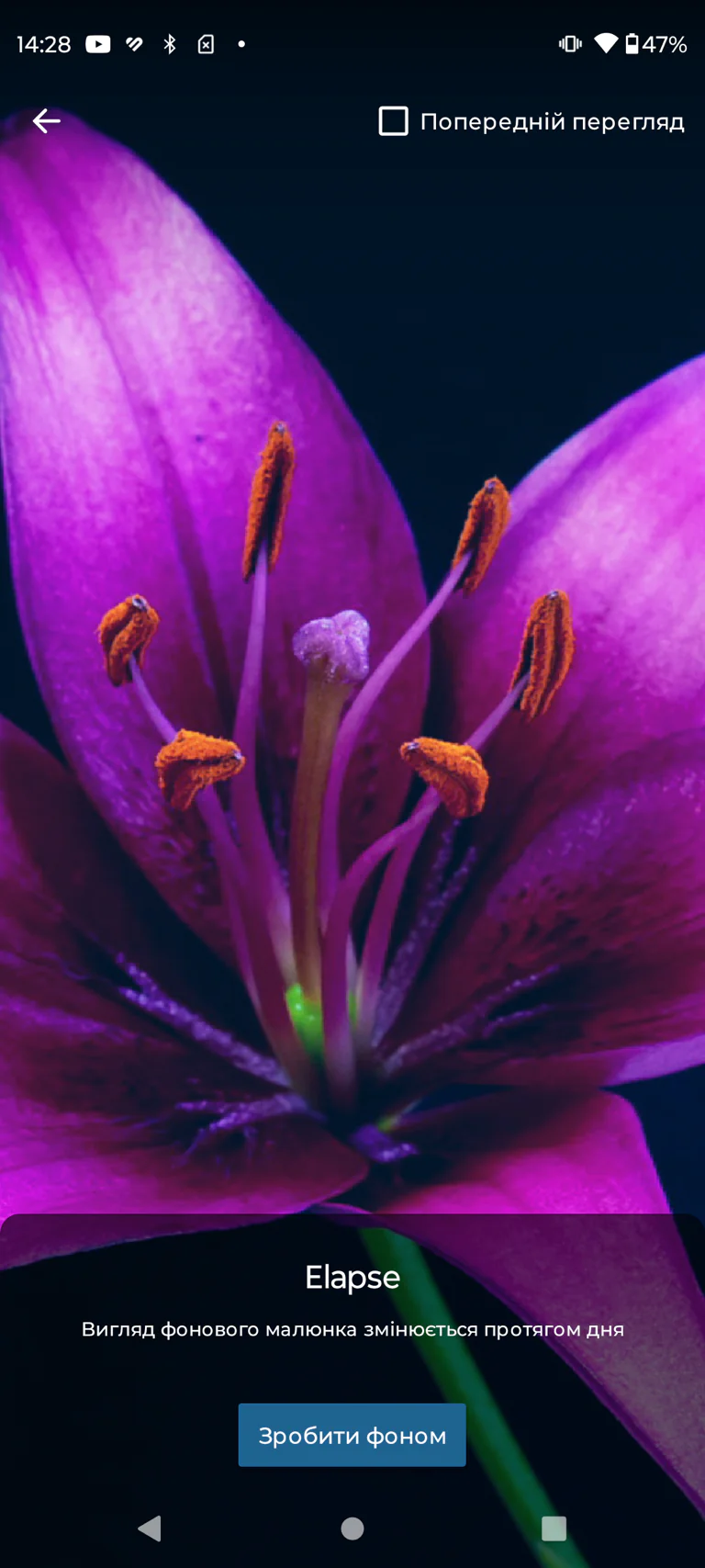
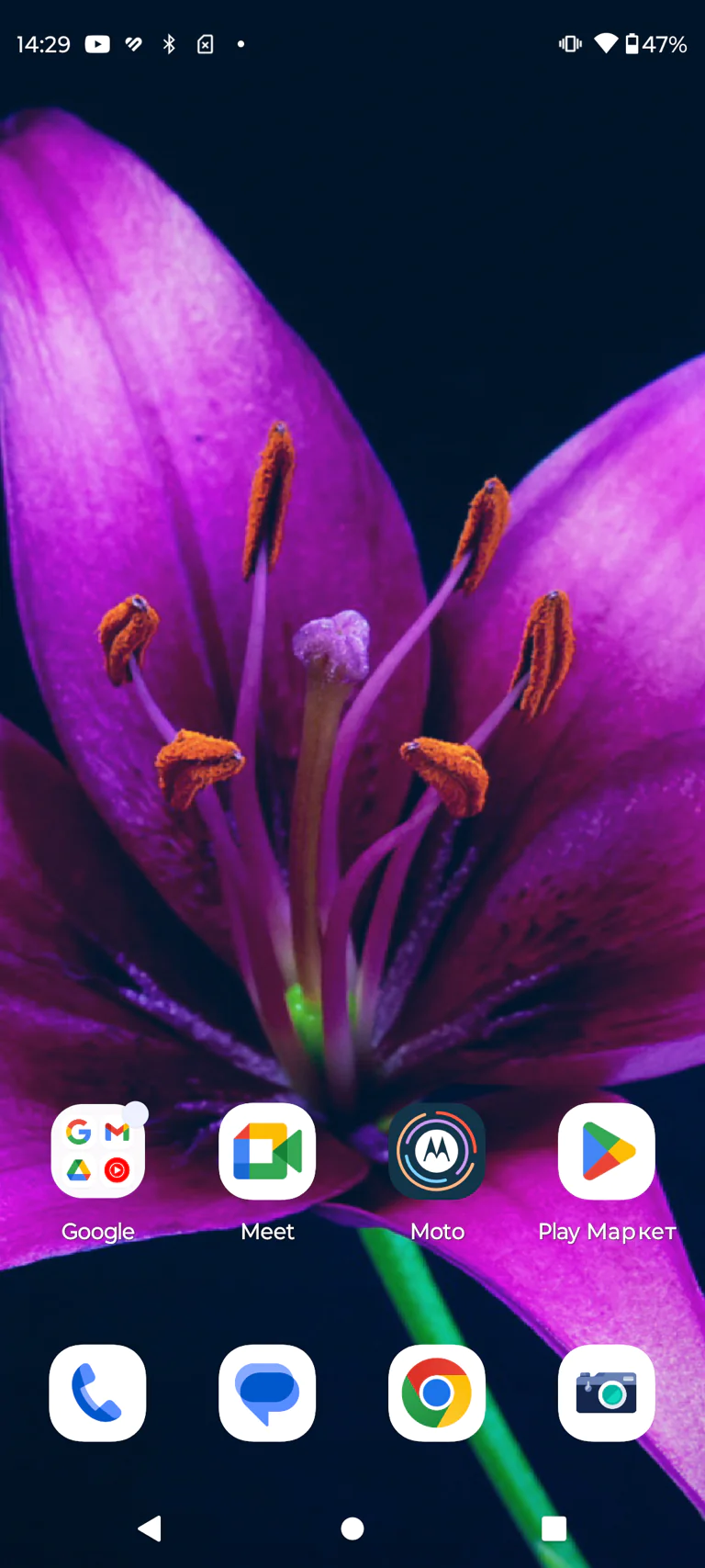




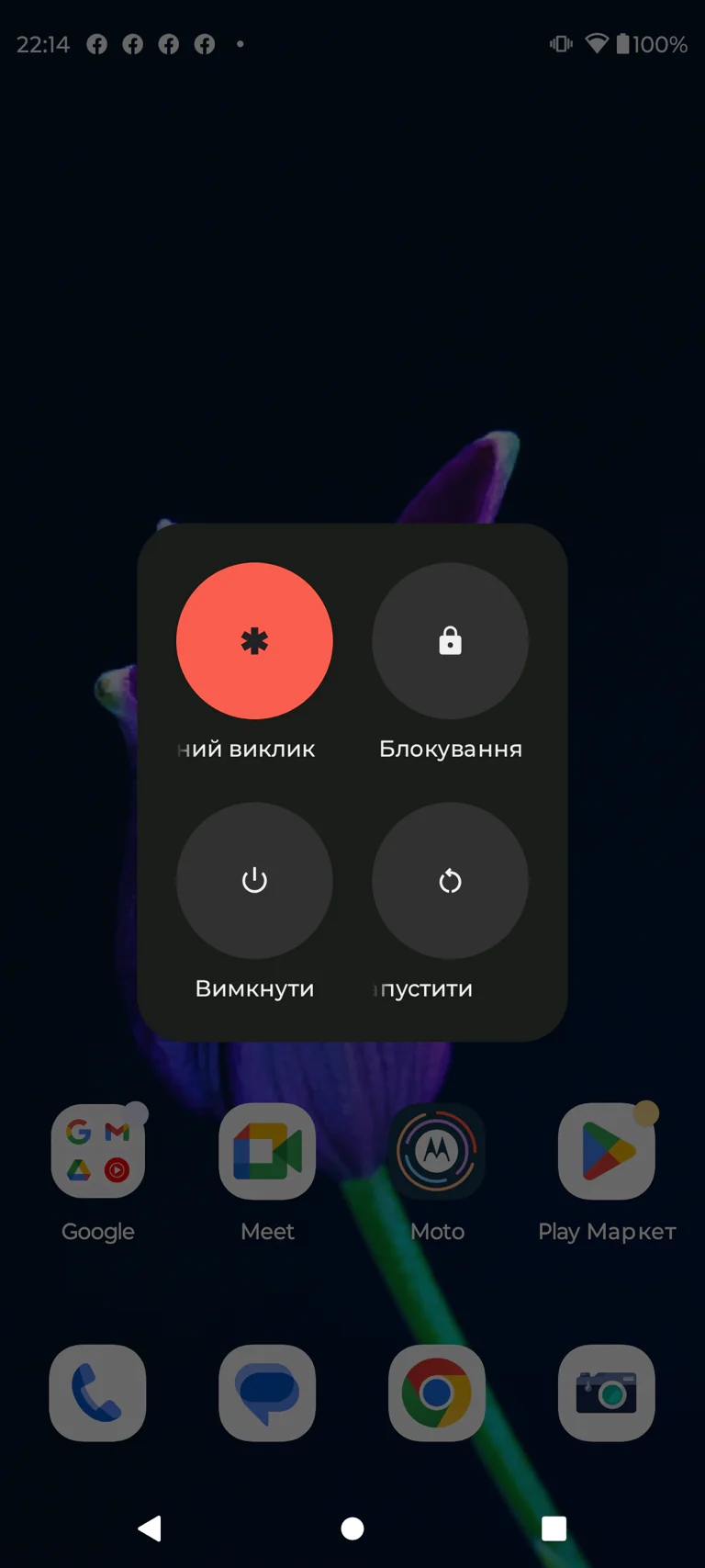
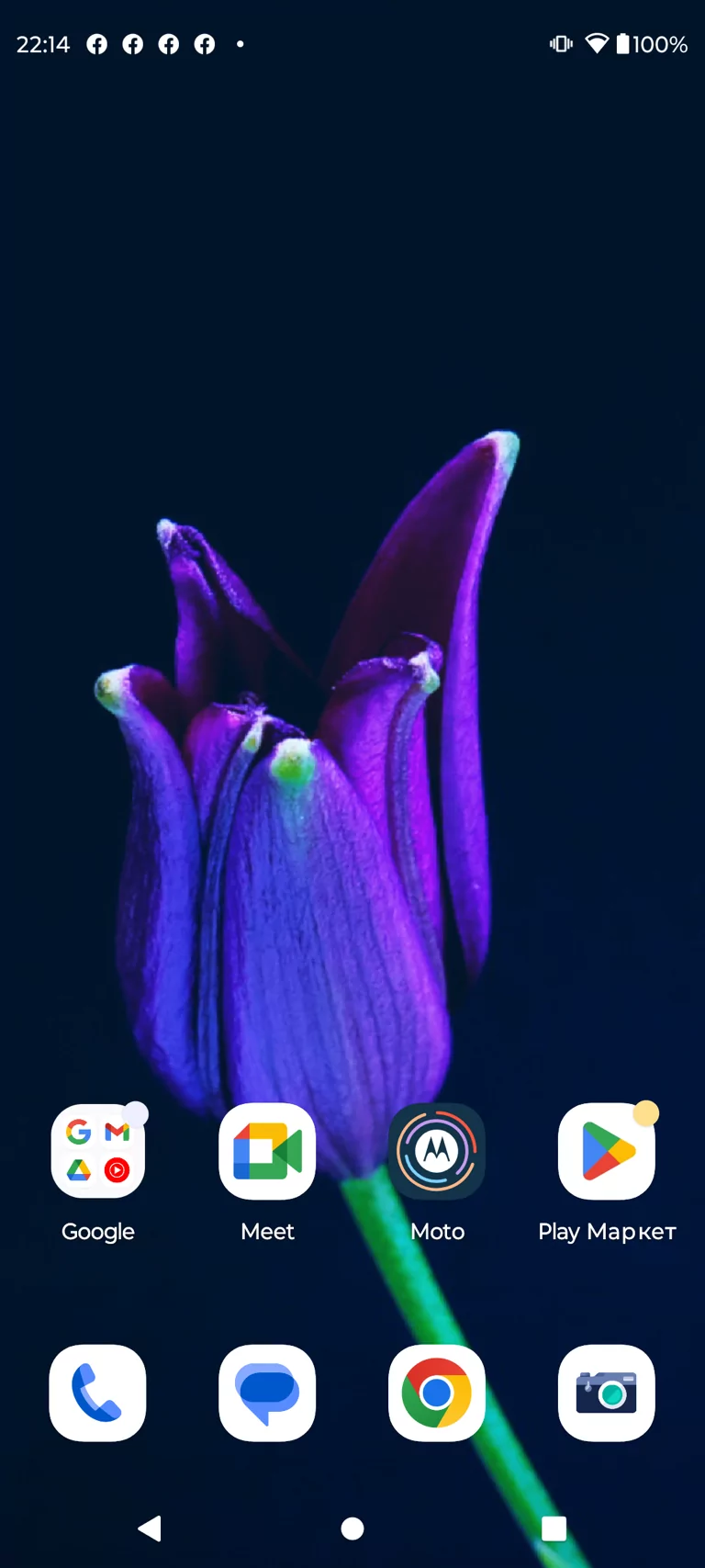
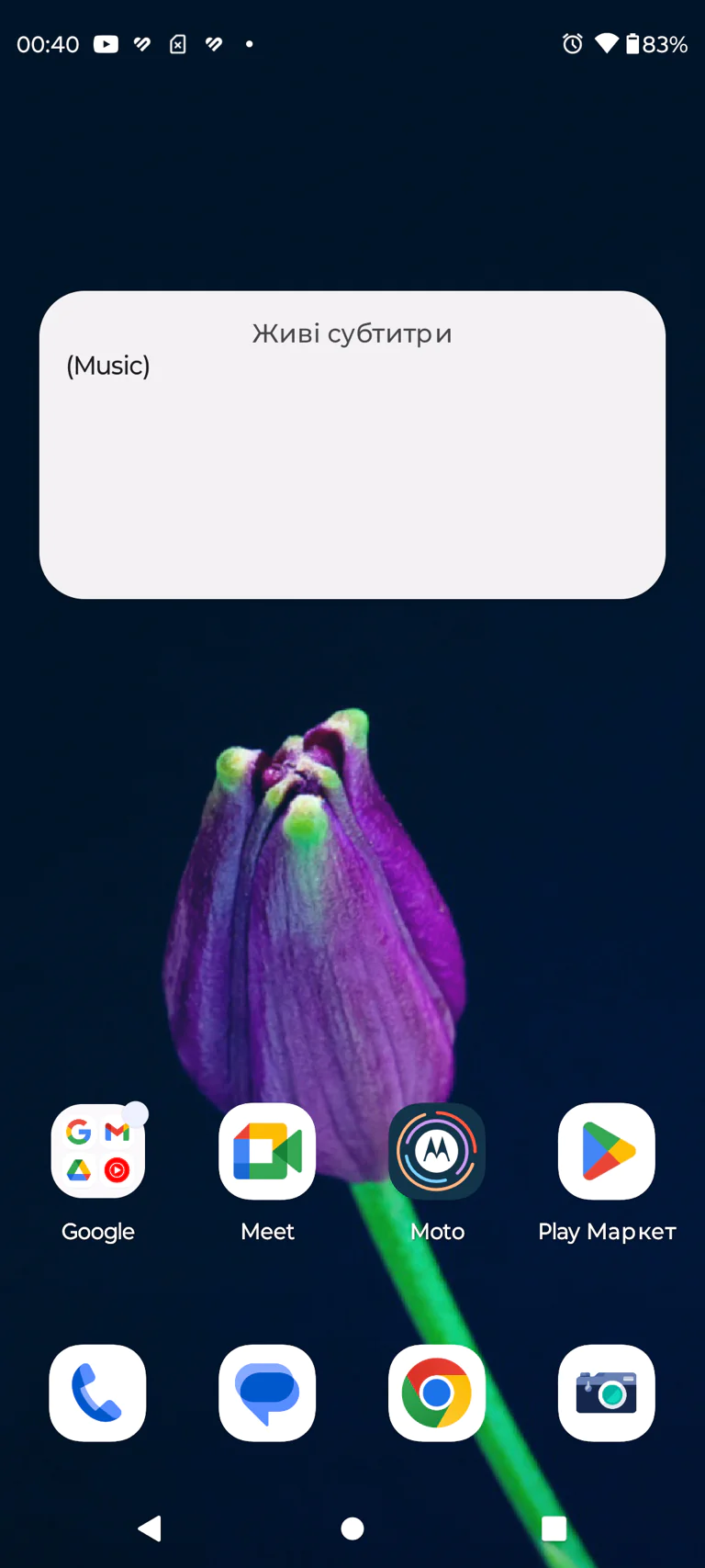
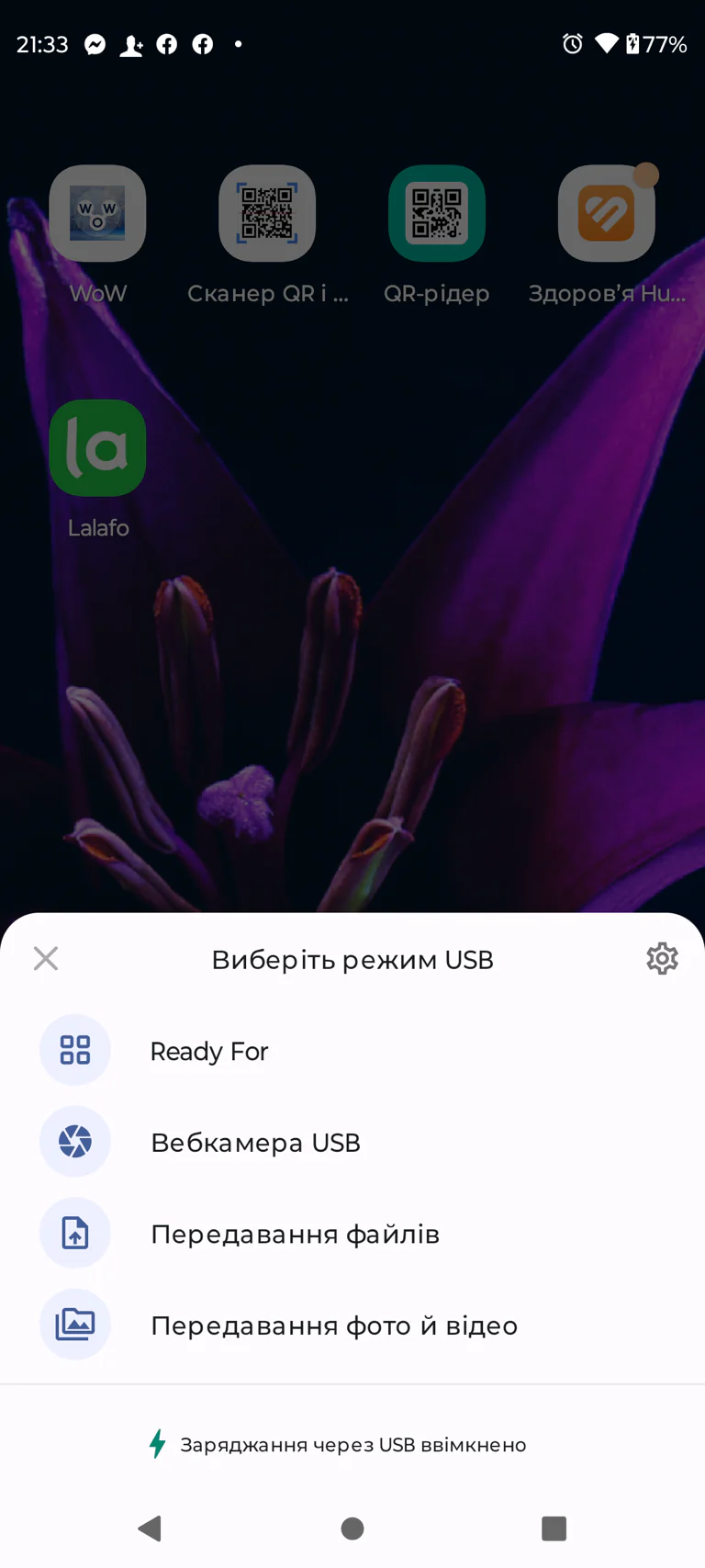
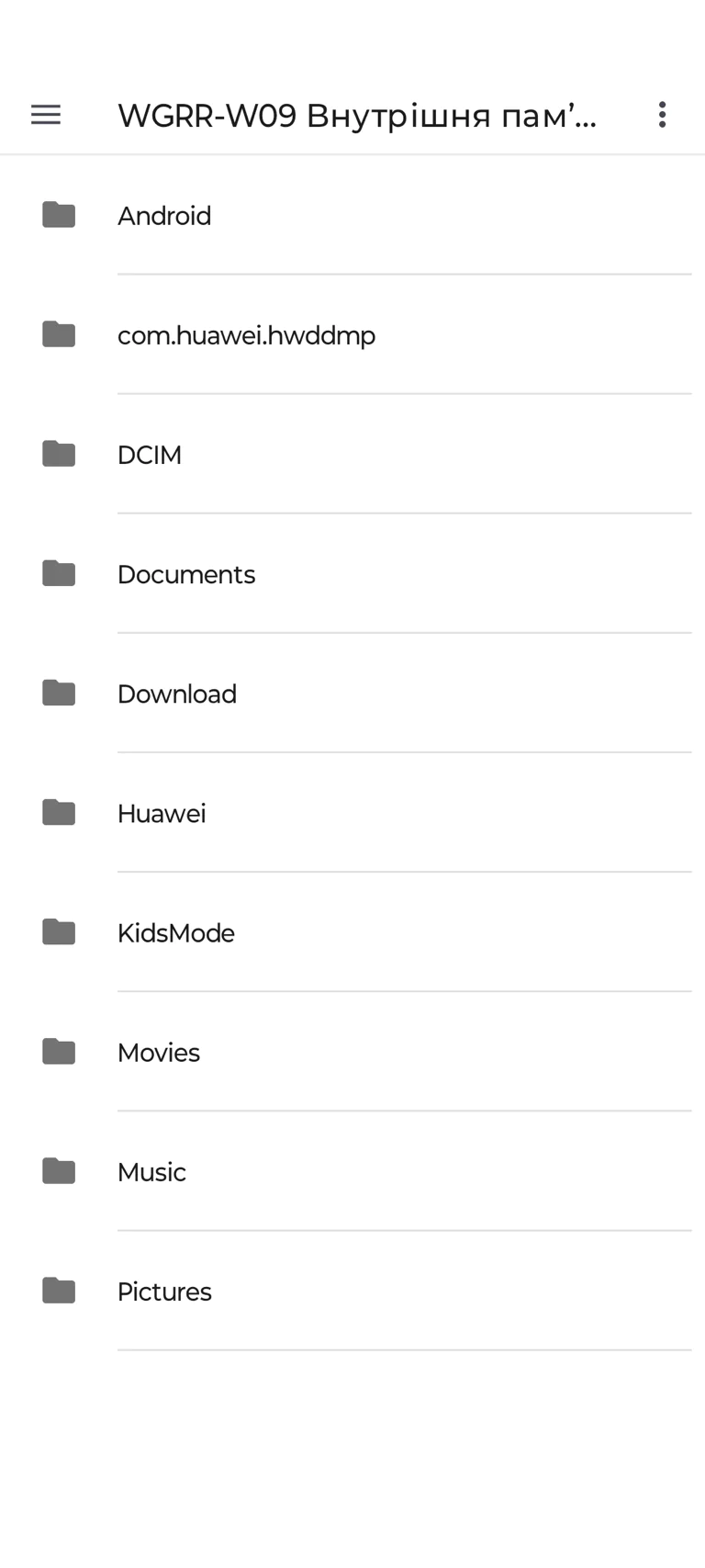
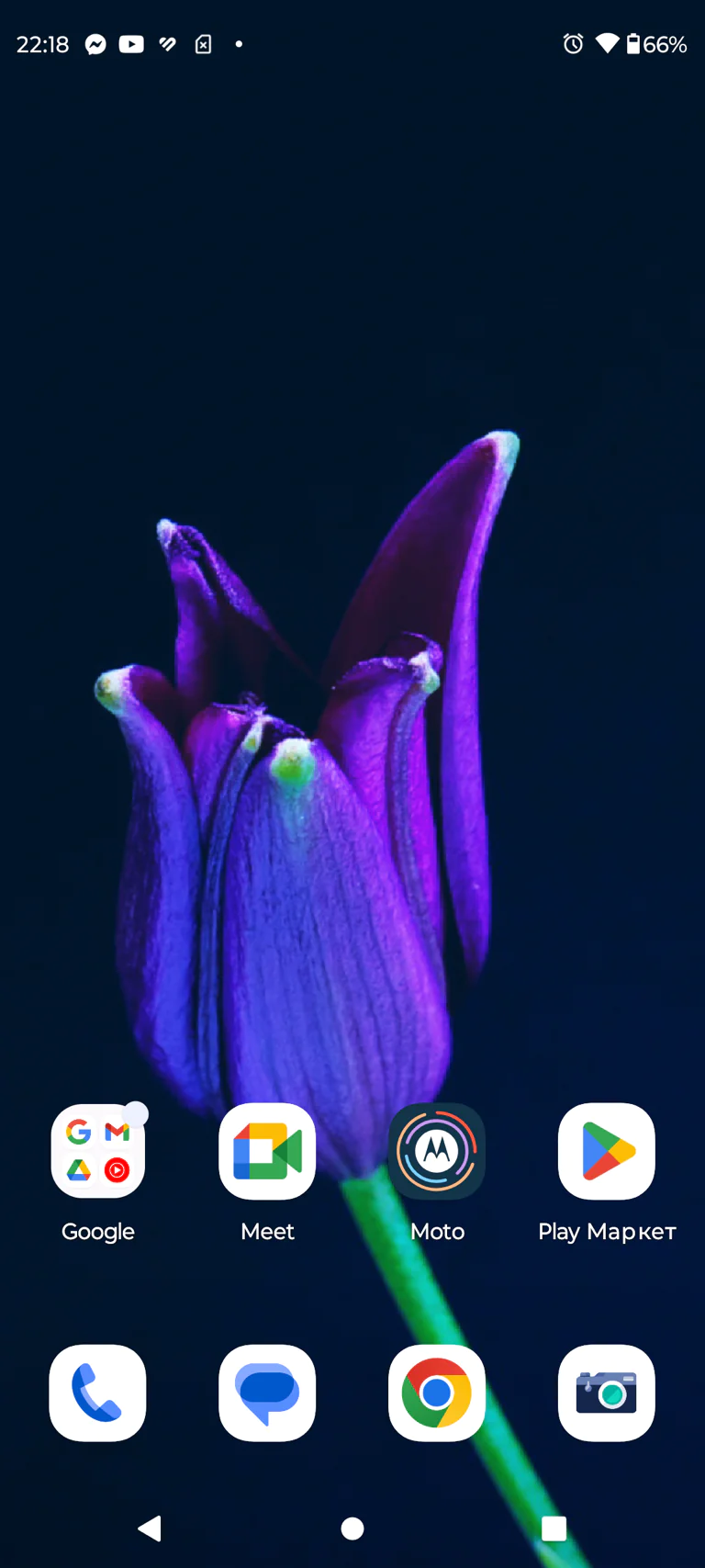
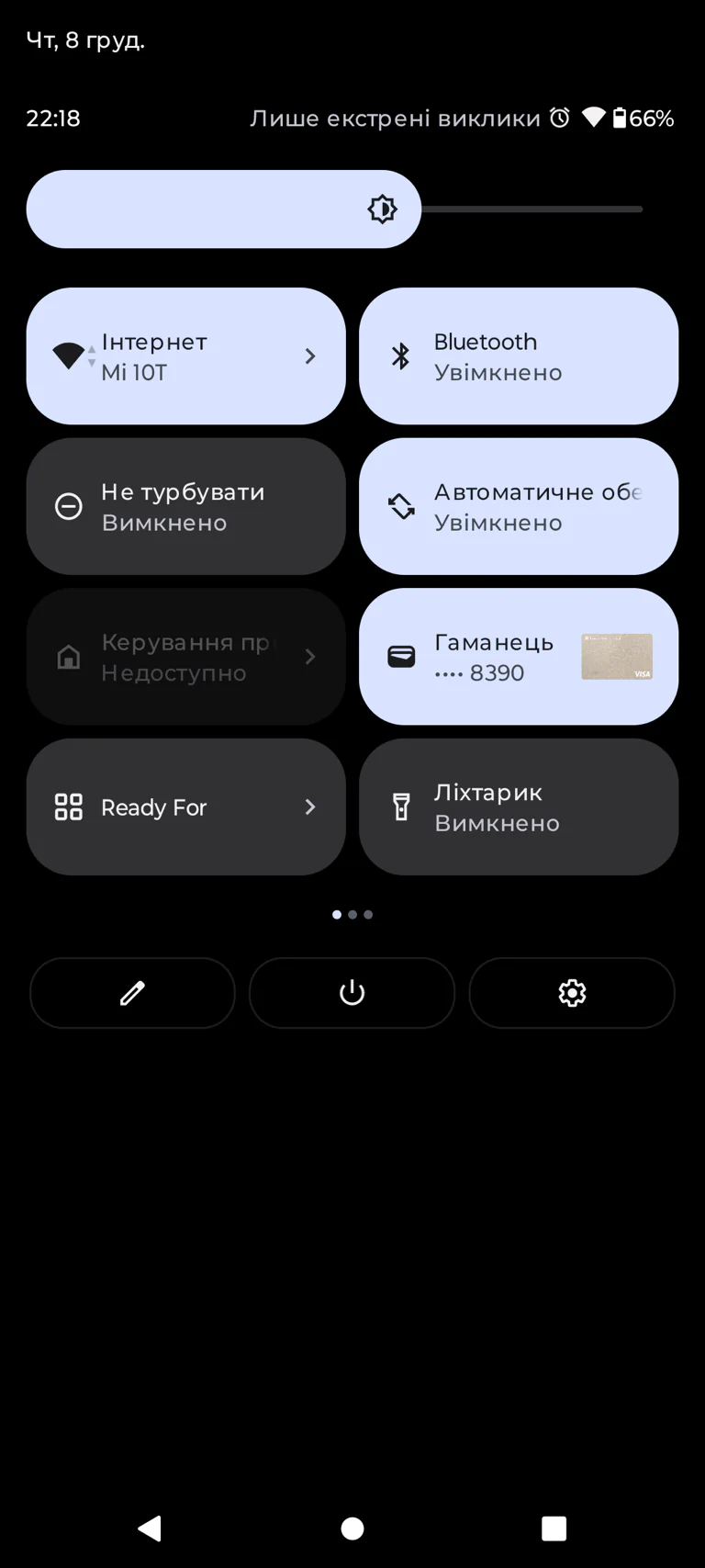

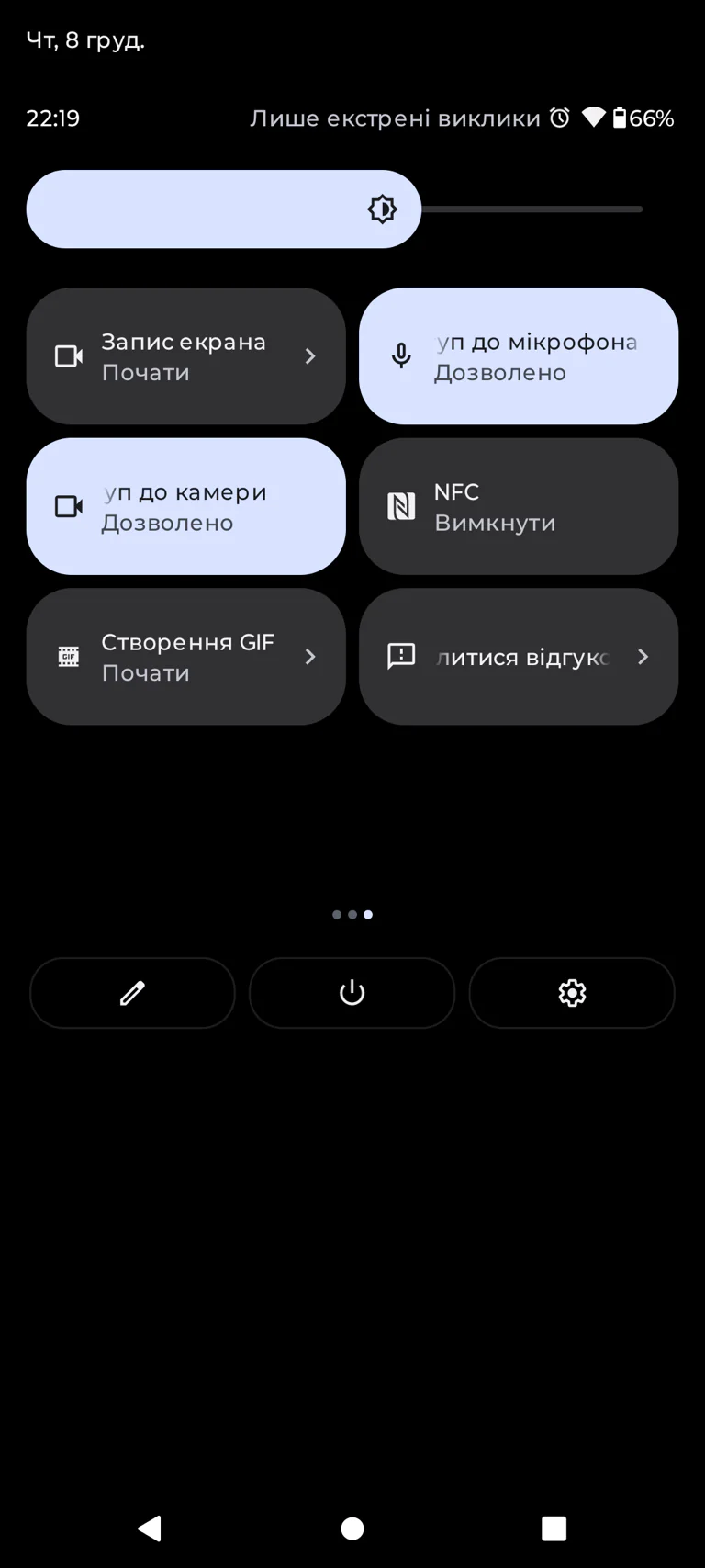
















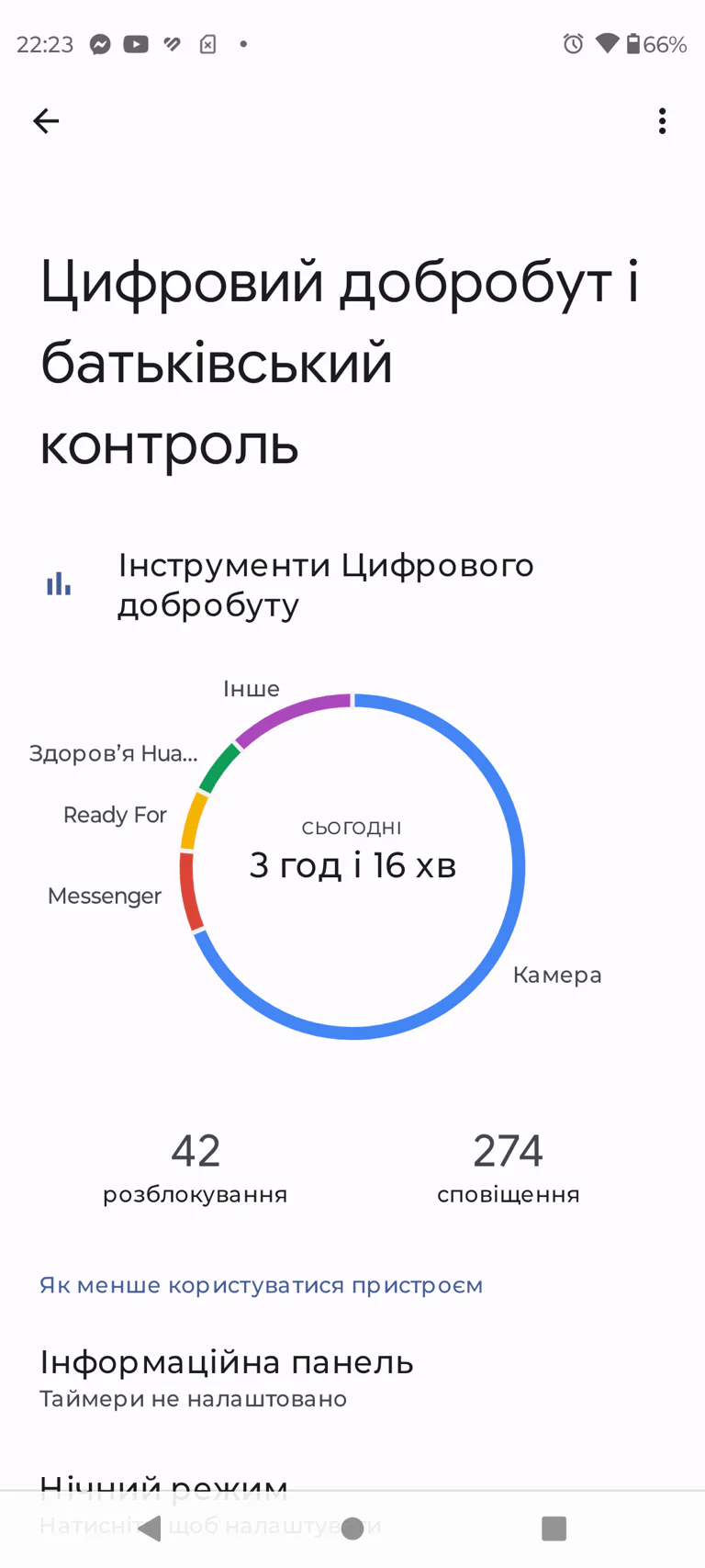


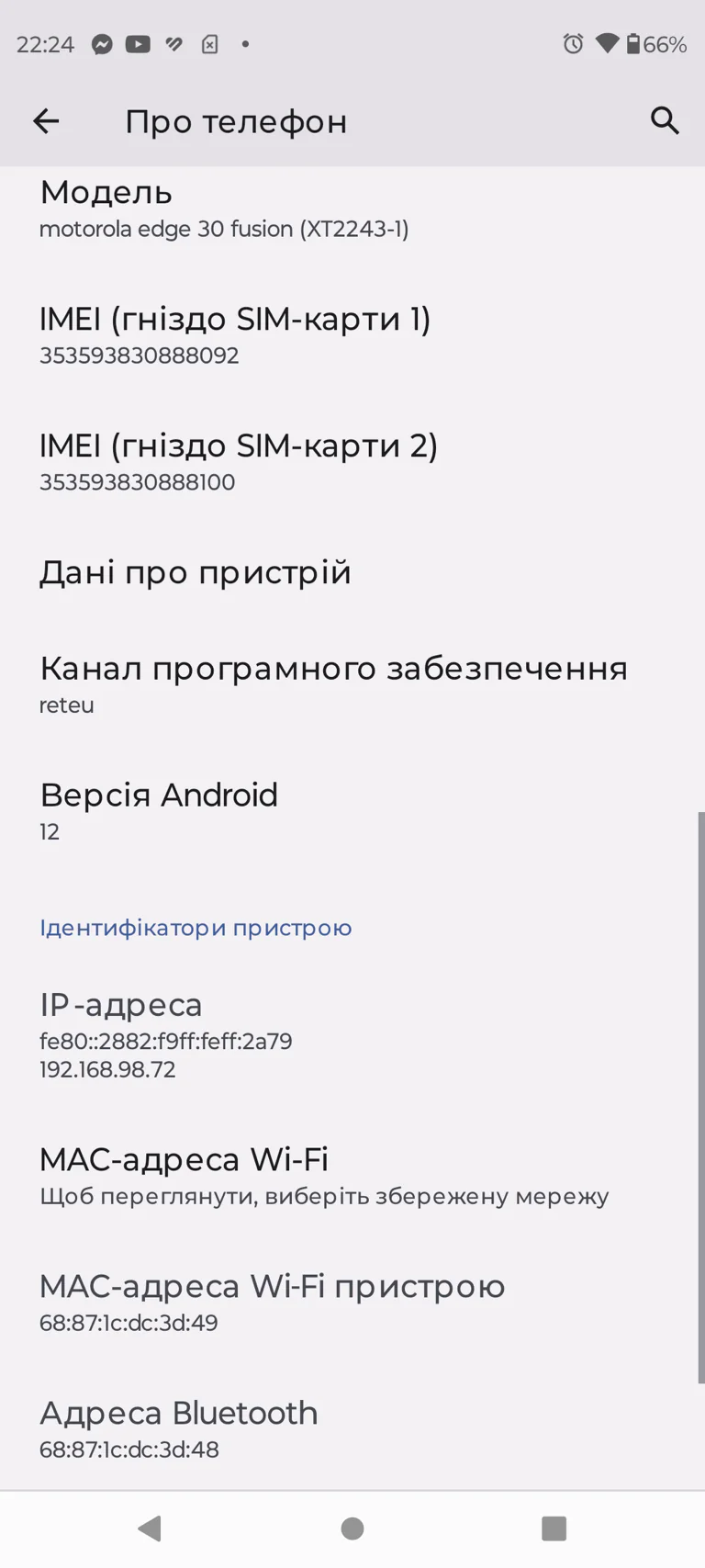

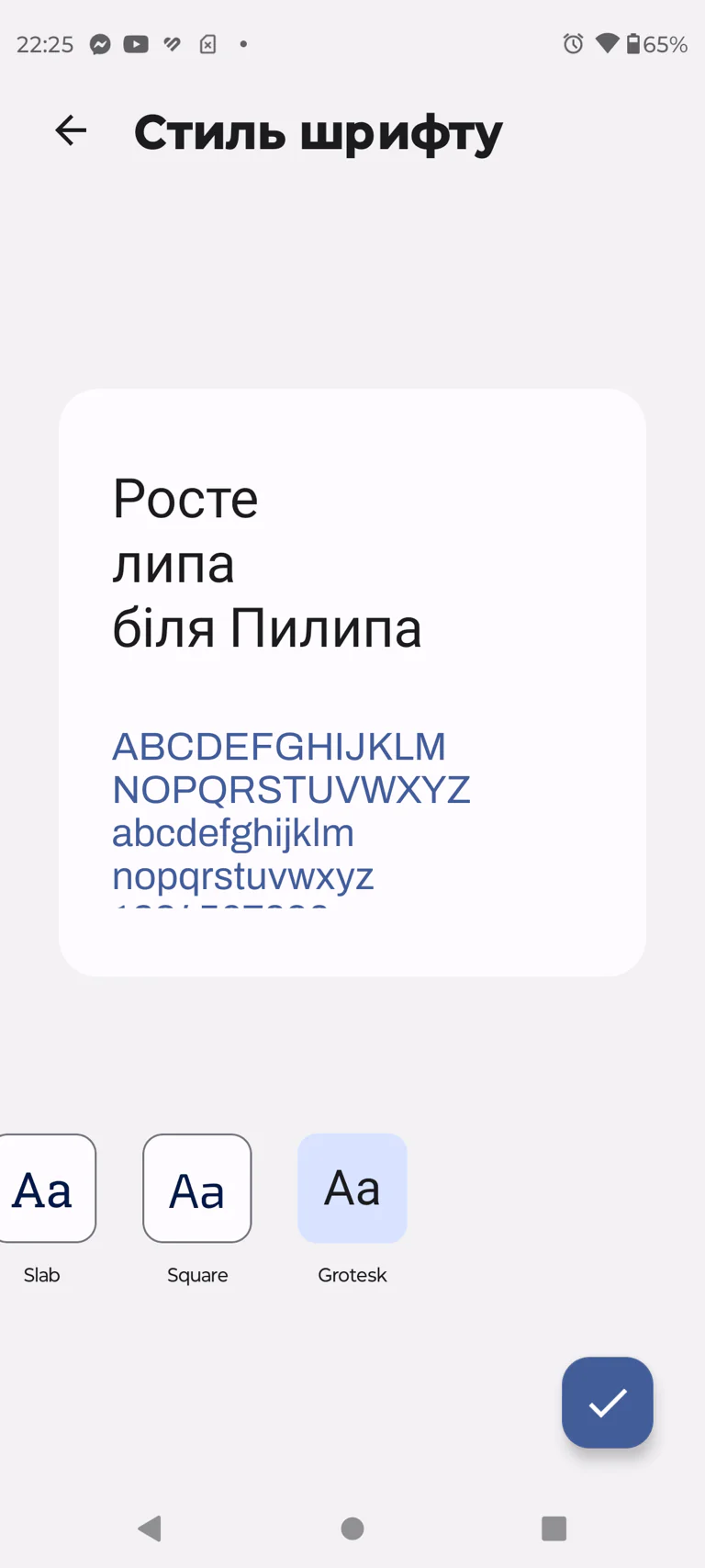
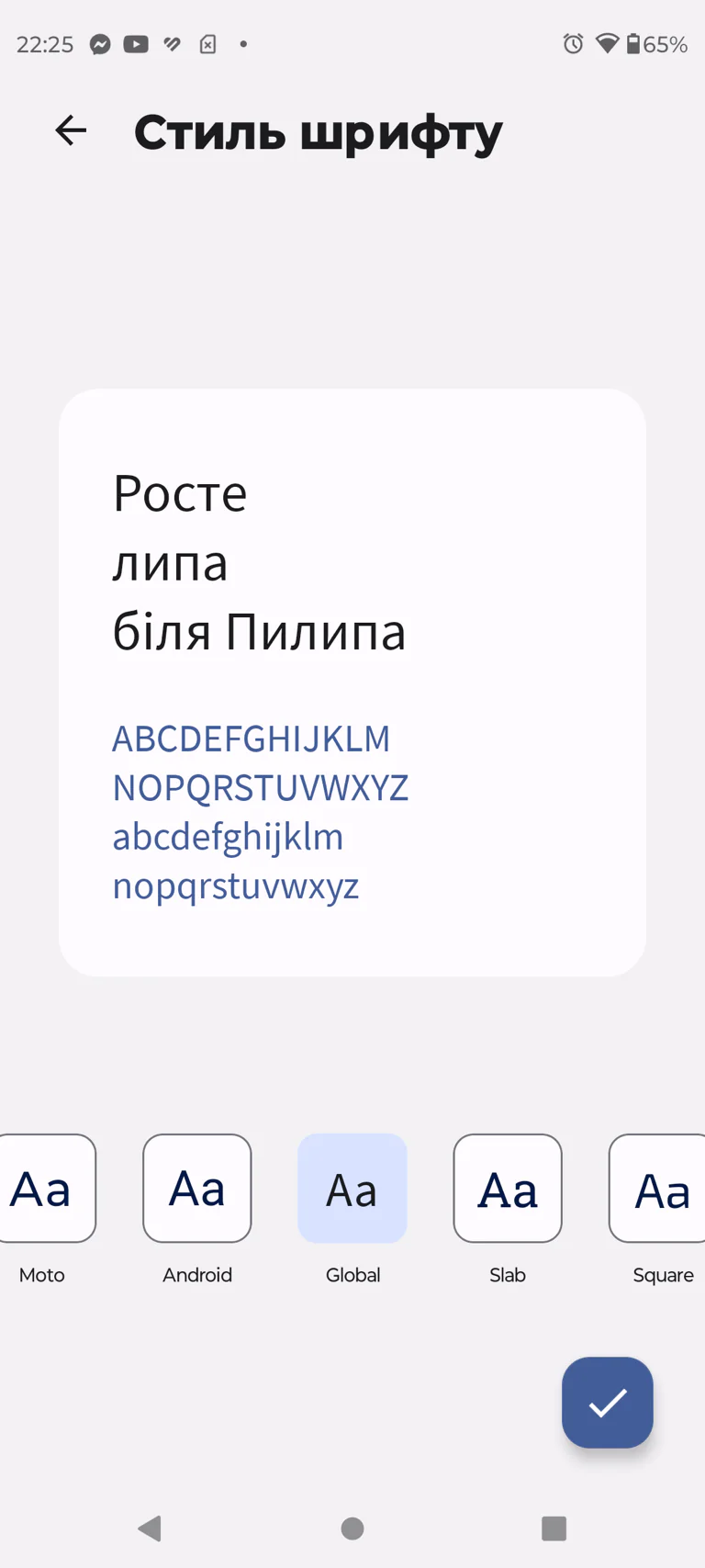
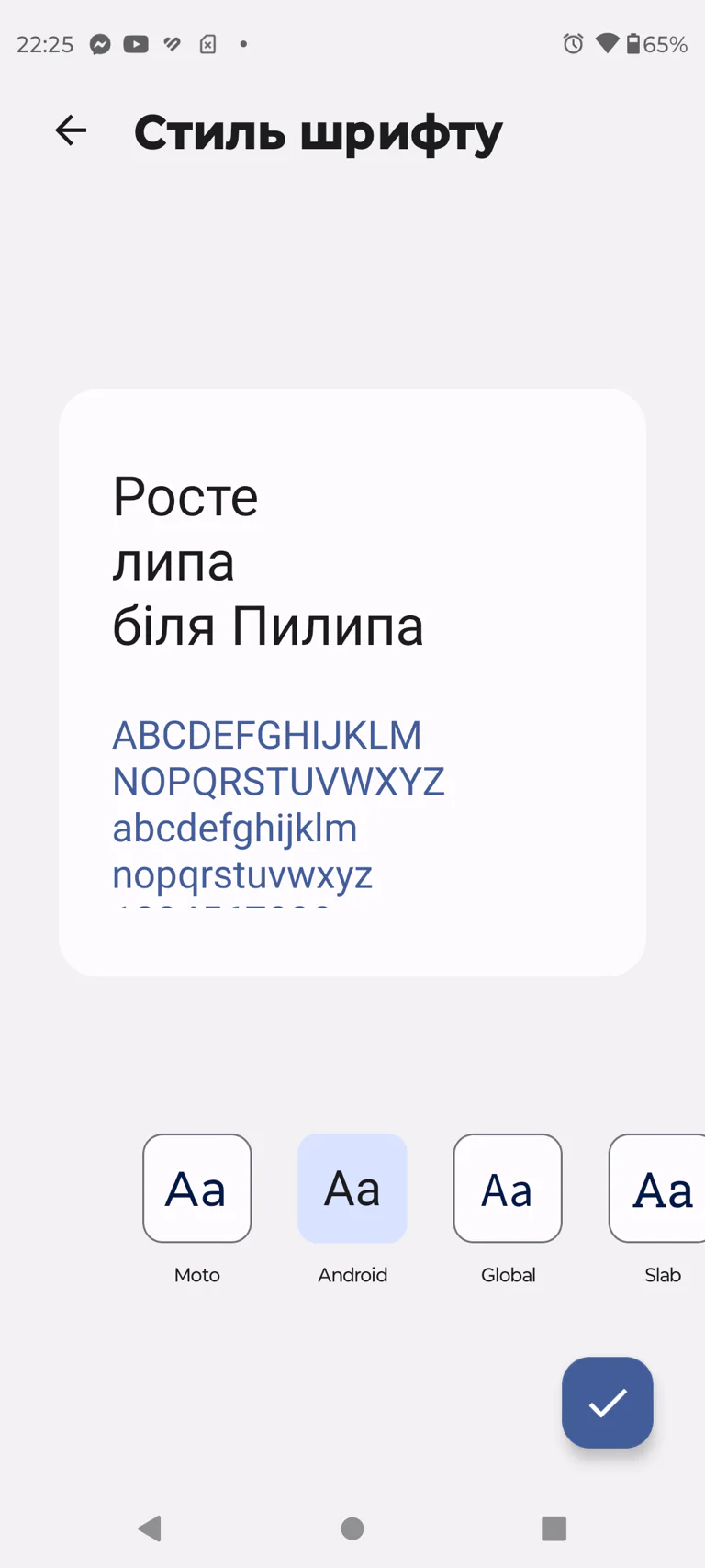

























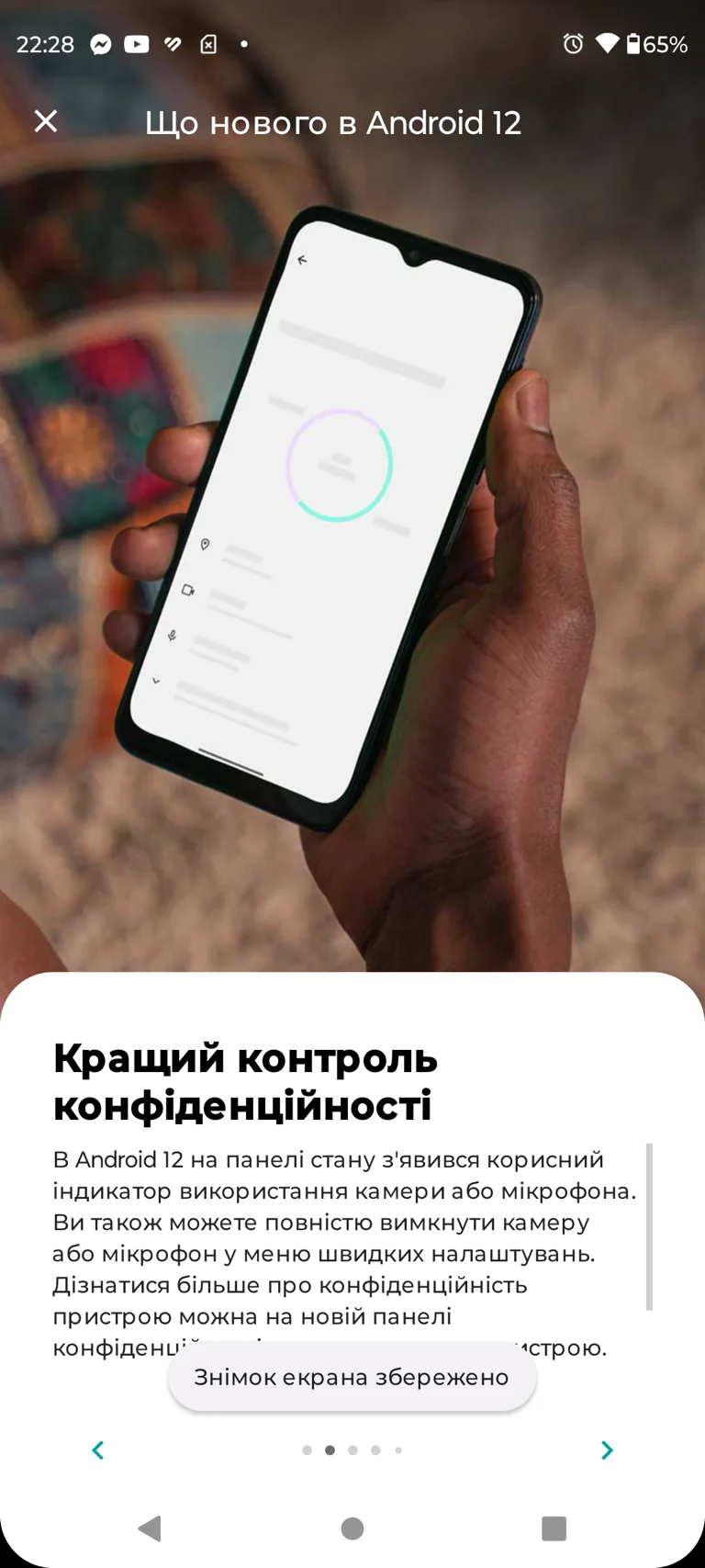
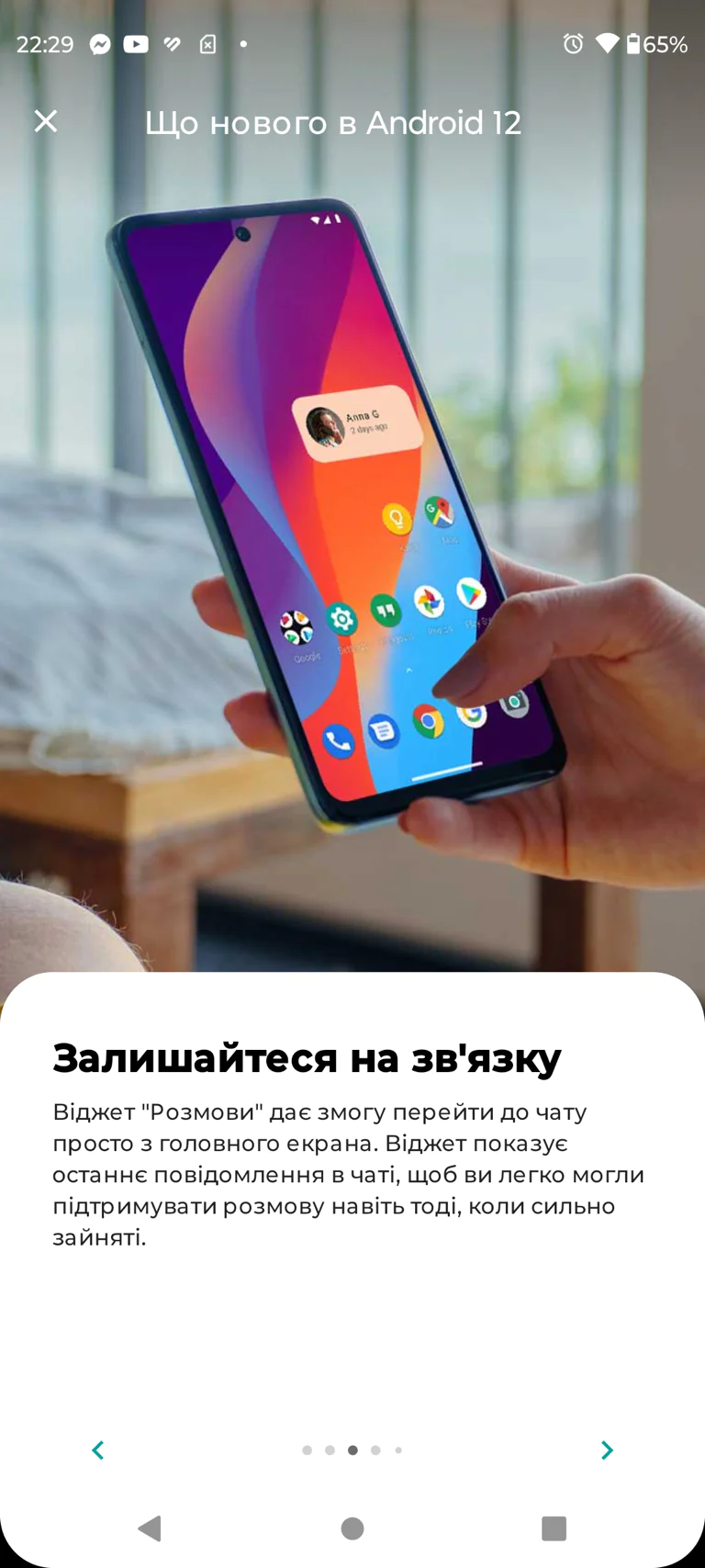








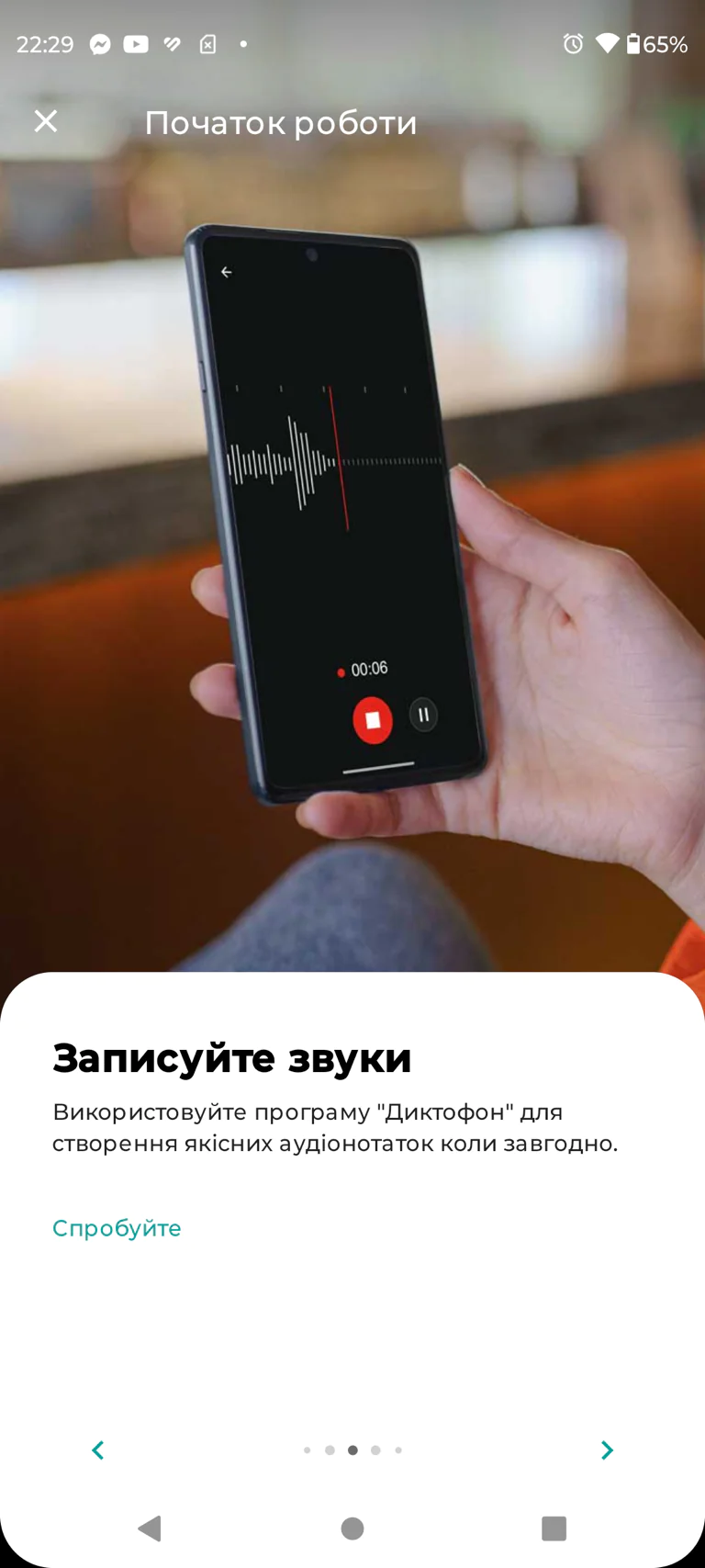















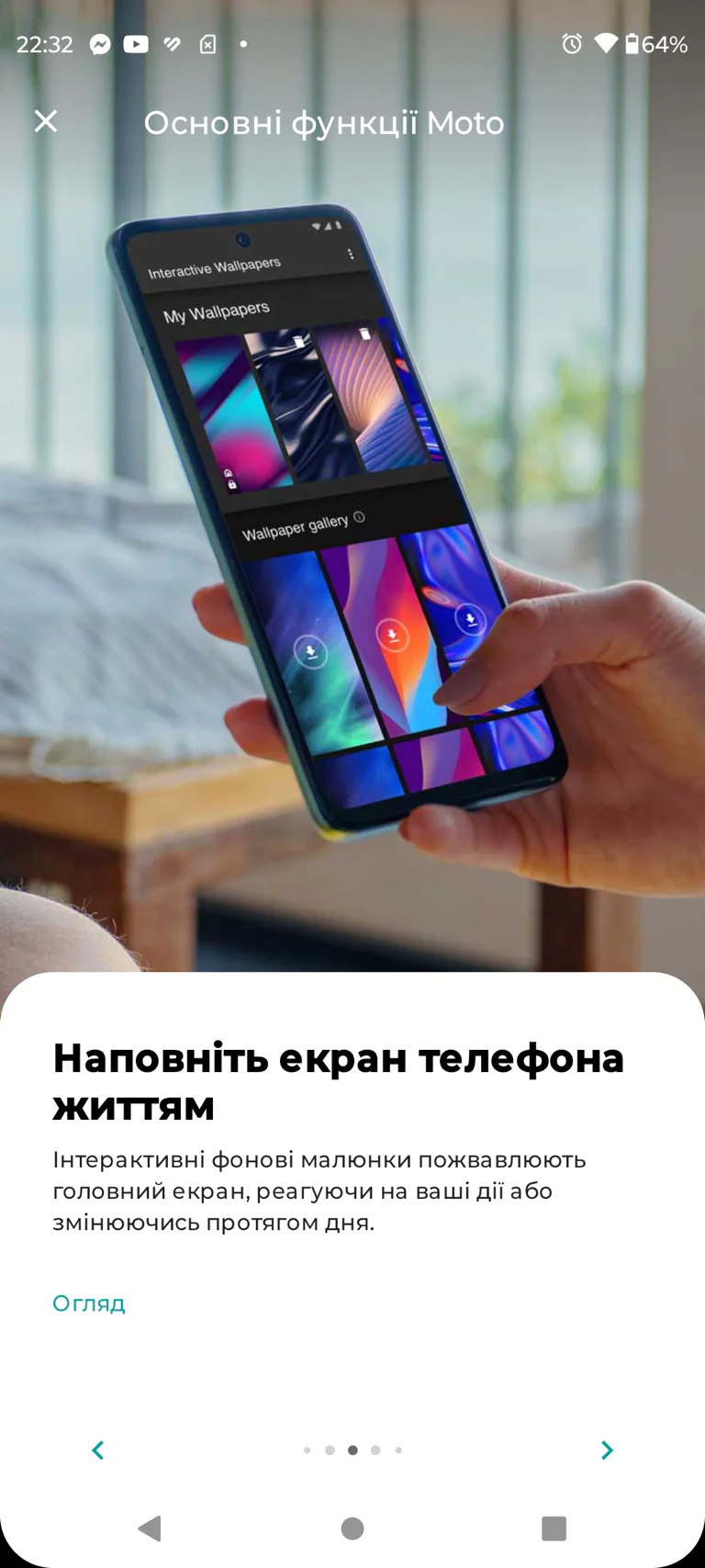
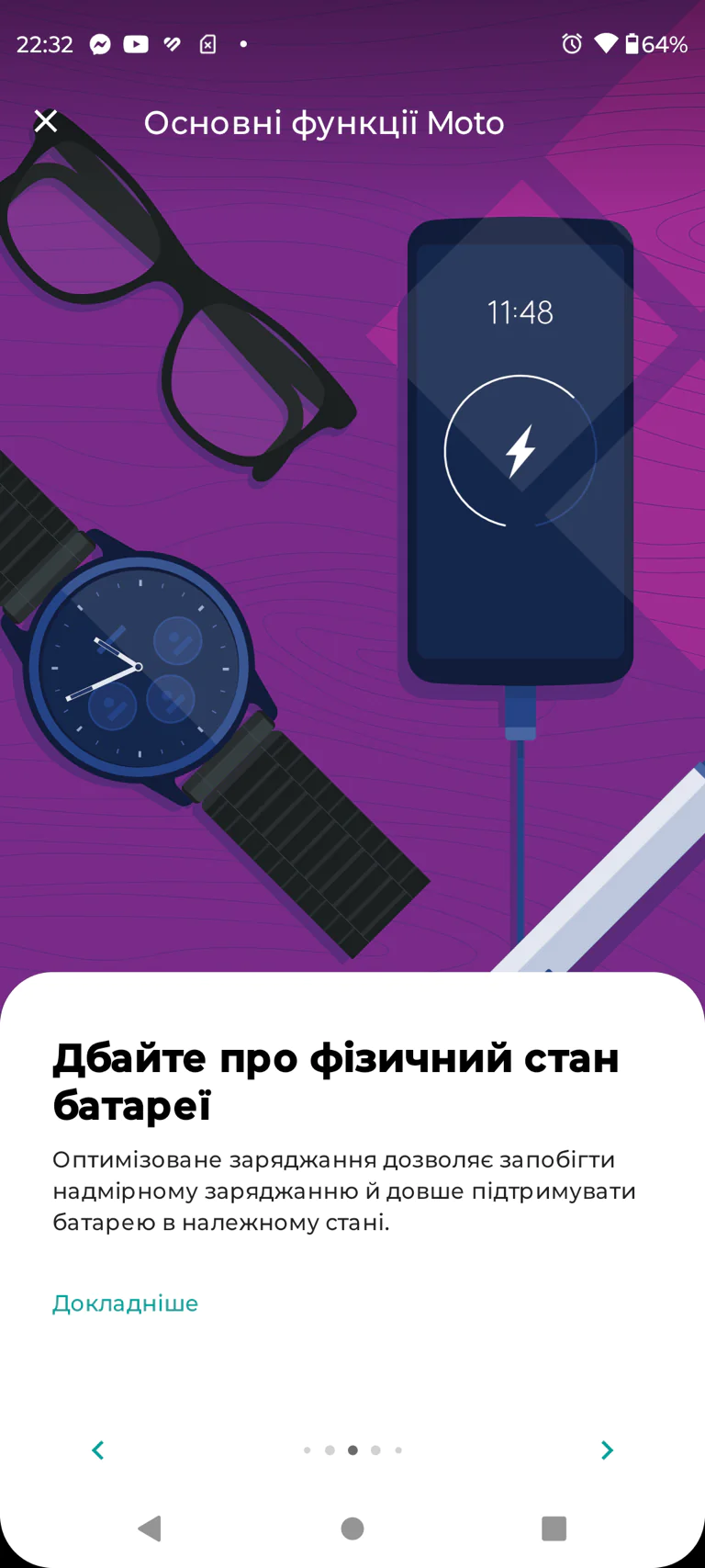













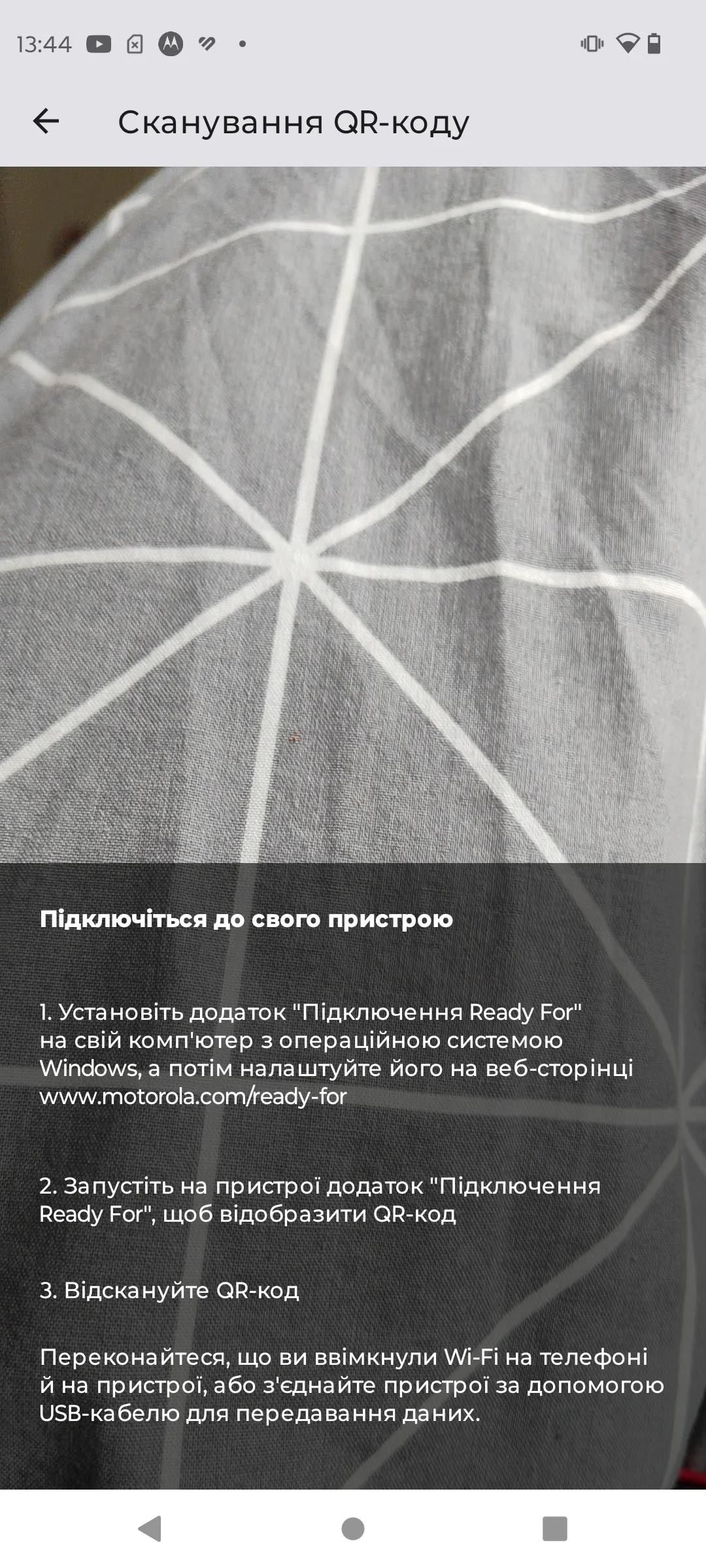








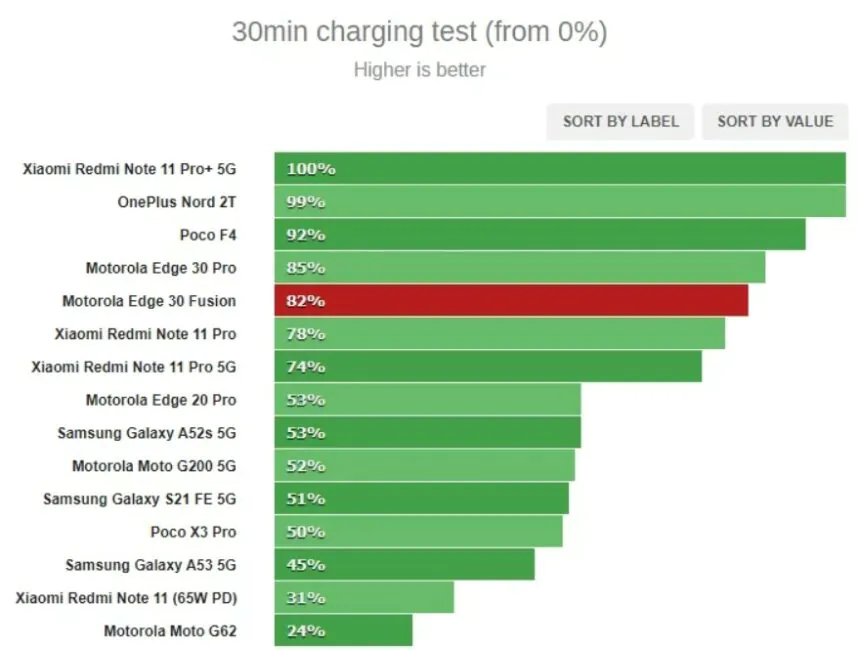
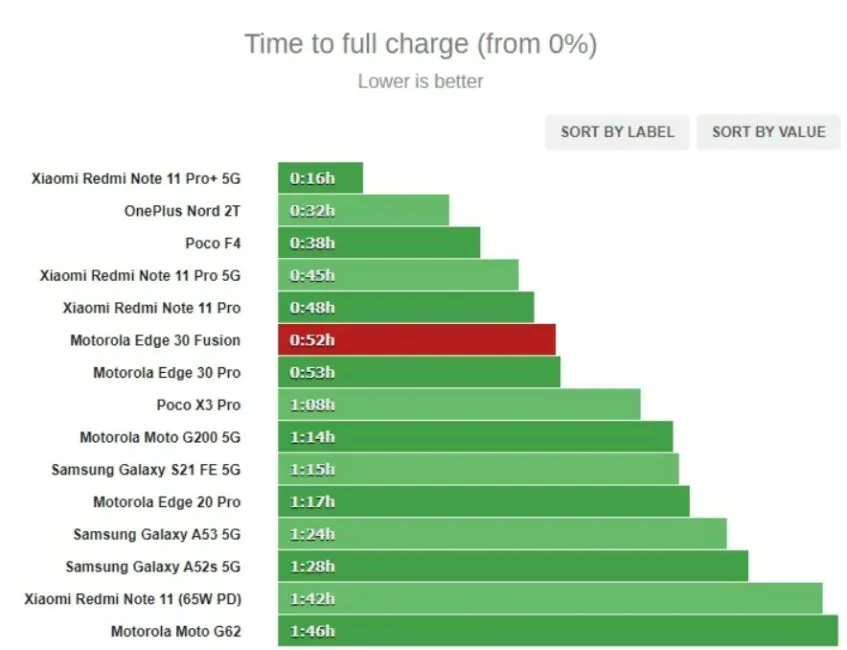
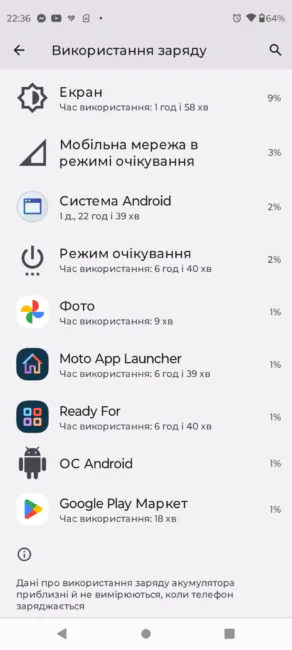





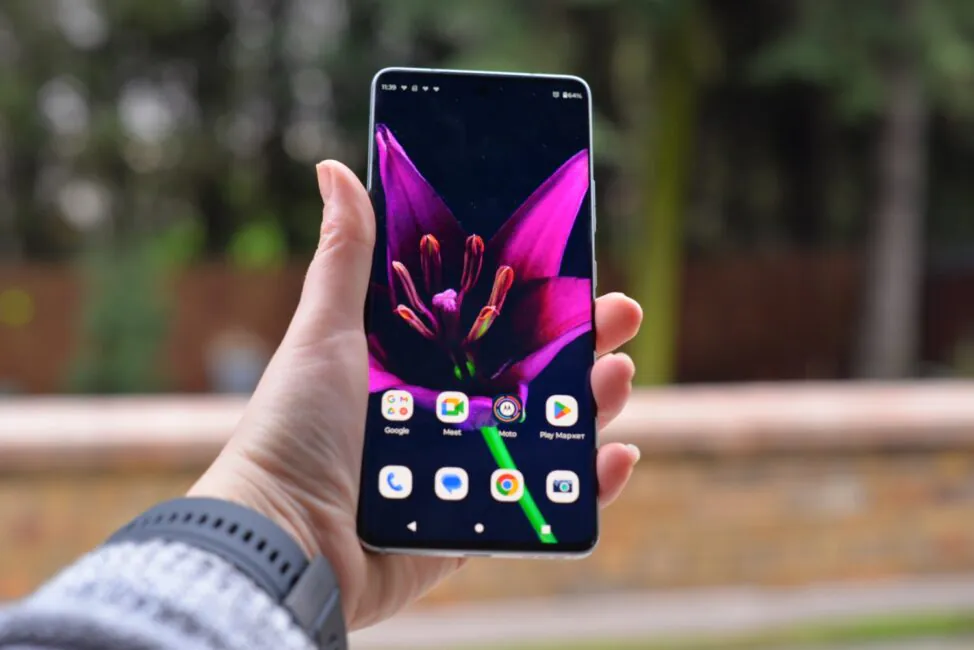
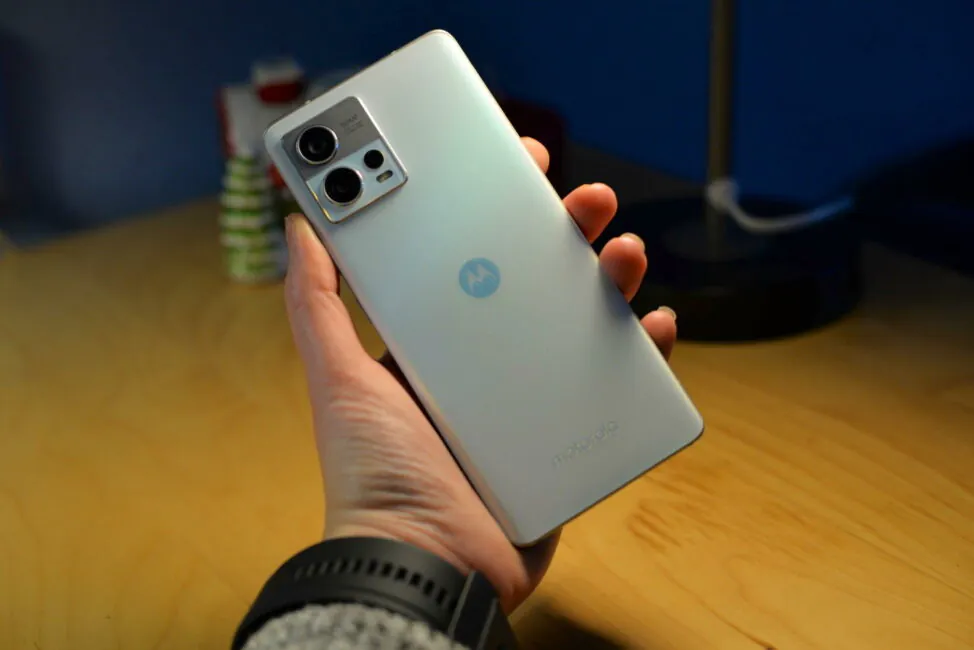
I just bought the Motorola Edge 30 Fusion. I would add, in the final pros and cons list, the following:
Pros
Cons
For about 5 years now, I don’t see the point of a 3.5mm jack in modern smartphones. Switch to wireless solutions, no more hassling with wires.
Here are many reviews of completely wireless headphones and headsets:
https://root-nation.com/en/tag/true-wireless-stereo-en/
What a stupid answer. I’ll tell you the point or even quite a few, wired headphones are cheaper, I don’t need to worry about their battery, I don’t need to worry about losing the signal and also, I’m saving the battery on my phone with bluetooth turned off.
Believe me, you are very mistaken when you think that you are saving a lot of phone battery power by turning off Bluetooth.
But if you think you’re smart, buy yourself an inexpensive adapter and enjoy. I can recommend this one: https://ali.ski/OtVlj
I own one and am very pleased with it.